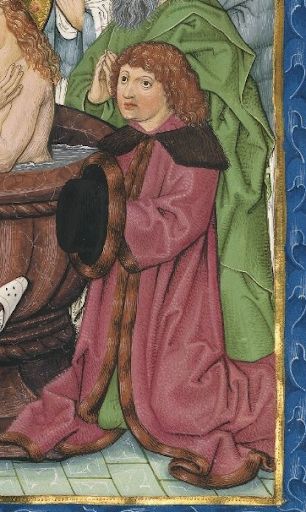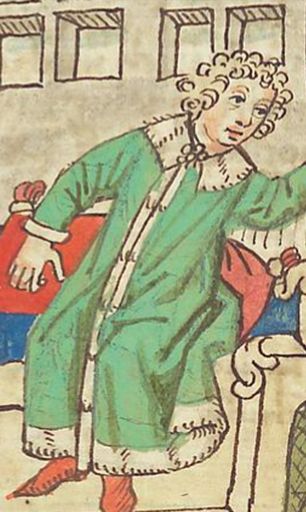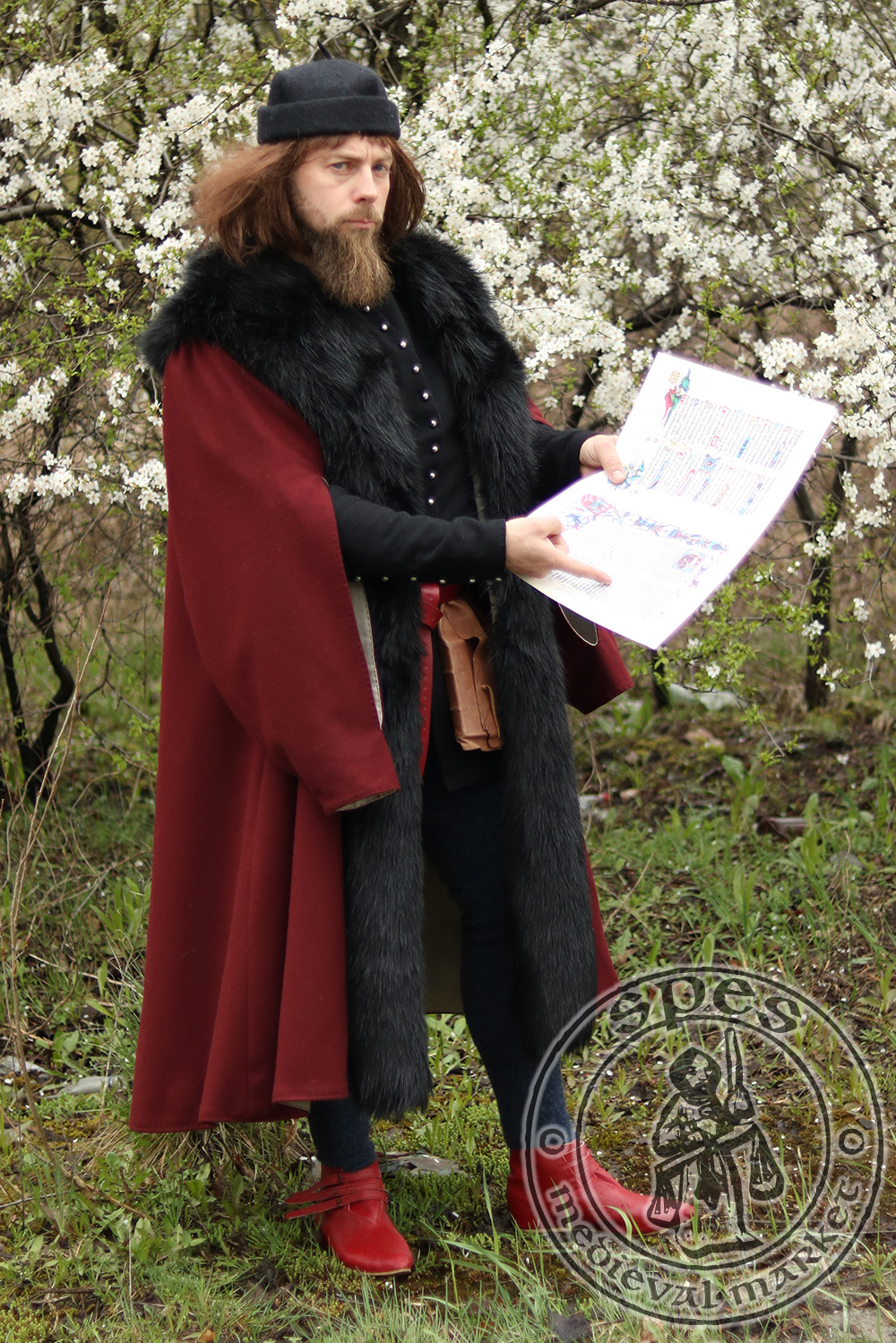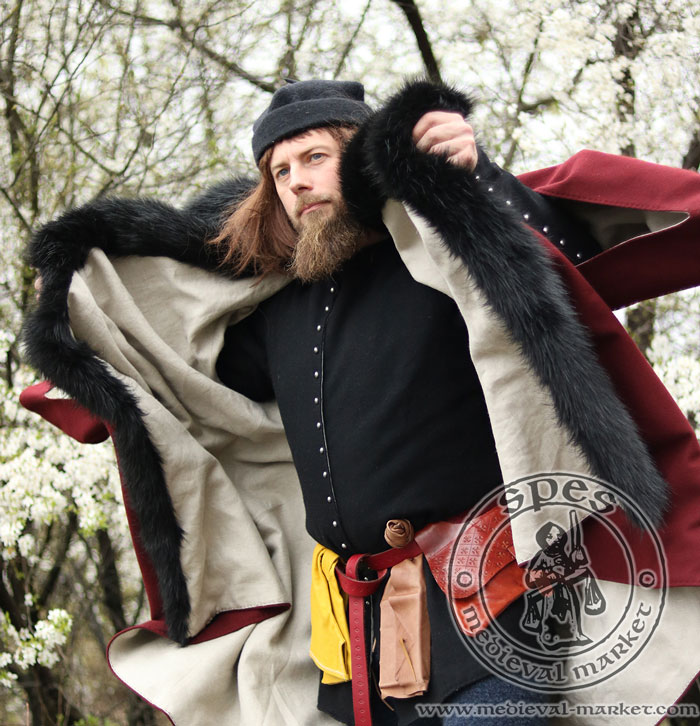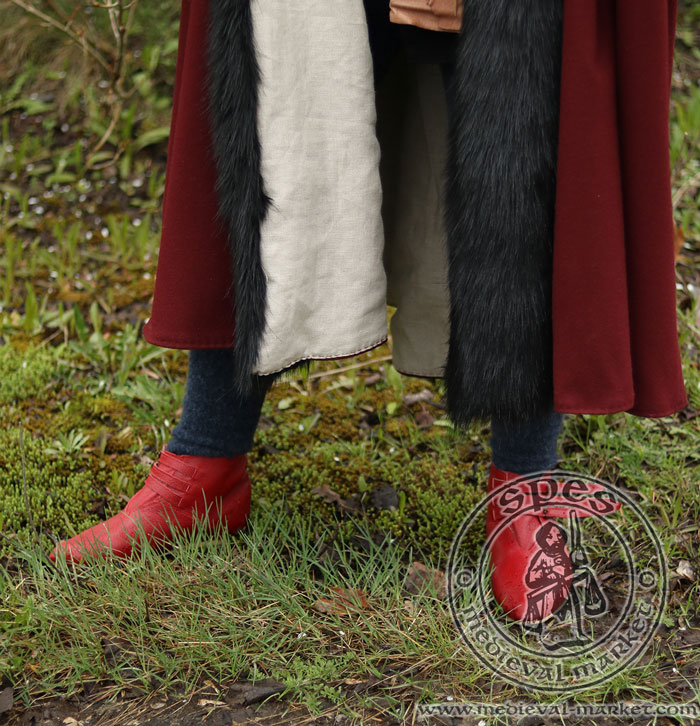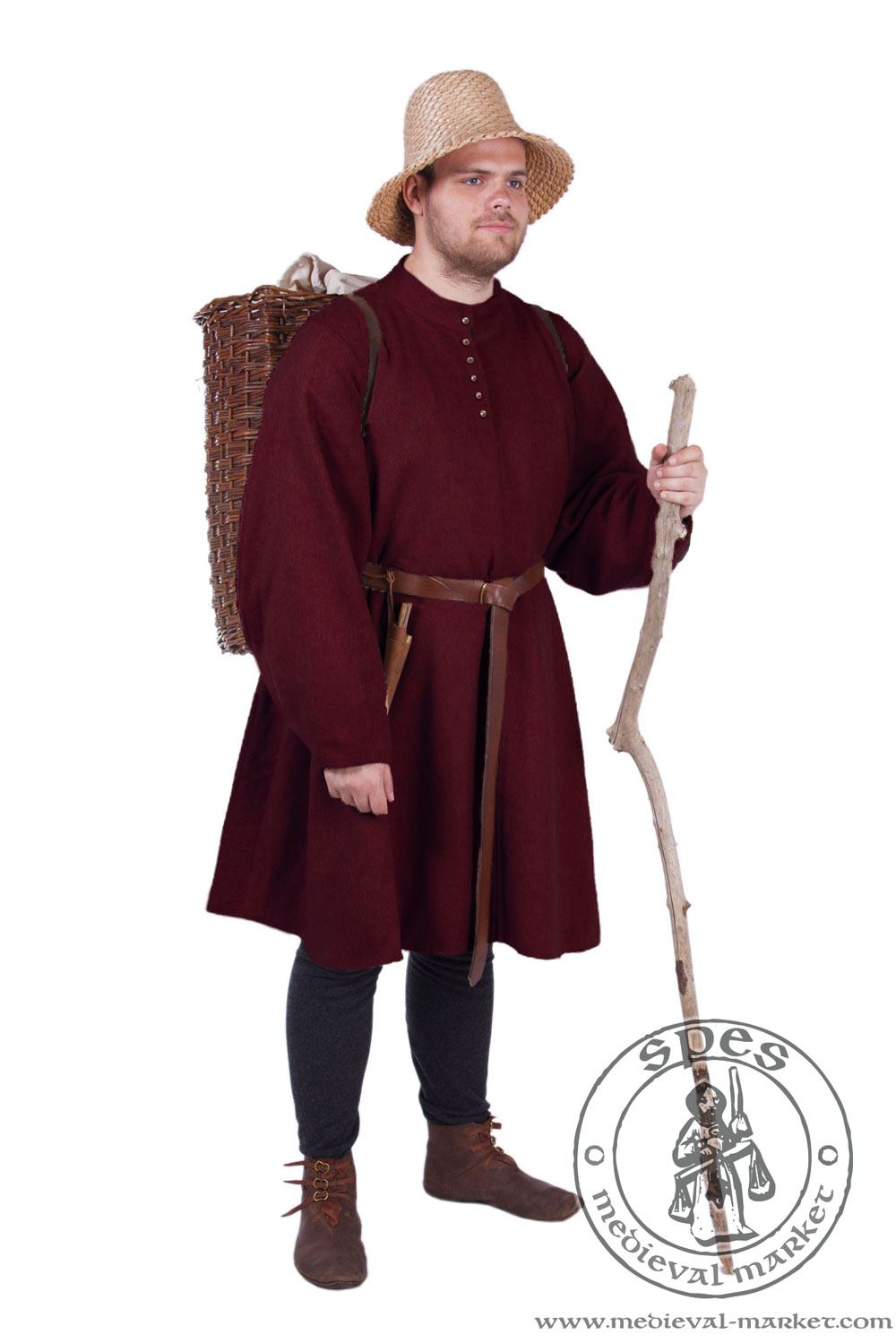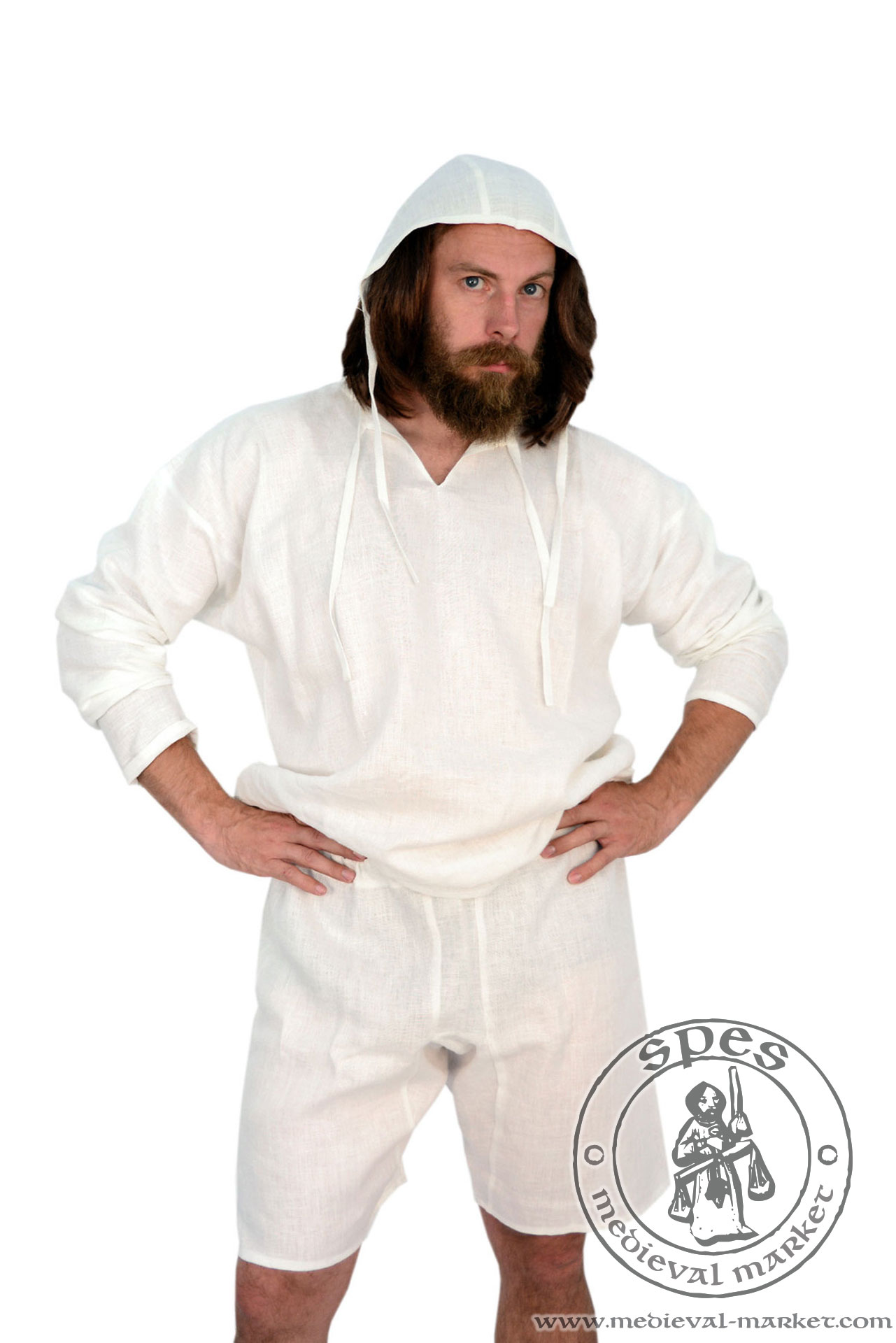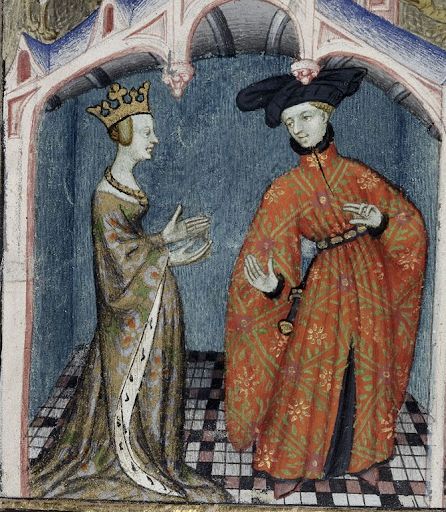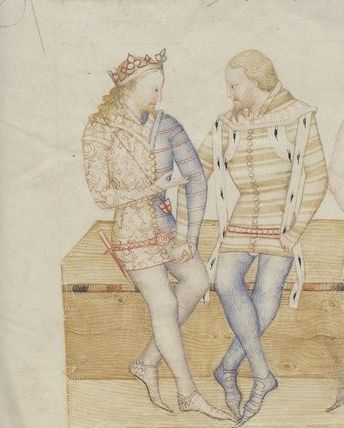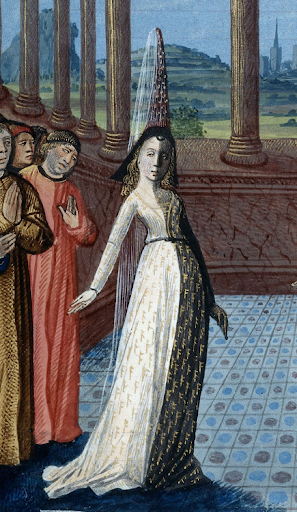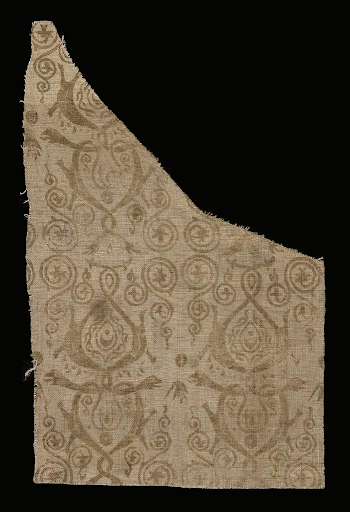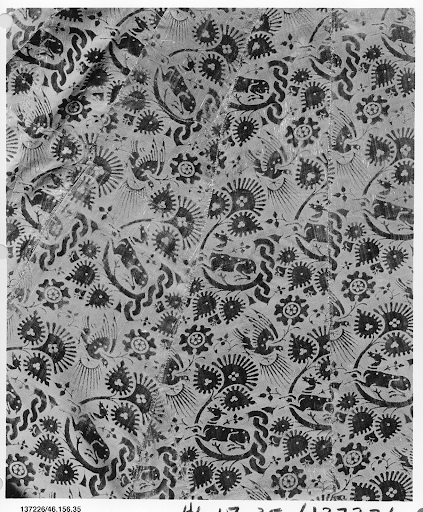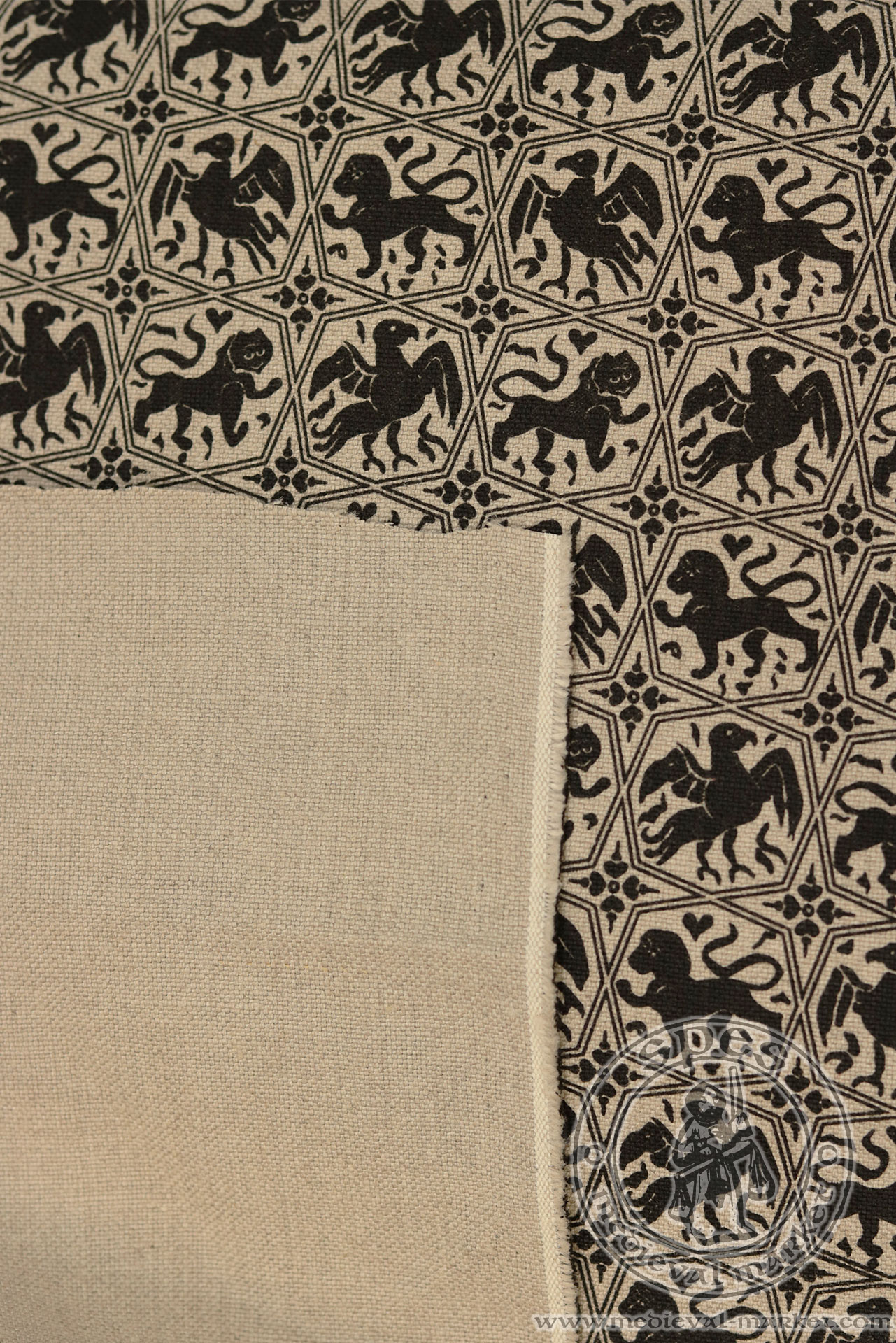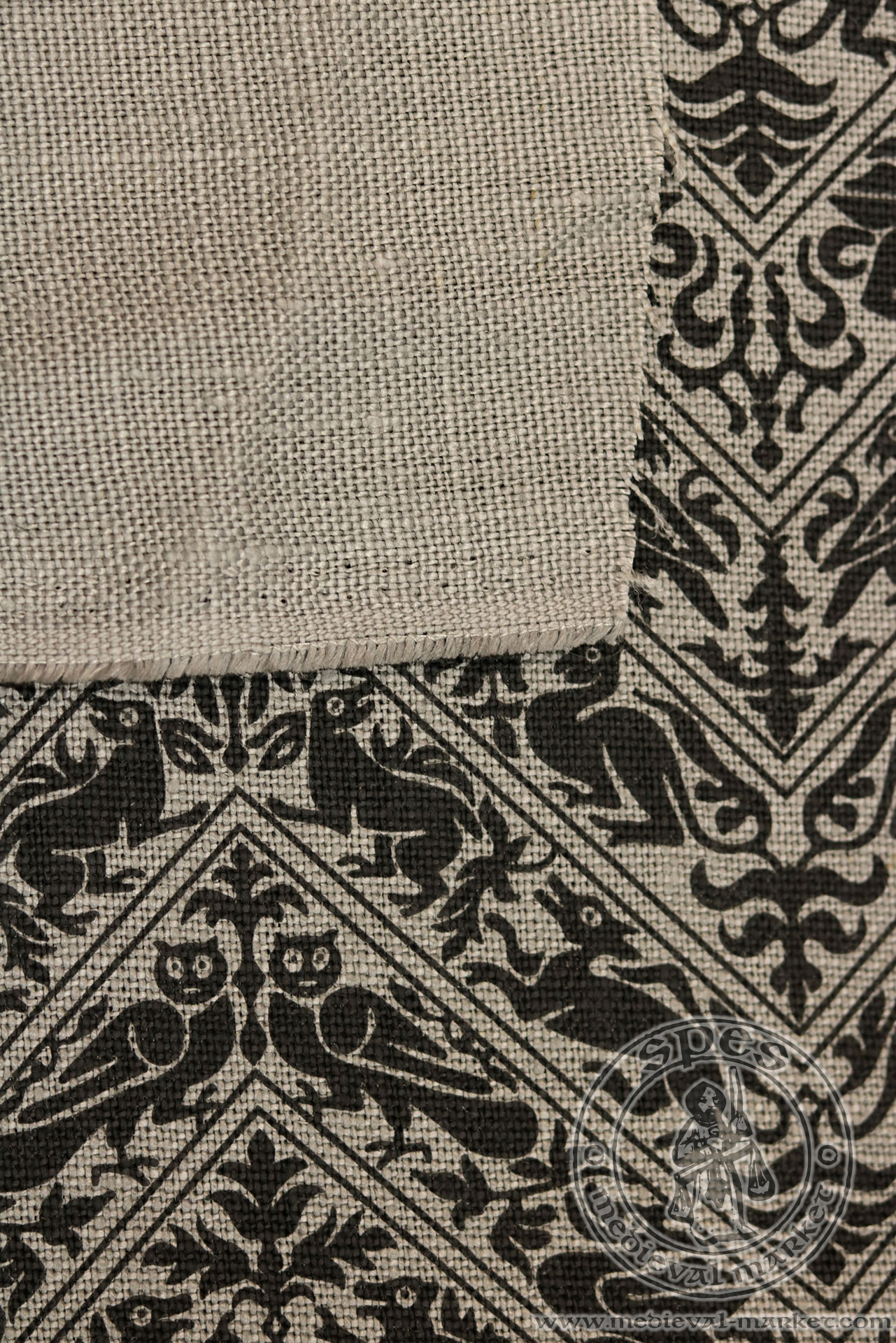If you wish to adjust your cookie preferences for this website, you can do so using your browser settings.



Blog
2023 is the year of Copernicus. What does it mean?
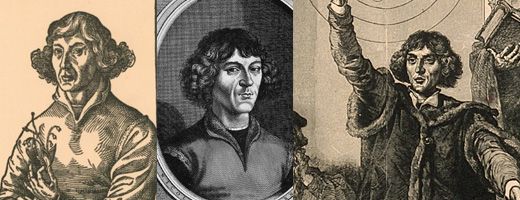

It's already 20 years since the Polish Parliament distinguishes the most important historical figures for our country as annual patrons. 2023 is the year of the one who stopped the Sun and moved the Earth. And he's even more important for us as Nicolaus Copernicus is strongly connected with our city, Torun, where he was born.
Who was Nicolaus Copernicus?

Copernicus was born on February 19, 1473, in Torun. He was a member of a merchant family. In the following years he received a solid, multidisciplinary seminar he later used as an adult. Apart from various skills (legal, diplomatic, medical, mathematical and philosophical), he gained recognition mostly as an astronomer and cartographer. Copernicus is an author of the heliocentric model of the universe and work On the Revolutions of the Celestial Spheres. His work started the so-called Copernican Revolution. He called himself Nicolaus Copernicus Thorunensis, underlining his origin.
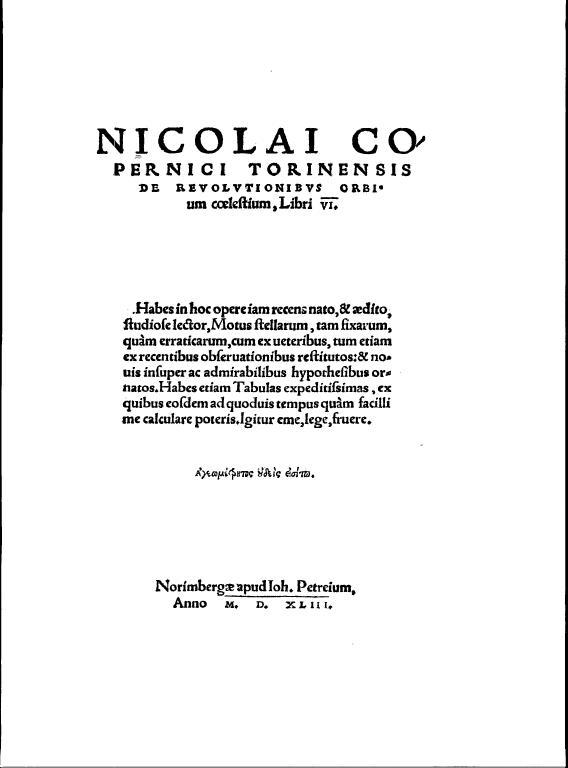
He performed various clerical functions. For example, Copernicus was an administrator, a commissioner, a chancellor, and later a parliamentarian. He travelled across Warmia to finally settle in Frombork where he later died in 1543.
What is an Annual Patronage?
Every year since 2001, the Polish parliament chooses the patrons of our country. This is the way of honoring important historical figures connected with Poland. It started with Stefan Wyszynski, a great clergyman, on his 10th birthday. Another important person from 2001 was Ignacy Paderewski, a pianist and composer, on his 140th birthday. What's interesting, 2006 was the year of the Polish language as a common symbol joining our nation.
2023 is the year of numerous important personas, for example Wojciech Konfanty, Aleksander Fredro, Wislawa Szymborska, Jan Matejko, and of course Nicolaus Copernicus.
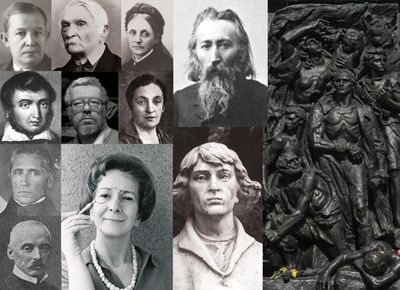
Why Copernicus?
This year the famous astronomer celebrates his 550th birthday. The Polish senate wanted to recall this figure due to his remarkable achievements, his dedication to his fatherland and his loyalty to Polish kings.
How does it affect our company?
As you may be aware, SPES is located in Torun, so naturally Copernicus is close to us. We gladly accept any challenges connected with this figure. This year there will be even more of them!
To create the first in this year set of clothing inspired by this astronomer, we used various portraits and paintings by renowned artists. Our main inspiration was Jan Matejko.
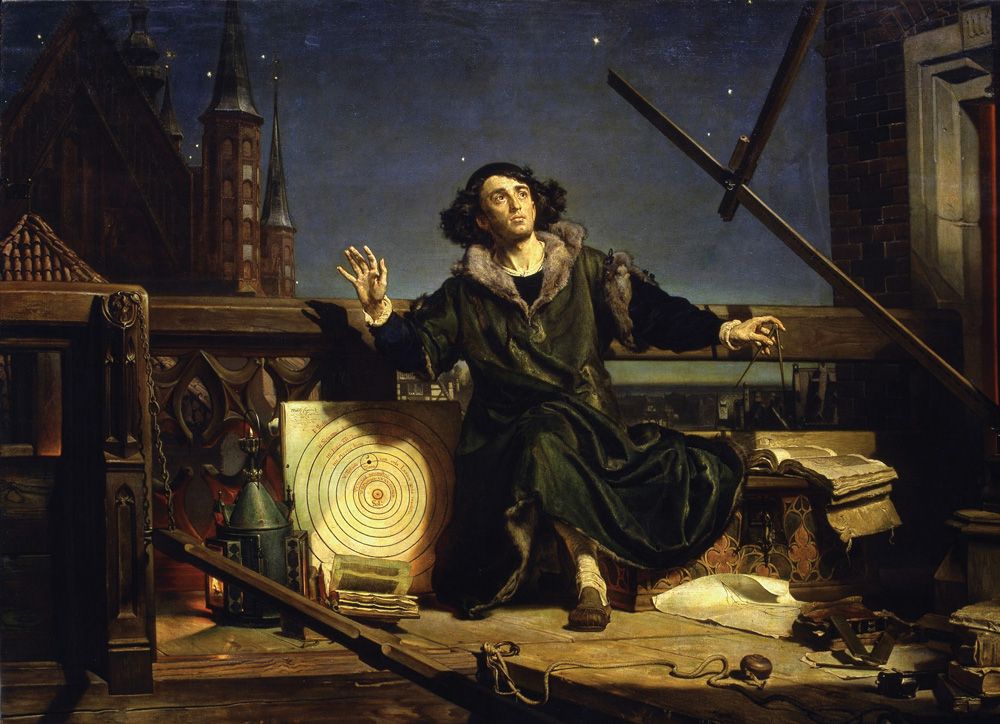
The Astronomer Copernicus. Conversations with God is a work stored in Collegium Novum of Jagiellonian University. It commemorates the author of the heliocentric theory. It was painted in 1873 on the occasion of the 400th birthday of Copernicus. The work depictures the moment of discovery in Frombork, where the astronomer talked about his theory with God. You can notice a cathedral in the background, where he was a canon. The work is very famous from the moment it came to existence and it was copied thousands of times. What's interesting, it was caused by the political situation in former Poland and debate on Copernicus' real nationality: Polish or German.
The "Copernicus" set
In this interpretation of Copernicus' costume, with a kind of "medieval filter", a burgundy-black set consists of a shuba, a robe, a black hat, a set of linen underwear, a pair of pants and a wig for a mannequin.
A shuba, which is a type of outer clothing, is characteristic for Europe (especially Poland) from the 15th century. Iconography depicts various men in this type of garment. Usually shuba was sewn from expensive, warm fabrics with furry collars, sleeves and sides, and a lining. This garment was not fastened.
The shuba of Sigismund the Old we created some time ago, as well as available sources and a robe from our offer, helped us in making a woolen, maroon garment with furry collar. The sleeves are long, open from the elbow downward. It reaches mid-calf, which makes it slightly different from some historical examples. It has a linen lining.
Other elements from the set you may already know from our standard offer: a robe, a felt hat, underwear (braies and a shirt) and joined hose.
Ready for next challenge
Due to the year of Copernicus, museums, theaters and other organizations ask us for help in preparing a costume or a whole figure of this famous astronomer. If you work in such a place or you would like to honor this figure in some other way, feel free to contact us. We are open for your ideas and propositions!
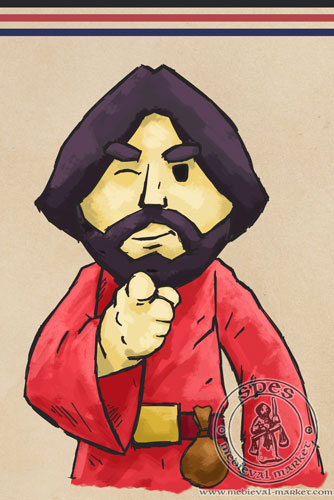
Medieval printed fabrics - a revolution in historical fashion?
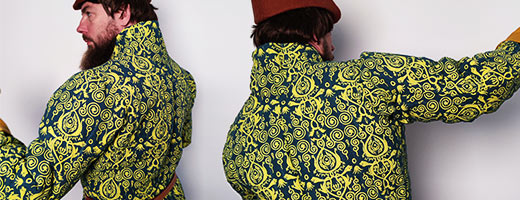

You probably already know that the medieval period, especially towards the end, was strongly focused on fashion and glamorous clothes. There were many ways to distinguish a costume, usually with jewelry and various accessories. But what would you say for a textile which is a decoration on its own?
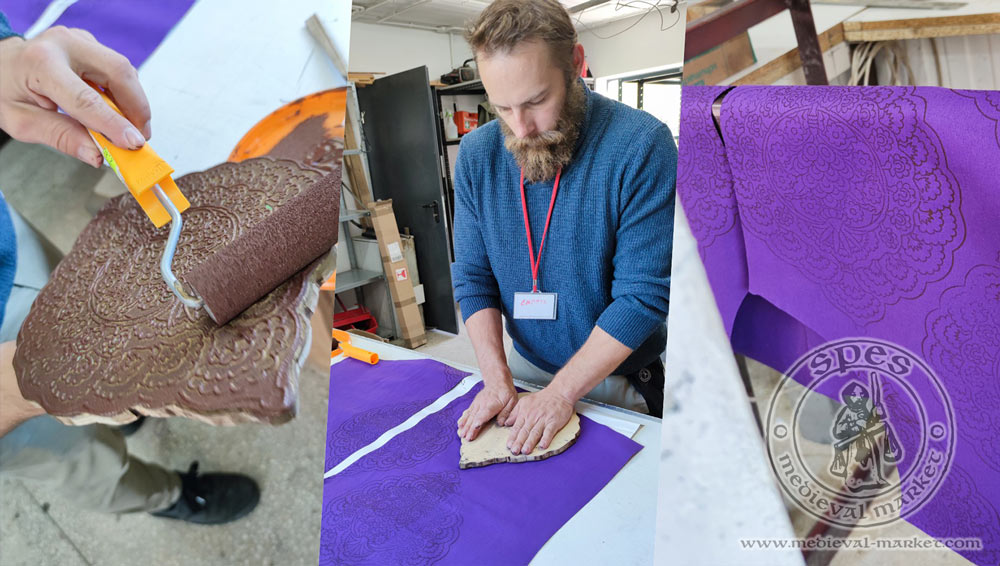
The technique of printing various textiles was a very popular method of spicing up the middle- and high-class garments in the 14th and 15th century. Such clothes catched the eye with contrastive patterns, often floristic or inspired by the animal world. You can find similar examples in our webshop.
How printed textiles were made in the Middle Ages?
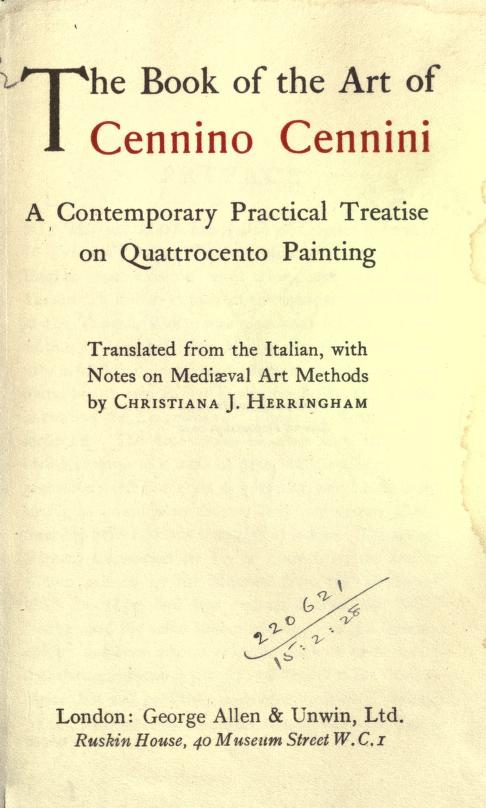
Medieval Italian artist Cennino Cennini in his book "The Book Of The Art" presented various techniques of applying paint to various types of materials. Among the topics he touched upon were "The way to work on cloth by printing from a shape in colour".
To create a form for printing, you first had to prepare a block of wood, preferably made of walnut or pear, the size of a brick. On the bottom of the block, a pattern had to be drawn and carved, without omitting any details, but in such a way that it was complete from all sides. Copy block should have a handle. Then, using a special glove, the paint (previously prepared, most often black) was taken and spread over the grooved surface. Before putting the form on the canvas, it had to be stretched strongly on a loom. The printing block was applied very tightly and rubbed with it until the ink was settled on the material. You had to be very careful and precise so that the pattern would not be shifted or that there were no gaps between the fragments.
What is more, to make the final effect more interesting, black was combined with some other color. Most often with yellow, red and green. Using a brush, additional colors were filled in animal figures, foliage or fantastic creatures. This way of decorating was perfect for green, red, black, yellow and blue (and even pale blue) canvases. The most important thing was that the colors should contrast with each other, be lighter or darker (e.g. indigo was used on red material, cinnabar on green, etc.).
However, it was important to produce printed linen "(...) which to your fancy it seems you can put together, and one thing will teach you another (...): every art is in its nature ingenious and pleasing: chi ne piglia se n''ha (he that takes, hath)".
Where to find historical examples of patterned clothing?
There's a lot of historical examples with patterns. Medieval iconography presents, for example, figures from middle- and high-classes wearing decorative houppelandes, cotehardies and surcoats. What's interesting, equally popular were garments which were partially patterned, like in mi-parti style. Usually court clothing was sewn from more expensive fabrics, like silk or velvet.
Examples of mi-parti patterned clothes:
There are also historical examples of textiles in museums:
Classic is always in fashion
Printed linen, but cotton and silk as well, are of course available in our shop. From time to time we introduce new color combinations and patterns, and custom clothing with these textiles is highly appreciated among our customers. For tailors, seamstresses and fans of traditional sewing we also provide the textiles.
As usual, we rely on historical findings. For example, we reached for the famous pattern from de Blois gambeson, but also patterns from Italy and Hungary.
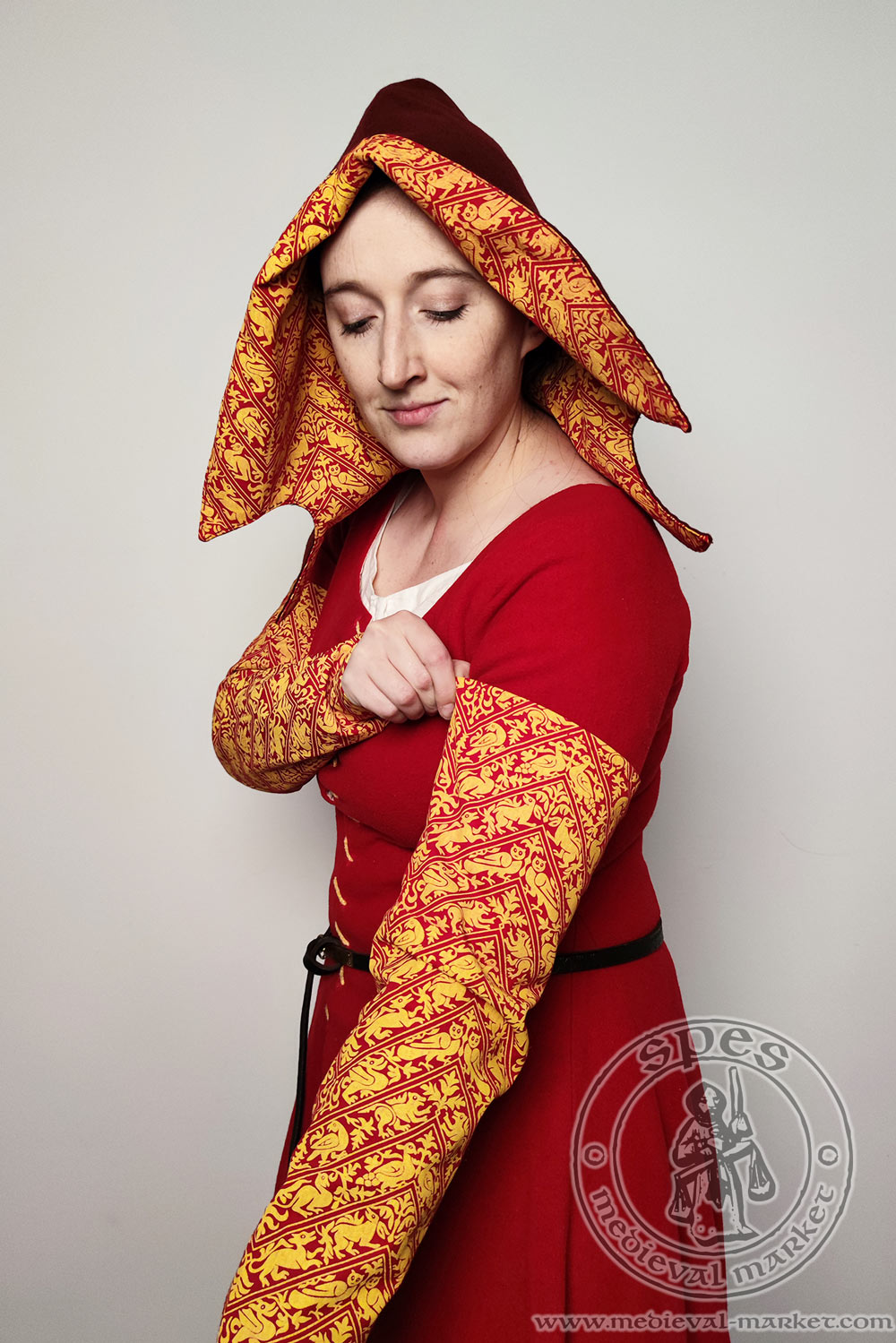
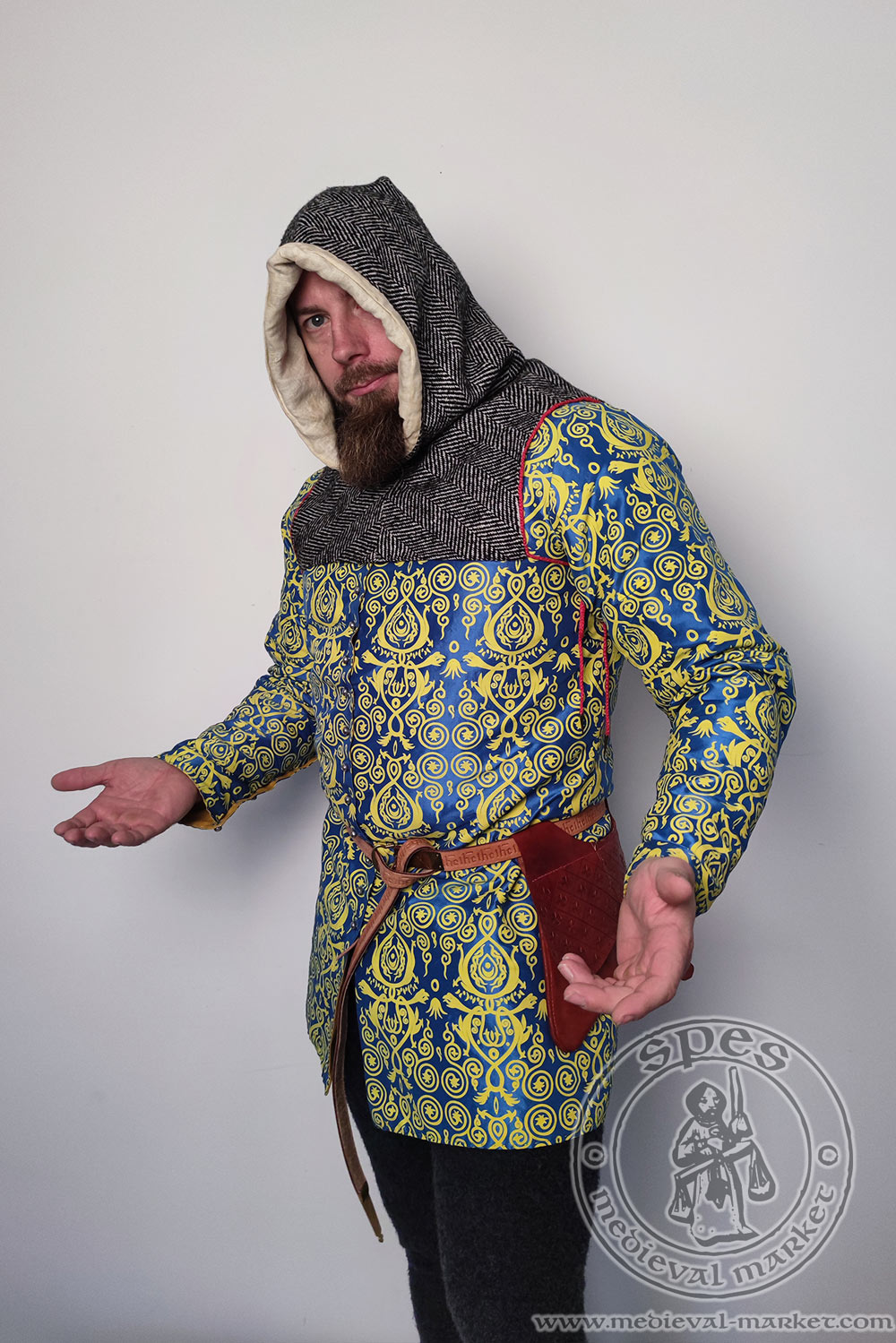
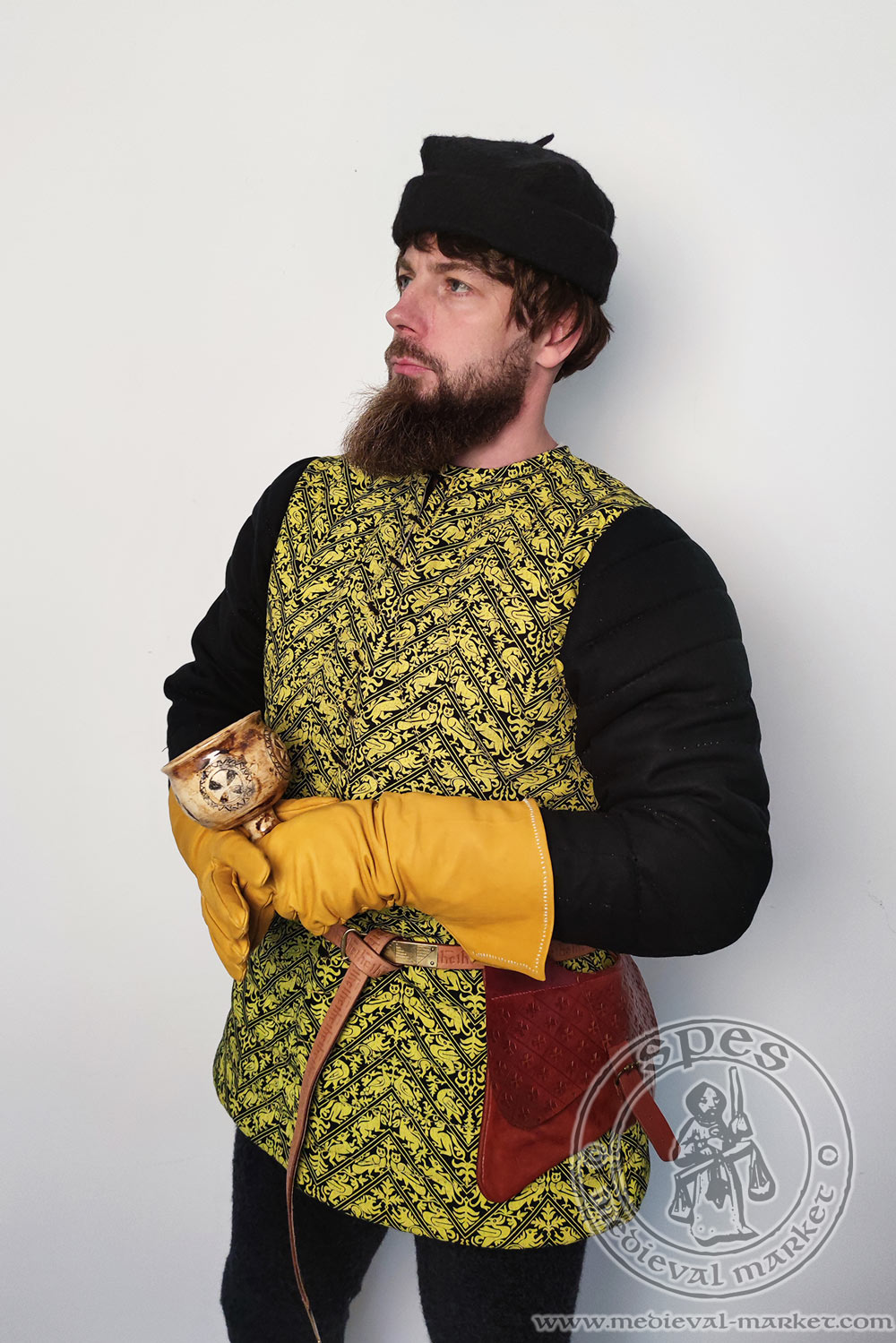
Simple... in a complicated way. The role and types of medieval kerchiefs
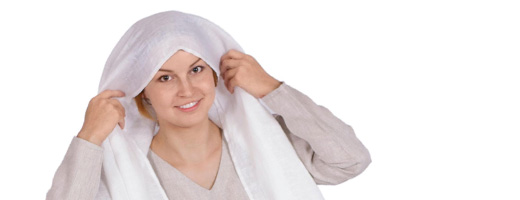

If you follow our blog, or simply you are interested in medieval fashion, you probably already know how important headwear was in the past.
Various hoods and felt hats were extremely popular among men and women. Ladies could afford more expensive and uninteresting forms, like an escoffion. However, the most popular among women were medieval kerchiefs.
Surprisingly, there are essential differences between them. It's a simple - but quite attractive - form of headwear which differs in shapes. Also, the way of attaching the kerchief to the head is a puzzle for many beginning lady reenactors.
Practical and stylish - a former headkerchief
Headkerchiefs are often associated with Christianity which is correct and connected with the virtue of modesty. In medieval times exposing hair by married women was perceived as inappropriate. However, medieval kerchiefs, just like other headwear, are also an element of former fashion which evolved in the course of time.
There are also practical aspects of using headwear. Medieval kerchiefs, hats and hoods worked as a protection against sunlight, wind and rain. They helped in keeping a proper body temperature, which was good for health. Women's kerchiefs were an essential part of their hygiene, as people rarely washed their hair in that time. A simple medieval veil perfectly covered all imperfections, but also helped in keeping the hair clean for a longer time, even during work. With all this, this headwear is light and breathable.
Types of kerchiefs worn by medieval women
Medieval headkerchiefs had various sizes, but also various shapes: squared, rectangular, or even half-oval. It allowed for various bindings and arranging. Here are some examples available in our assortment.
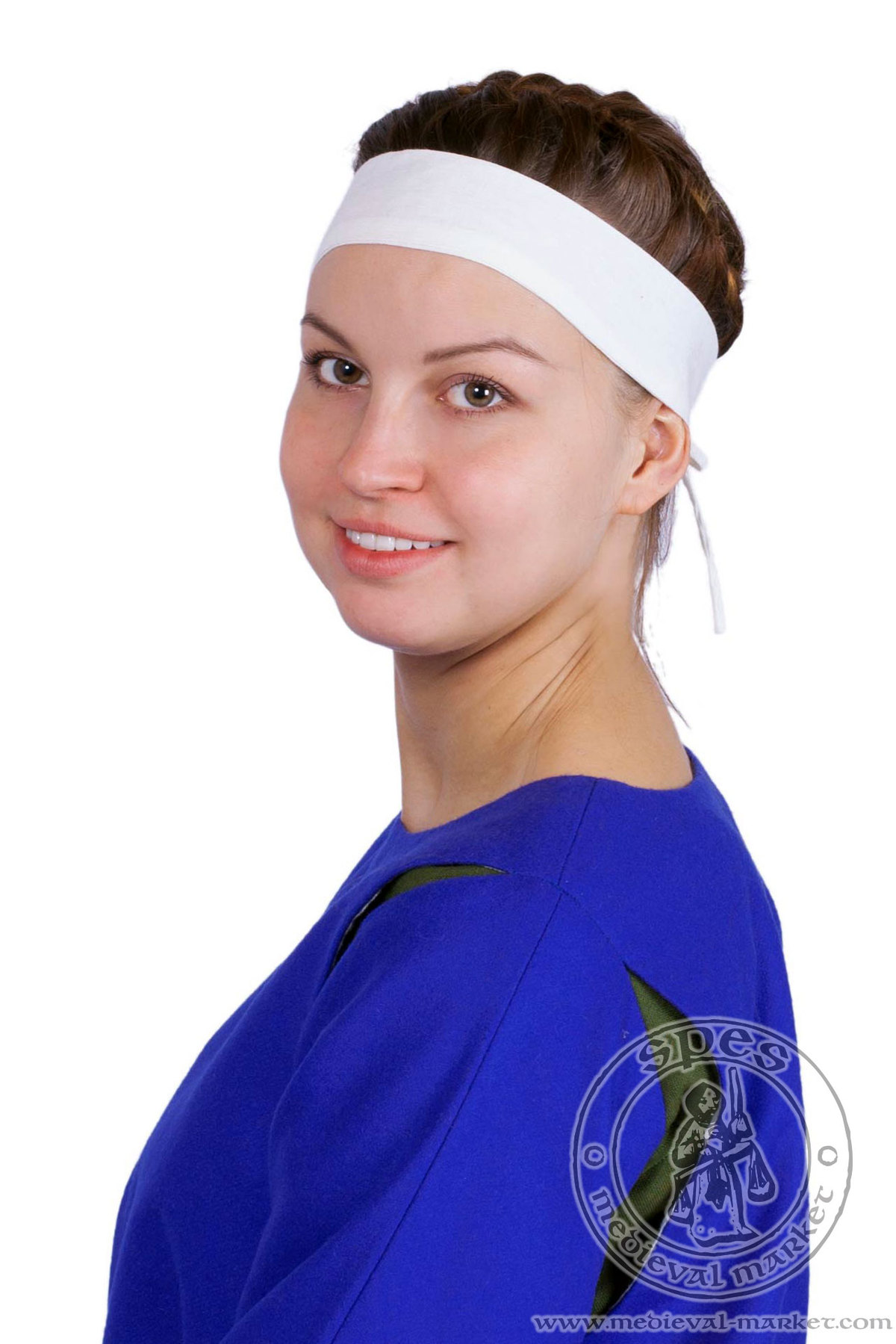
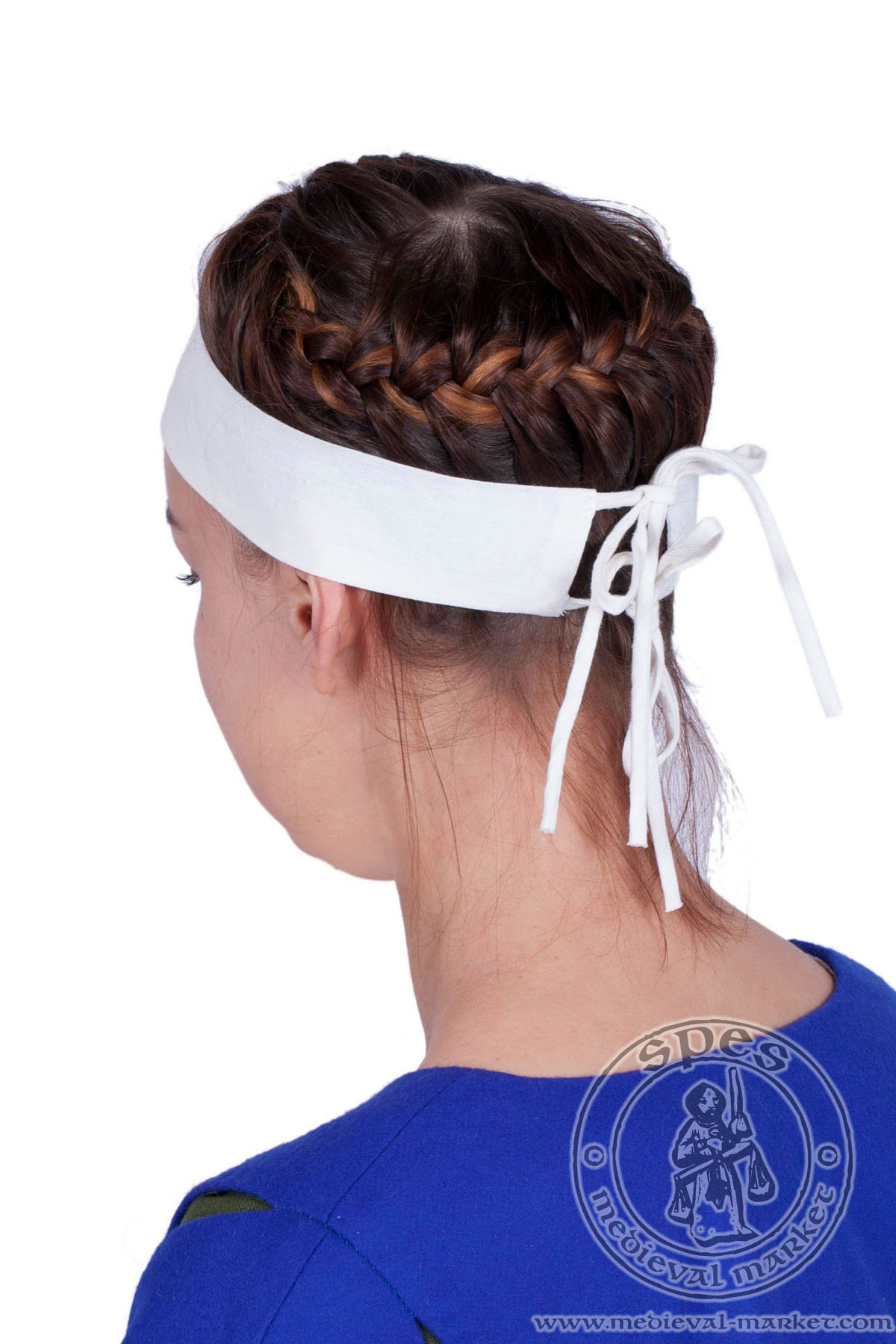
Fillet is more of a headband than a full-fledged kerchief, but it came to existence as an accessory easing the process of arranging the veil on the head. Usually it is made from white linen. The kerchiefs are attached to it with pins. It keeps the headwear in one position and one shape. This name is a kind of shorthand, as you can find historical fillets of a slightly different design.
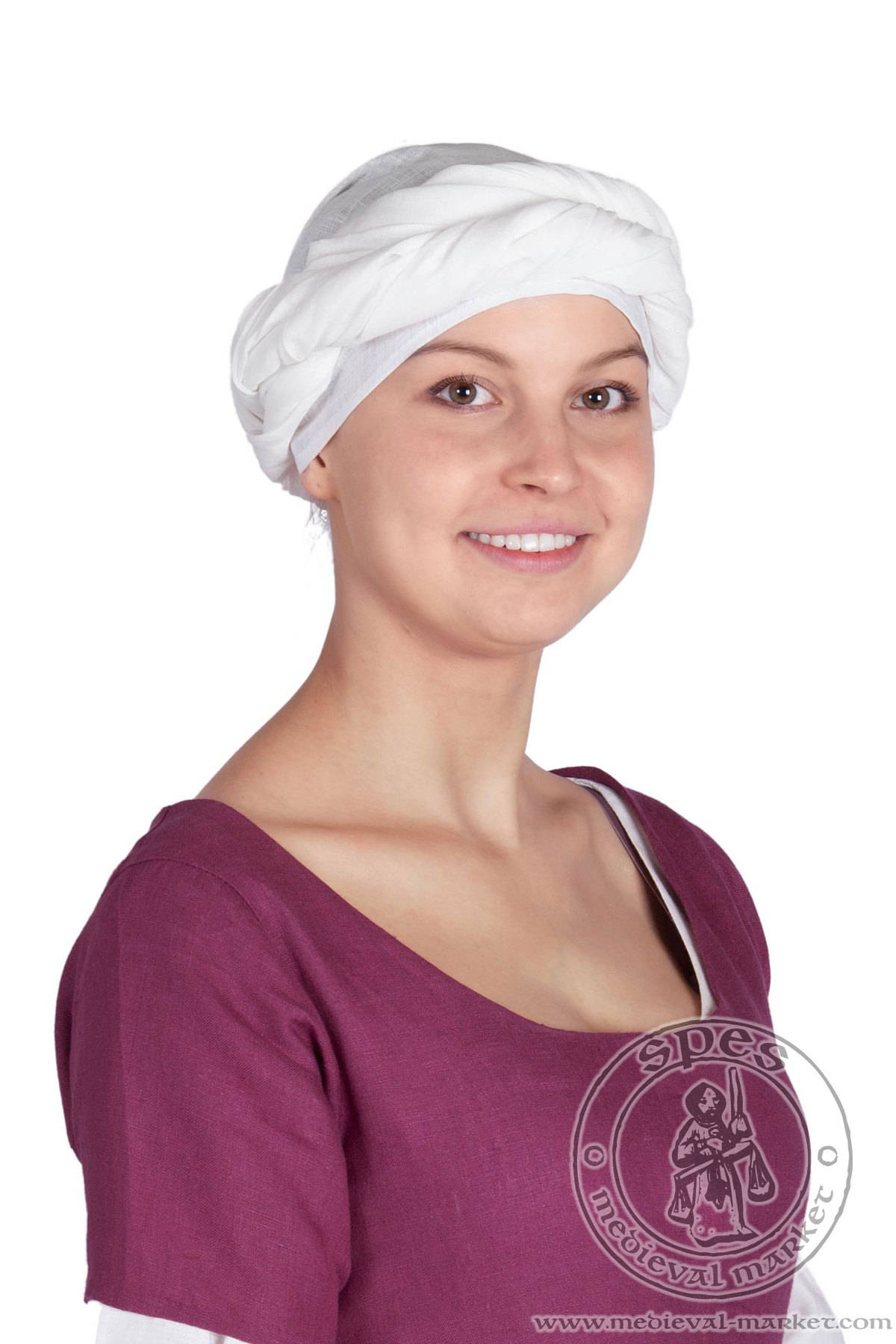
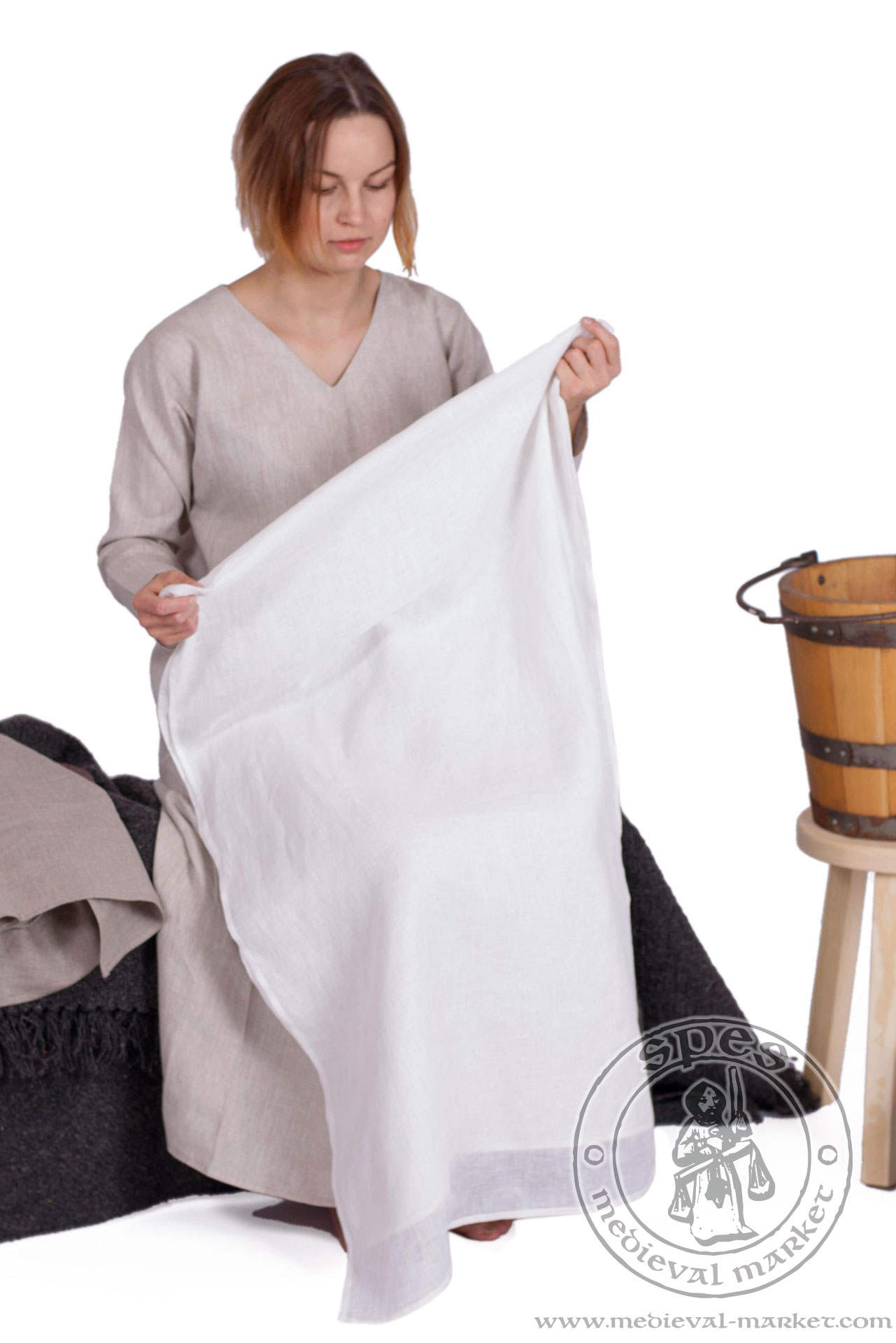
Medieval rectangular kerchief stands out with its form. It's a rectangular headscarf and it can be worn wrapped around the head. Tight wrapping increases the comfort of wearing during various works. This way of mounting lowers the chance of staining the fabric and the kerchief does not limit the field of view, for example during bending over.
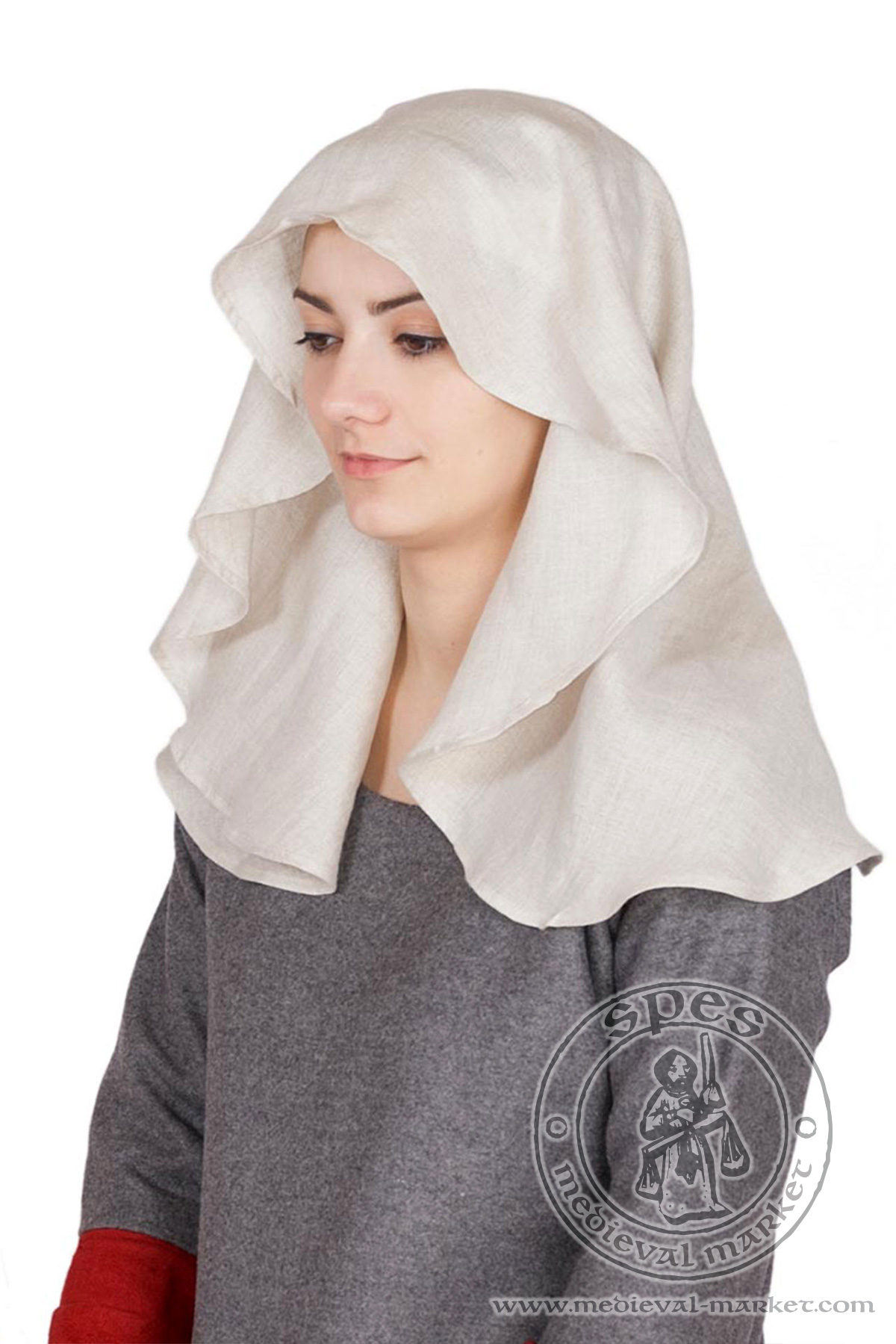
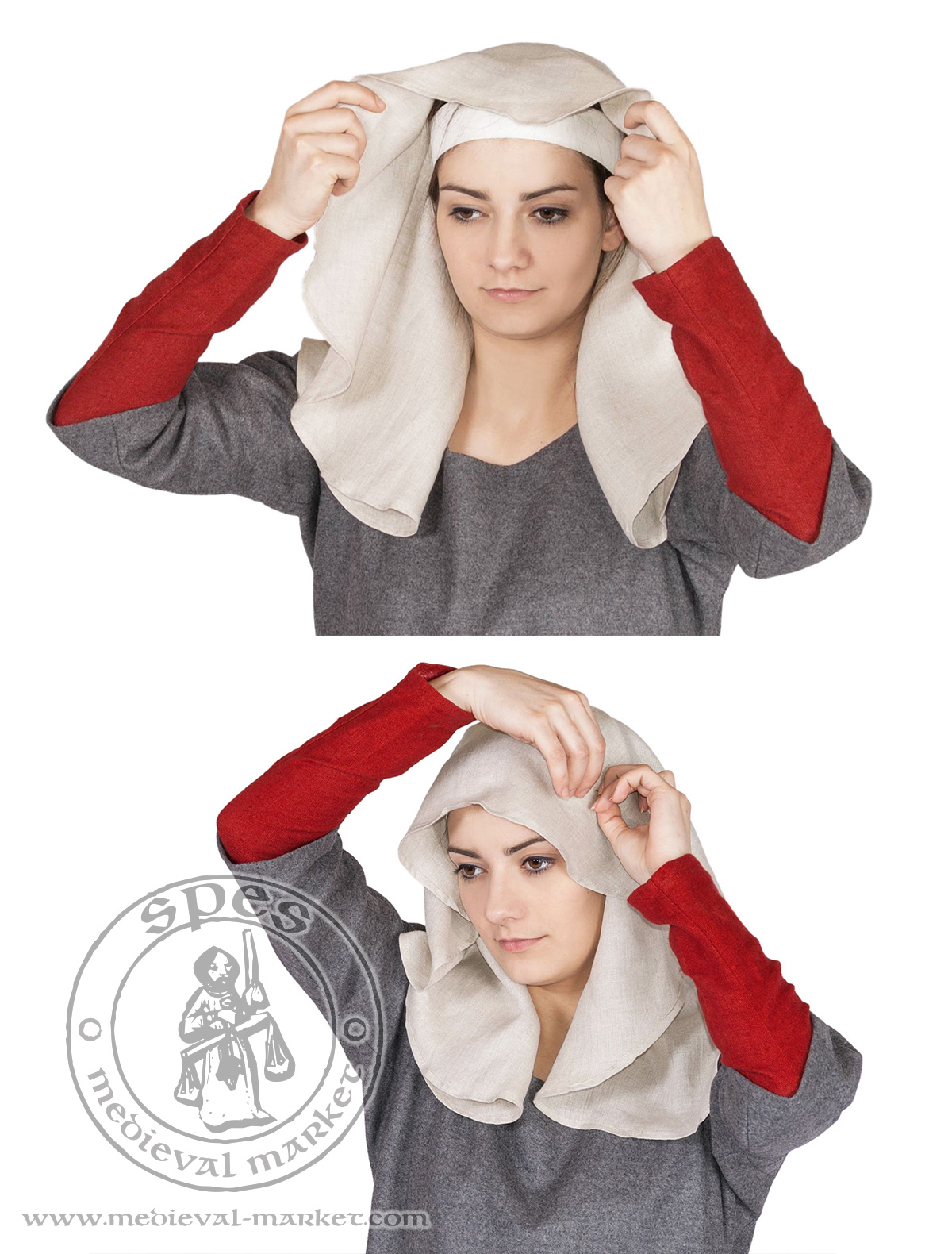

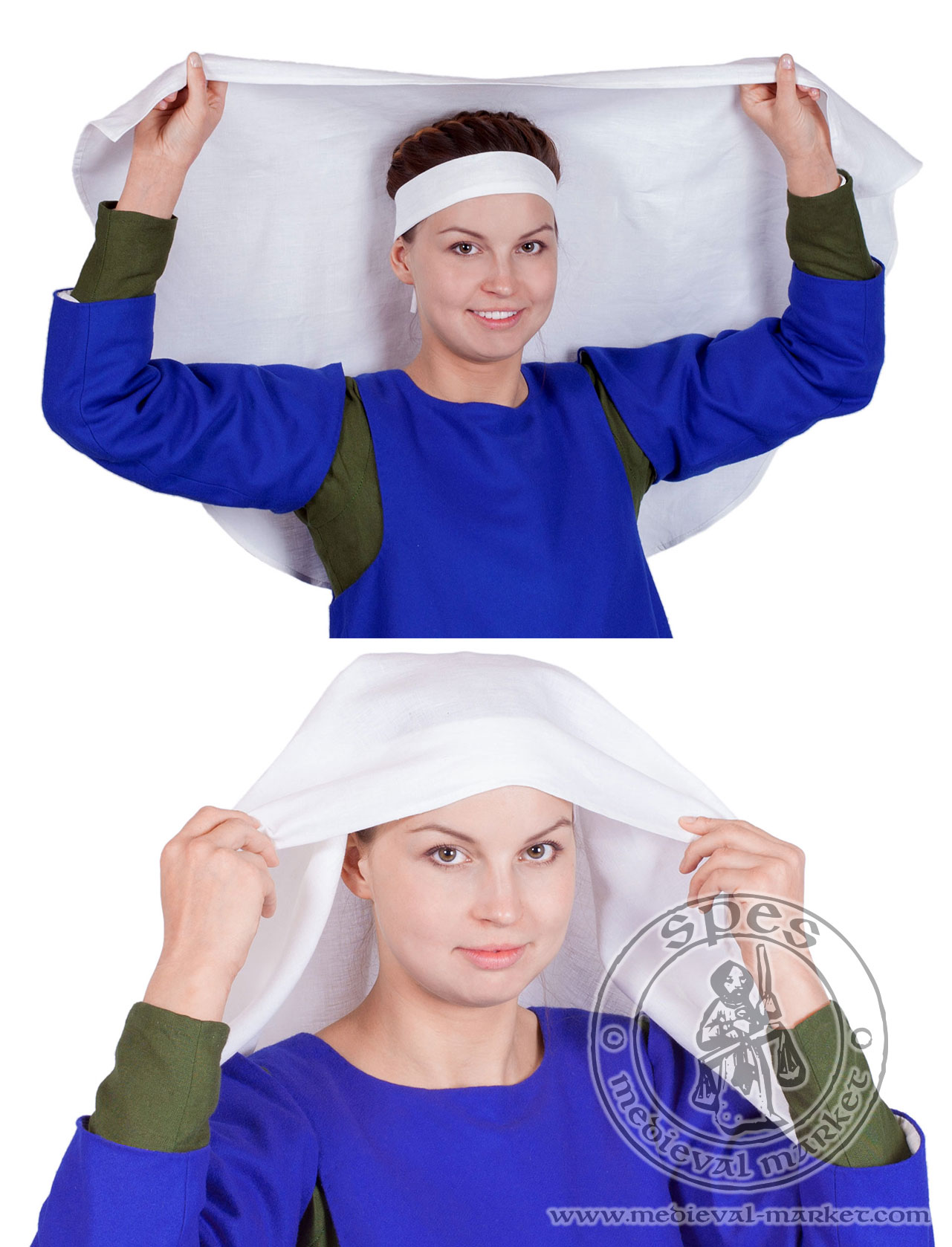
Medieval veils and classic medieval kerchiefs differ in shape: the first one is oval, while the second one is half oval. Other than that, they are very similar: attached to the fillet and worn in the same way. Usually they are both made from a thin layer of linen in white or natural color. It's a basic, casual headwear worn by medieval ladies usually in their free time, for example during a walk.
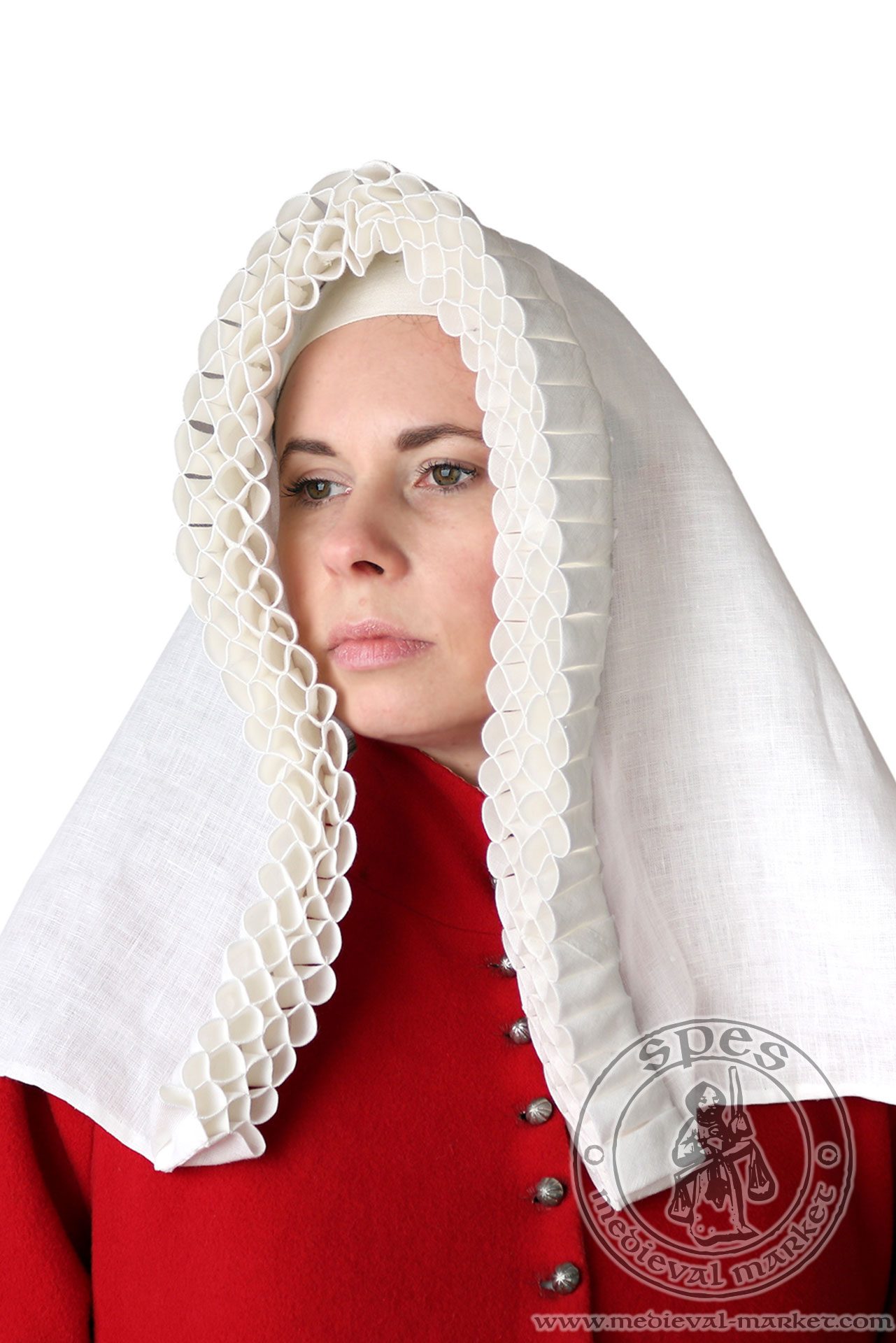

An interesting head covering which evolved from the mentioned above is a kruseler. It's a half-oval kerchief from linen decorated with a characteristic dense frill. This one was worn mostly by wealthier ladies as it was an outstanding piece of garment which at the same time was lightweight and breathable. Kruseler derives from the territories of Bohemia and Germany. It was extremely fashionable in the 14th century, but ladies wore it up to the end of the medieval period.

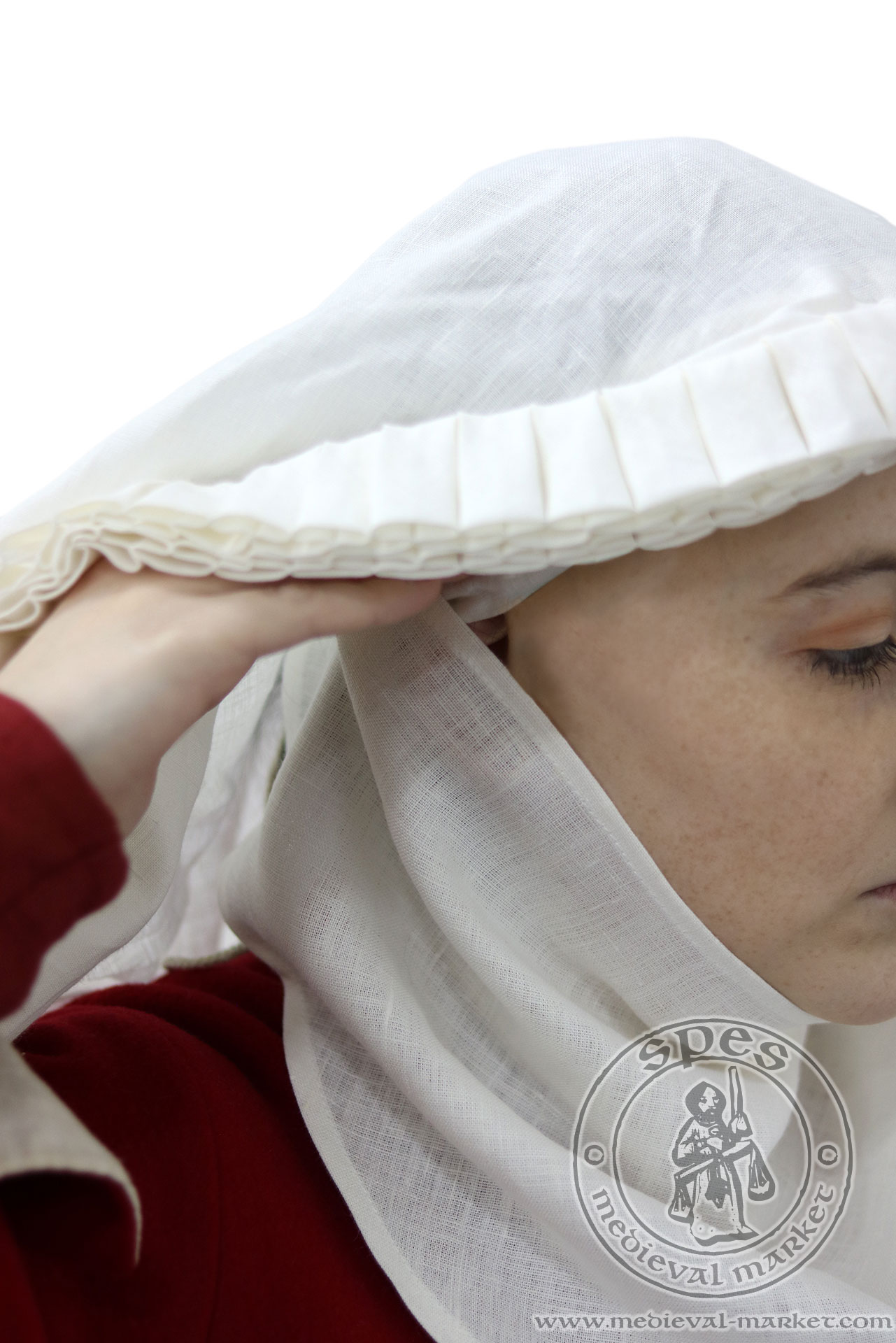
We should also mention a wimple which was worn by the married women. This accessory also had a form of a half-oval kerchief, but it was worn as a neck cover. Together with a proper headkerchief, it could work as an eye-catching and fashionable set of medieval clothing.
Headkerchiefs in medieval sources
We cannot skip such an important aspect like historical sources. The products in our webshop are a recreation of examples visible on iconography.
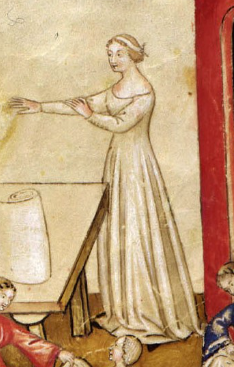
The most difficult task was recreating the most basic head accessory for women: a fillet. We came to the conclusion that kerchiefs could not be attached directly to the head and some form of a band was necessary.
Luckily, we found evidence in Tacuinum Sanitatis from the 14th century
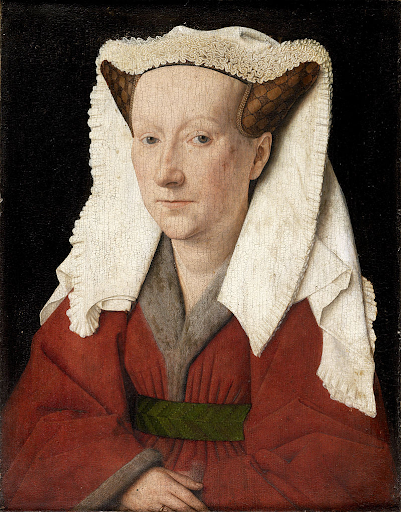
In a kruseler, we found the most inspiration in the works of Jan van Eyck, a Ducth painter. His wife in one of his works wears headwear of this type.
An example of a basic half-oval kerchief is present on the pages of the Maciejowski Bible where you can notice a woman wearing a characteristic accessory falling loosely on shoulders.
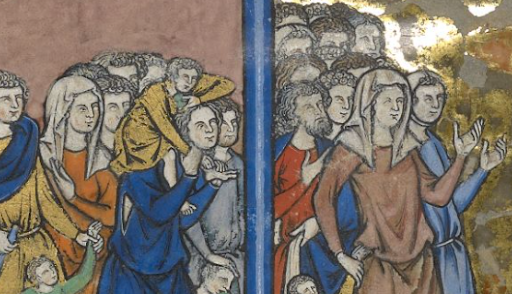
A rectangular kerchief formed in a characteristic turban you can find on the pages of Tractatus de Herbis from 1458. Women wearing similar veils with a back tail are present in The Trčs Riches Heures du Duc de Berry from 1410.

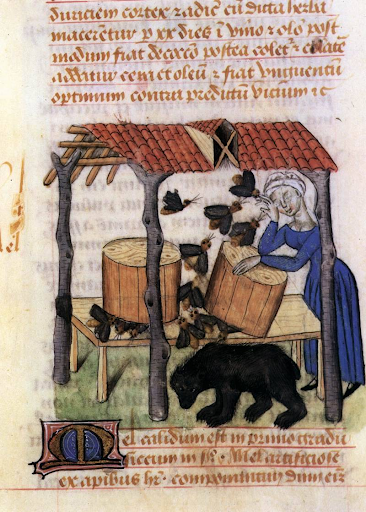
Oval headkerchiefs are presented on women wearing diadems or other headgear. In this situation a kerchief falls loosely on the back. On the front it slightly covers the sides of the face.
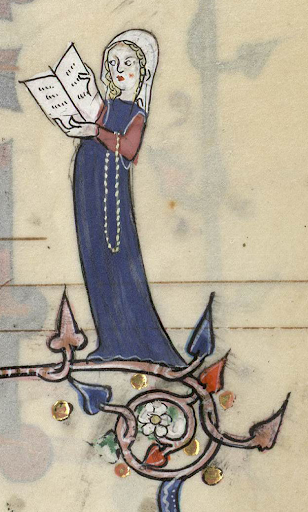
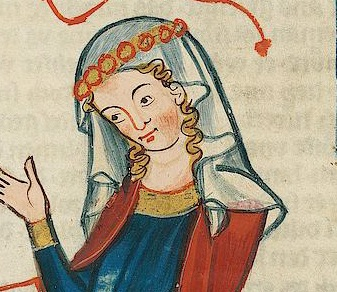
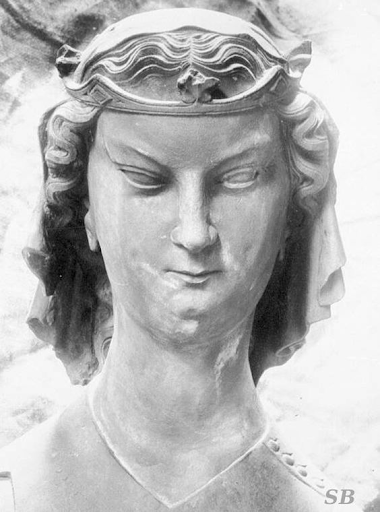
To sum up
As you can see, there is plenty to choose from and every lady should find a kerchief for her needs. In standard, we make them from linen in white color, but we are open to custom projects, for example with the use of silk!
Medieval tunic of St. Louis


When completing an outfit, a wise reconstructor knows that its most important element is underwear, which includes, among others, shirt and braies. What if he recreates a 12th or 13th century garment when shirts were much longer than in the following centuries? It just so happens that our offer includes such an option and it is the St. Louis!
What does this 13th-century underwear look like?
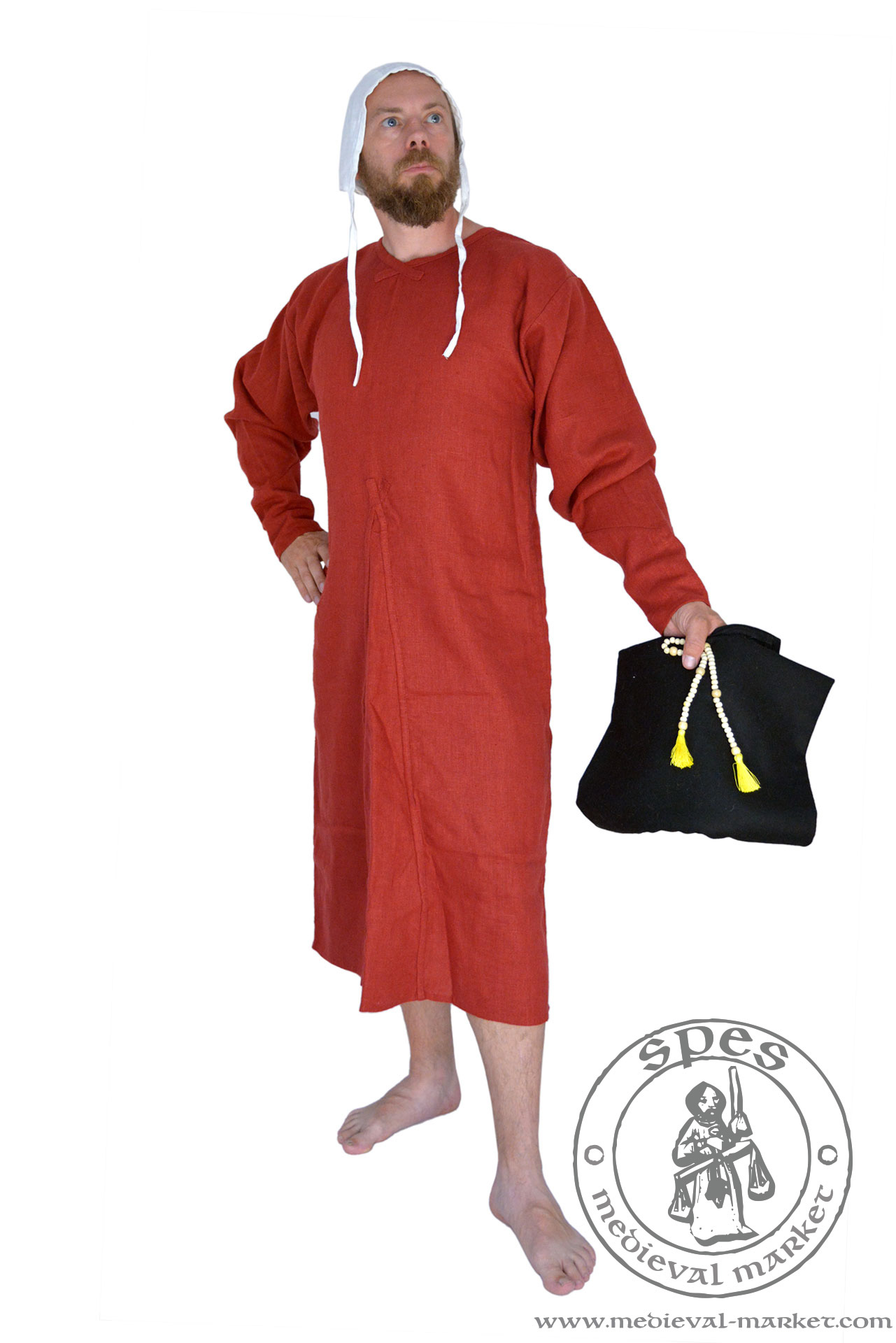
The Medieval shirt of St. Louis (also called a tunic) is a long, calf-length men's garment. Its sleeves are loose and have an unusual connection on the forearms - in the shape of the "V".
It has an unusual neckline (but characteristic of the 13th century). It is slightly rounded and finished with an additional linen ribbon. At the front, its tips are arranged in an "X" shape. The wedges located at the front and back of the tunic are also accentuated with special straps, the ends of which form the letter "X".
Tunic is almost entirely modeled on the preserved shirt of the king of France, Louis IX.

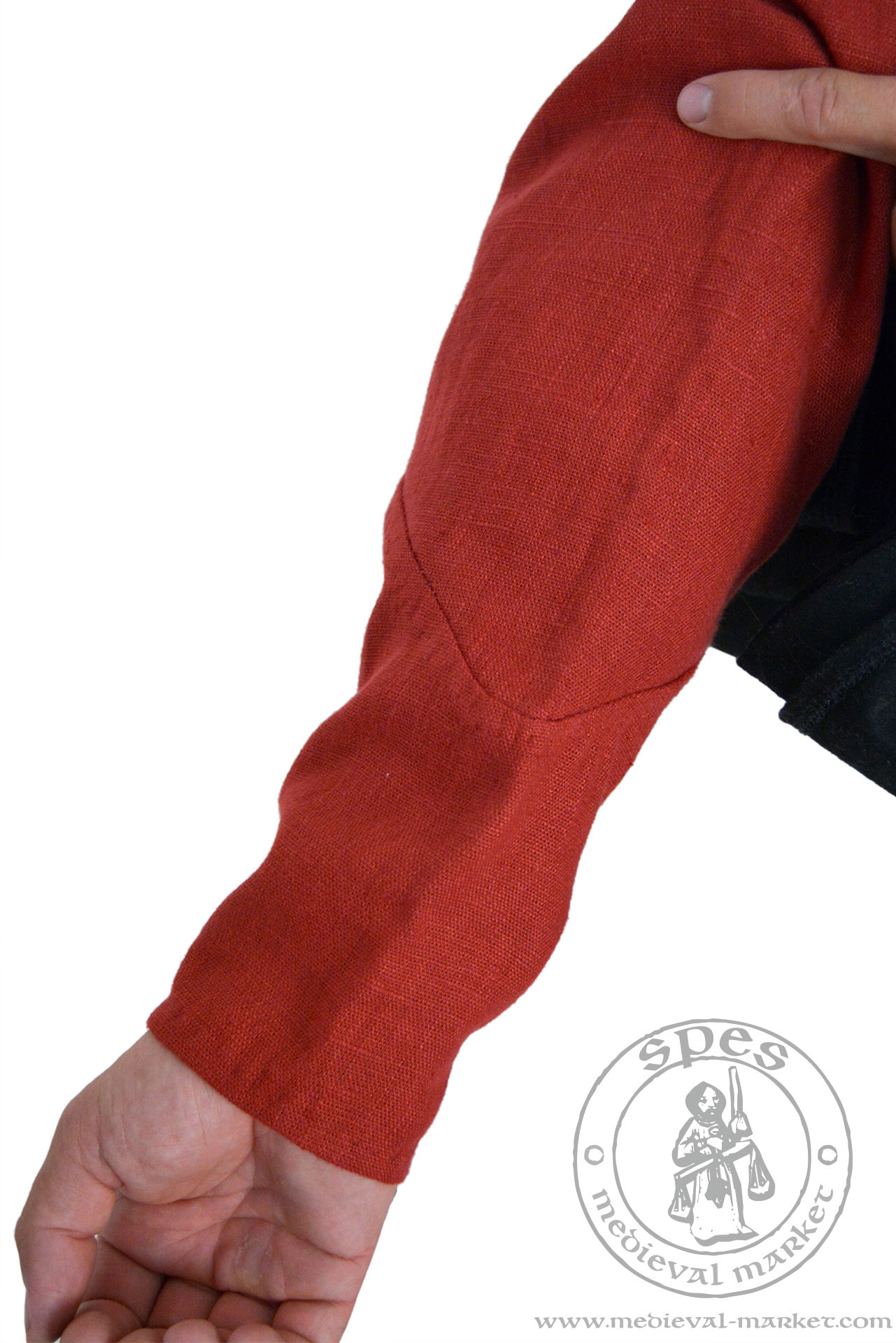
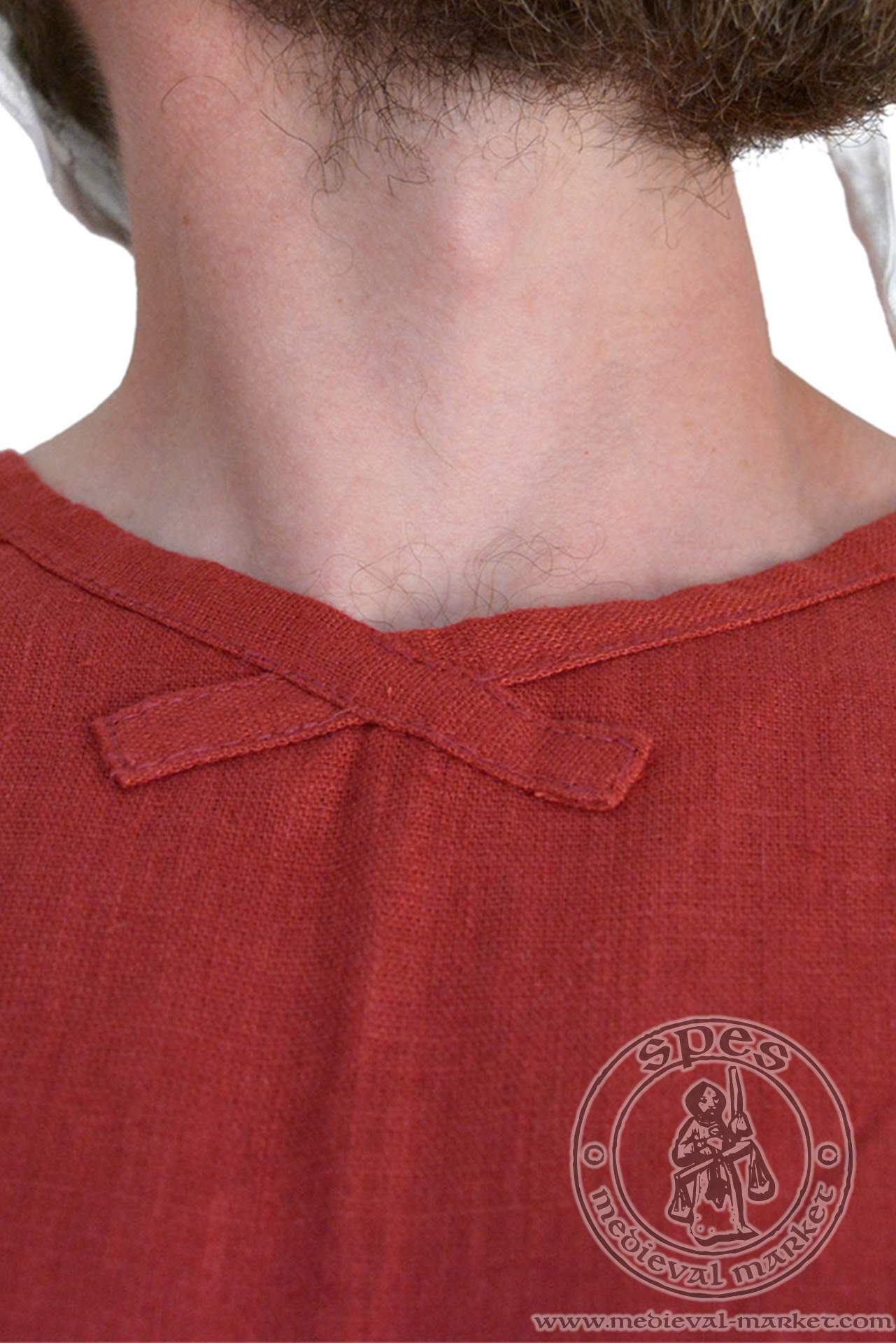
Sources for our long medieval shirt
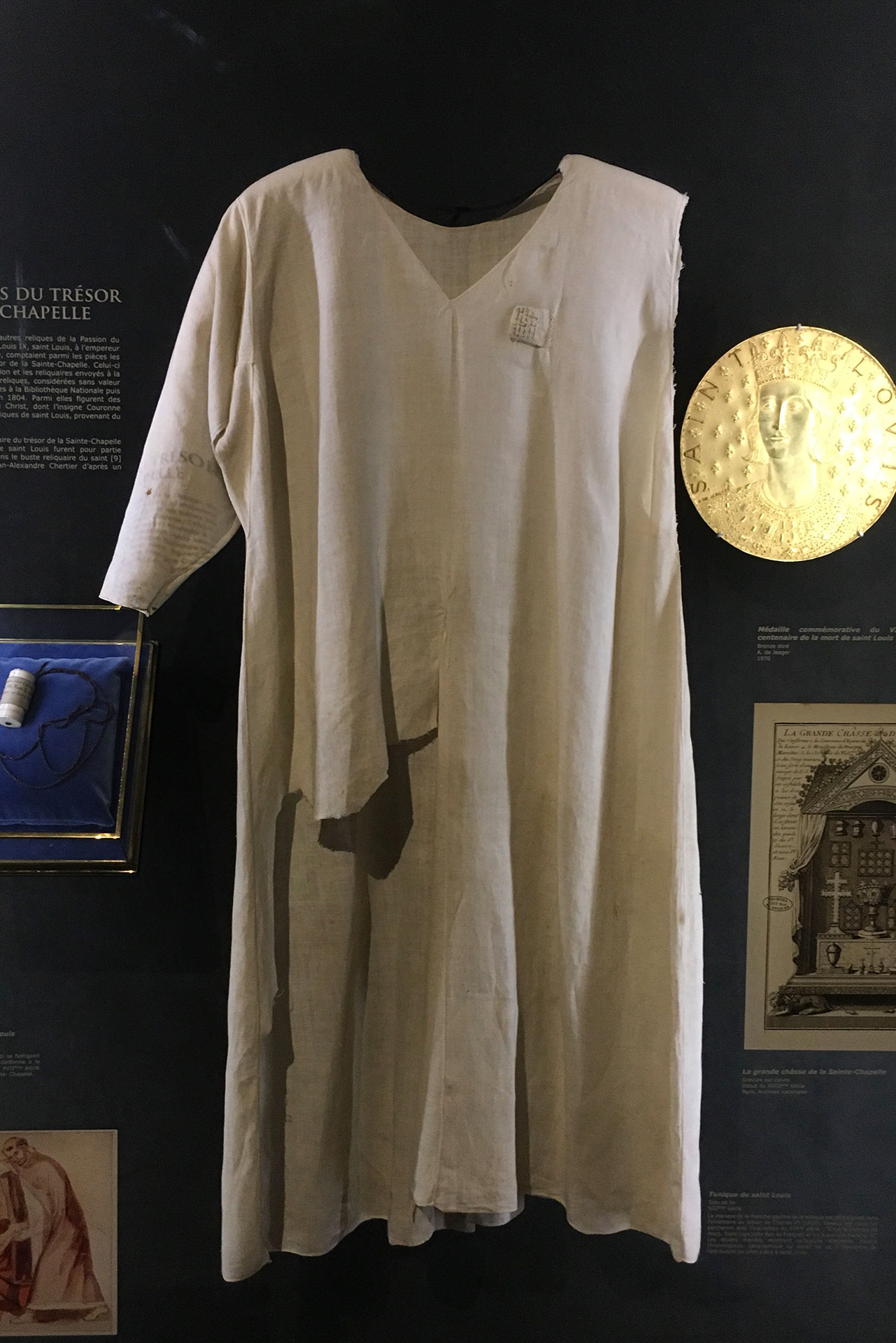
As mentioned, the tunic of St. Louis IX was our greatest inspiration when sewing this unusual underwear. This is where our product gets its name from.
The preserved shirt of the French king is kept to this day in the museum of the Notre Dame cathedral in Paris. It does not have one sleeve and there are traces of blood on its surface. A piece of cloth was attached to the torso with the signature to whom the suit probably belonged.
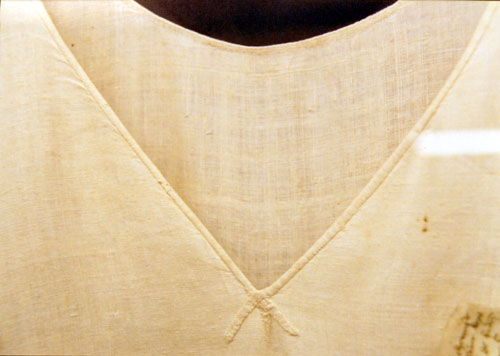
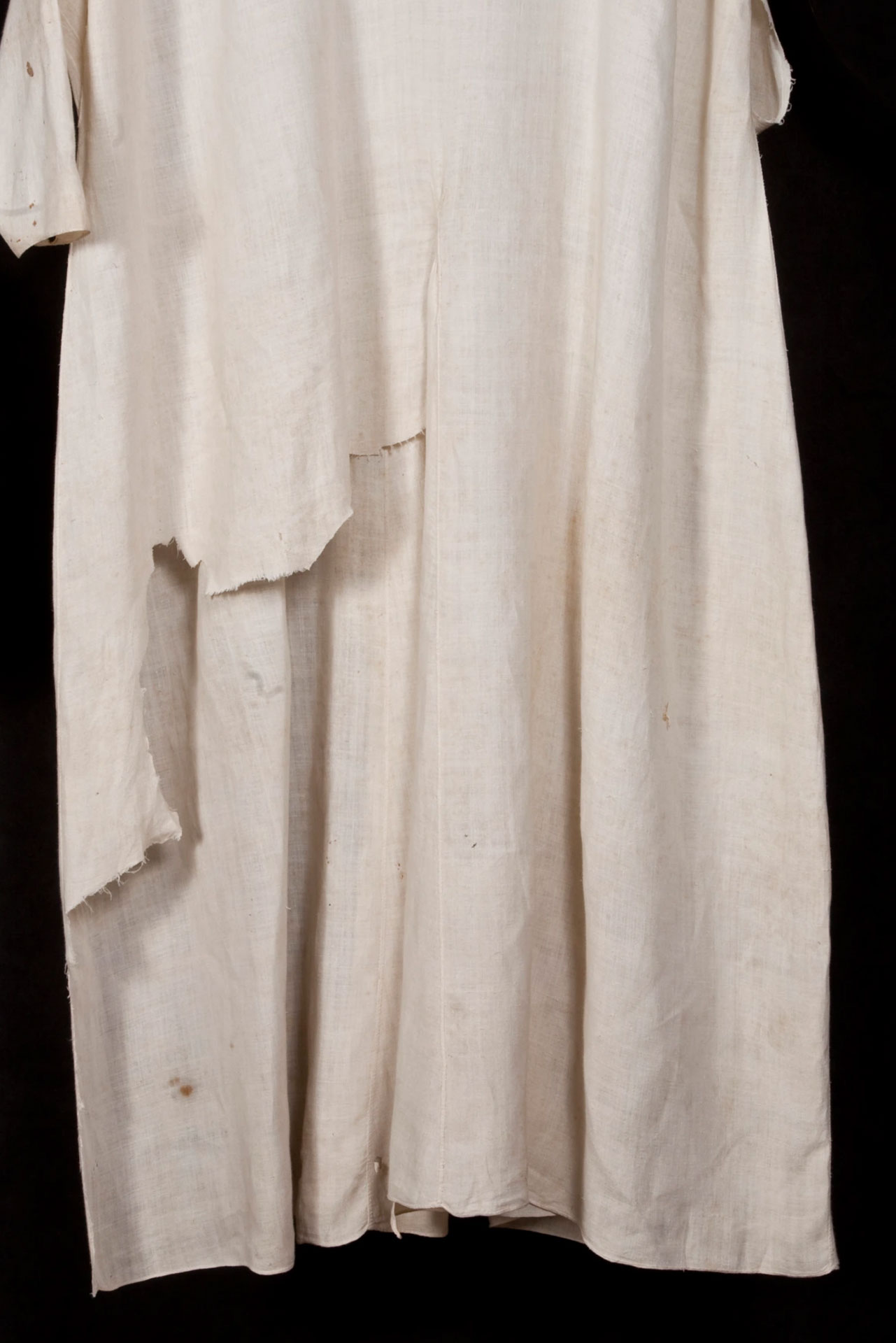
However, this is not the only example of this type of clothing. Other long linen shirts can be found in manuscripts and medieval paintings from different centuries.
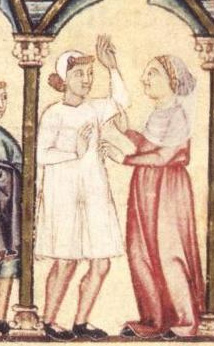
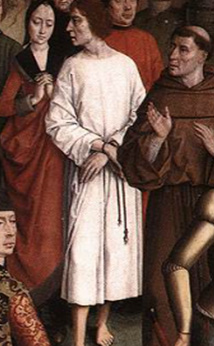
Who was St. Louis?
He was one of the most important kings of France during the Middle Ages. During his 44-year reign, he influenced the history of all of Europe. He reconciled feuding noble families and softened international relations. He also ended a long dispute with the English king.
In the country, he focused on continuous development and changes. He introduced numerous reforms, including monetary, administrative and judicial reforms. He was remembered as the "king of earthly kings", patron of the arts and godly monarch.
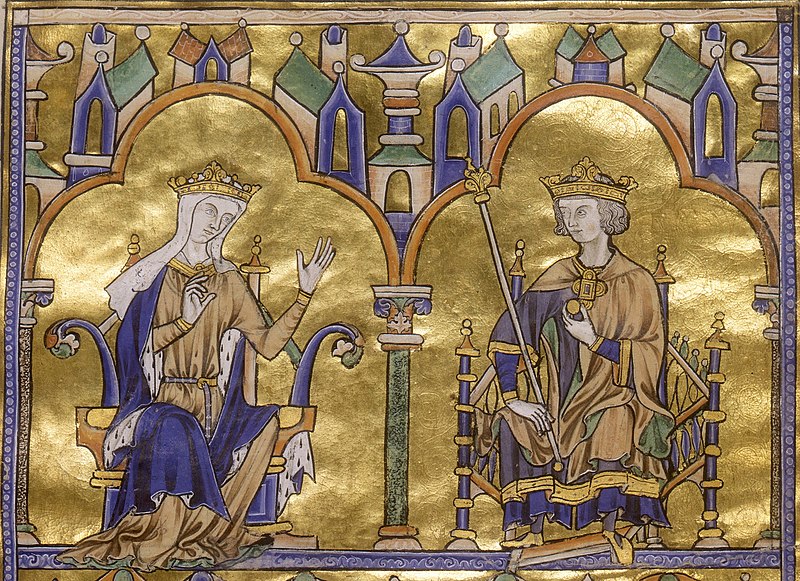
Bible moralisée de Tolede, 1240
He was a very religious man: he led an almost monastic life, wore a cilice and practiced asceticism. He did not shy away from donating to mendicant orders. However, he dreamed of taking back the Holy Land from the hands of Muslims. He went on two Crusades, unfortunately without much success. During the first, he was taken prisoner, and during the second, he fell ill and eventually died. He was canonized a saint as the only French king in history.
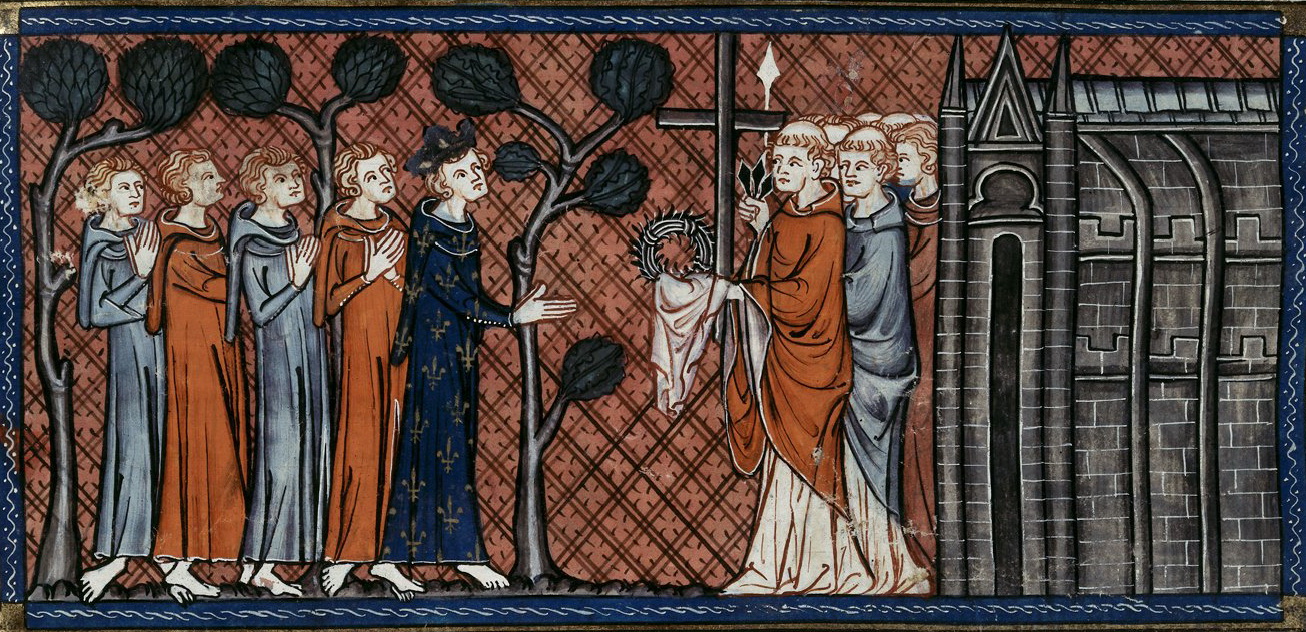
Chroniques de Saint-Denis, vers 1332-1350
What are the basic elements of medieval underwear?
It is worth starting with the fact that underwear was a very important, if not the most important element of medieval man's costume. It had many functions and could consist of one to several elements. Its main task was to isolate the body from outer garments, mainly woolen, which happened to cause allergies or simply "bite" their owners. Interestingly, underwear was an element of clothing that was washed regularly. It was produced mainly from linen, but more wealthy people could afford silk versions.
Men mainly wore shirts in combination with the so-called braies and often linen coif. Depending on the age, both the first and the second differed in length. To wear hose, they used the so-called suspender belt, i.e. a special, wide belt with holes, made of several layers of linen. It was worn over braies and covered with an outer garment, e.g. a cotte.
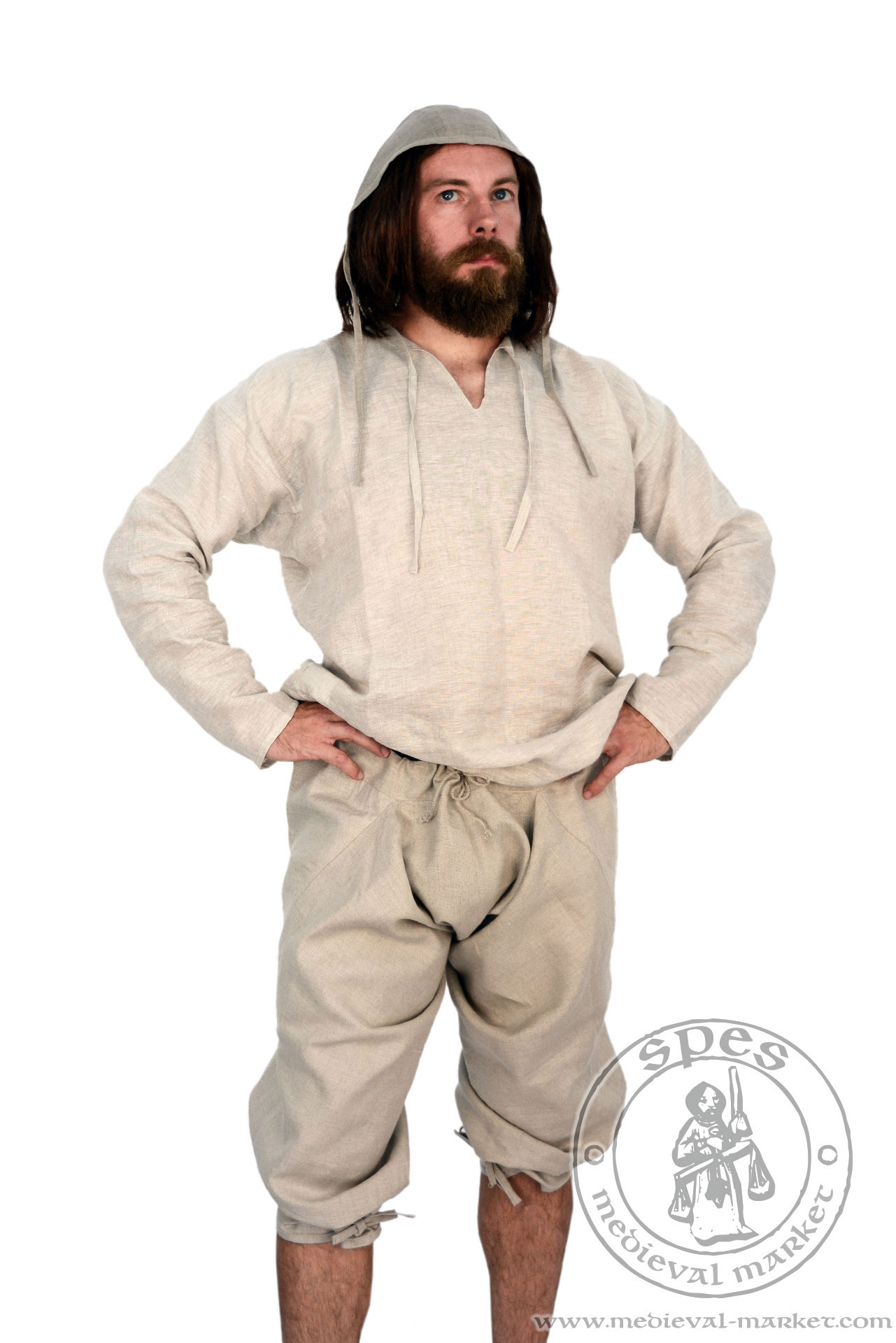
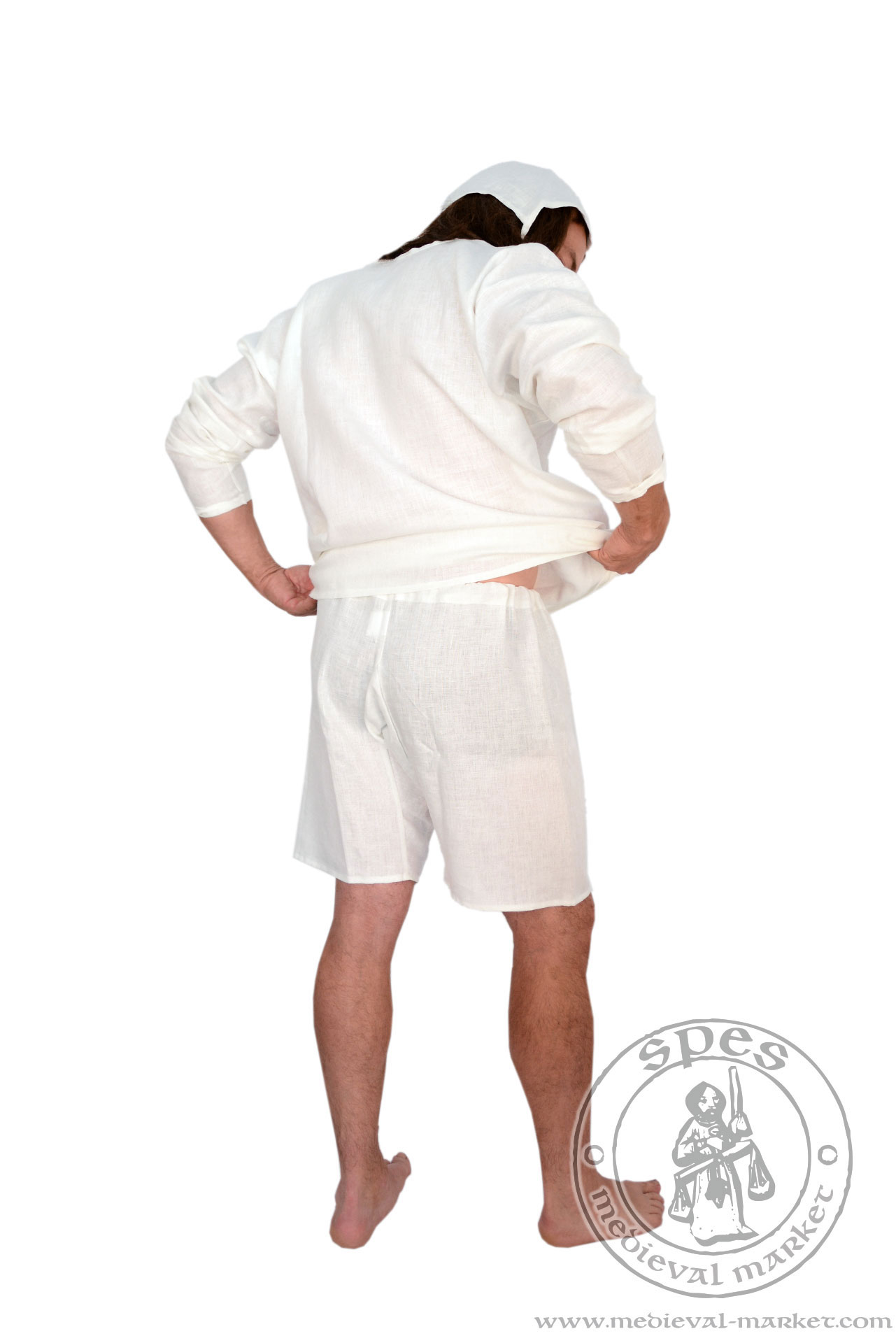
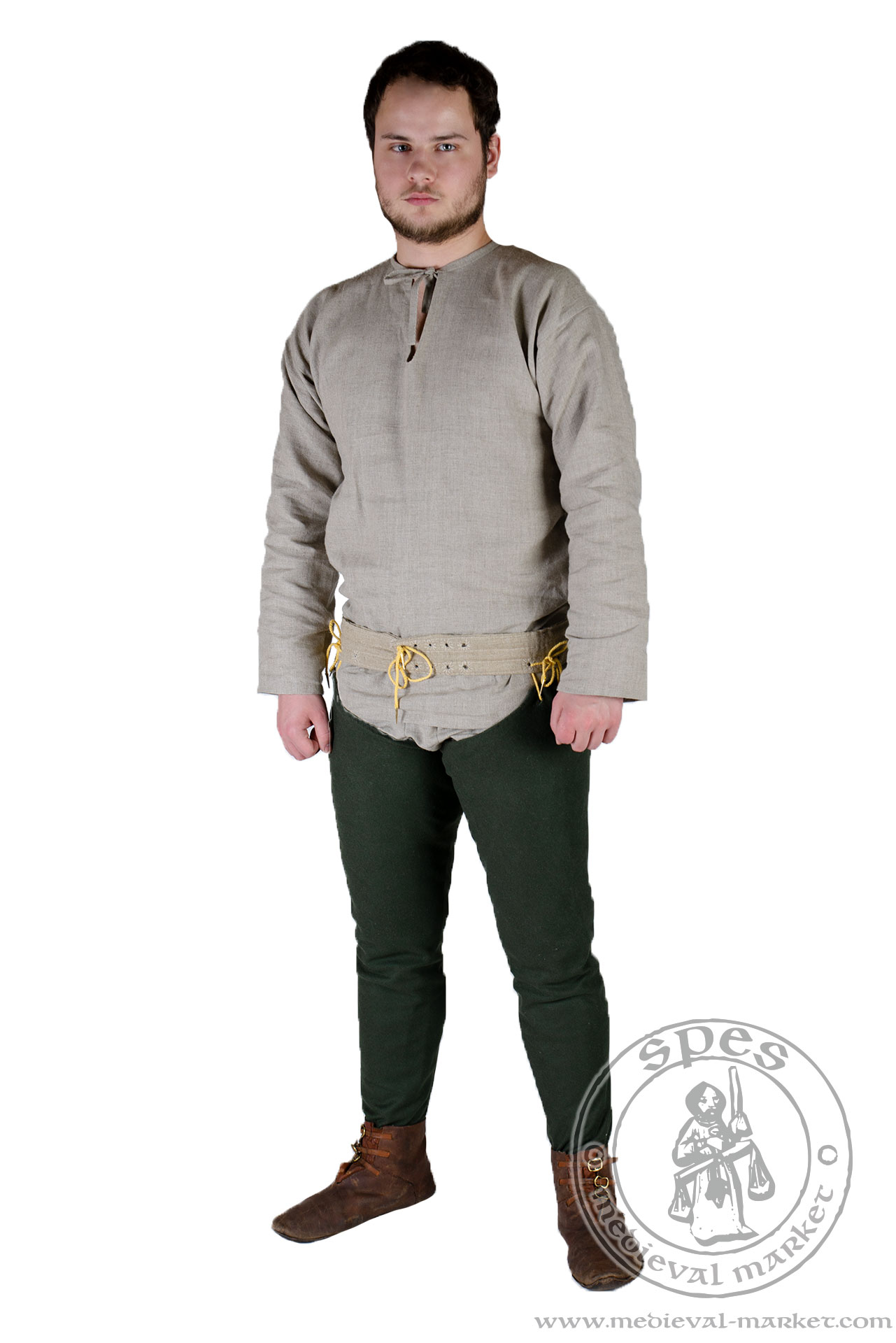
Summary
We had quite a challenge sewing this medieval underwear. We had to decide which elements of the original will work in today's historical reconstruction. Loose cut, interesting trims and necklines as well as length were the main features that we used. In addition, we used solutions that proved successful in the production of men's simple shirts and women's chemises.
The combination of these elements made the shirt / tunic of St. Louis, which we make in every possible color of linen. We are also able to sew it from delicate silk, so if you think about such a solution, write to us now!
A set of 16th-century doublet and shirt, straight from Ireland
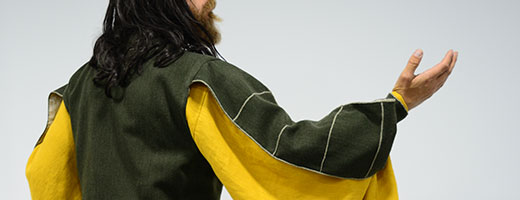

Unusual projects are the ones we like the most, because thanks to the dedicated time we can learn a lot. Let's remember, however, that SPES is not only the "Middle Ages" today, but also other centuries and epochs. Today I am going to show you one of the most interesting orders that we had the chance to fulfill. Doublet and an Irish-style linen shirt, referring to the 16th-century patterns. We based our work on our experience to date and on preserved sources, both material and iconographic.
The genesis of the yellow-green historical costume
"The Kilcommon Outfit" inspired the creation of the 16th century Irish warrior set. These were artifacts from the turn of the 16th and 17th centuries, found during excavations in the vicinity of the Kilcommon swamp. It included:
. doublet,
. pants,
. coat,
. other accessories.
The cut of these robes surprised researchers and gave new light to the times they came from. They referred to the Gaelic fashion, characteristic of the north-west of Ireland.
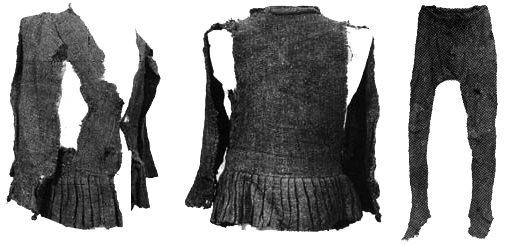
Few words about the Irish doublet
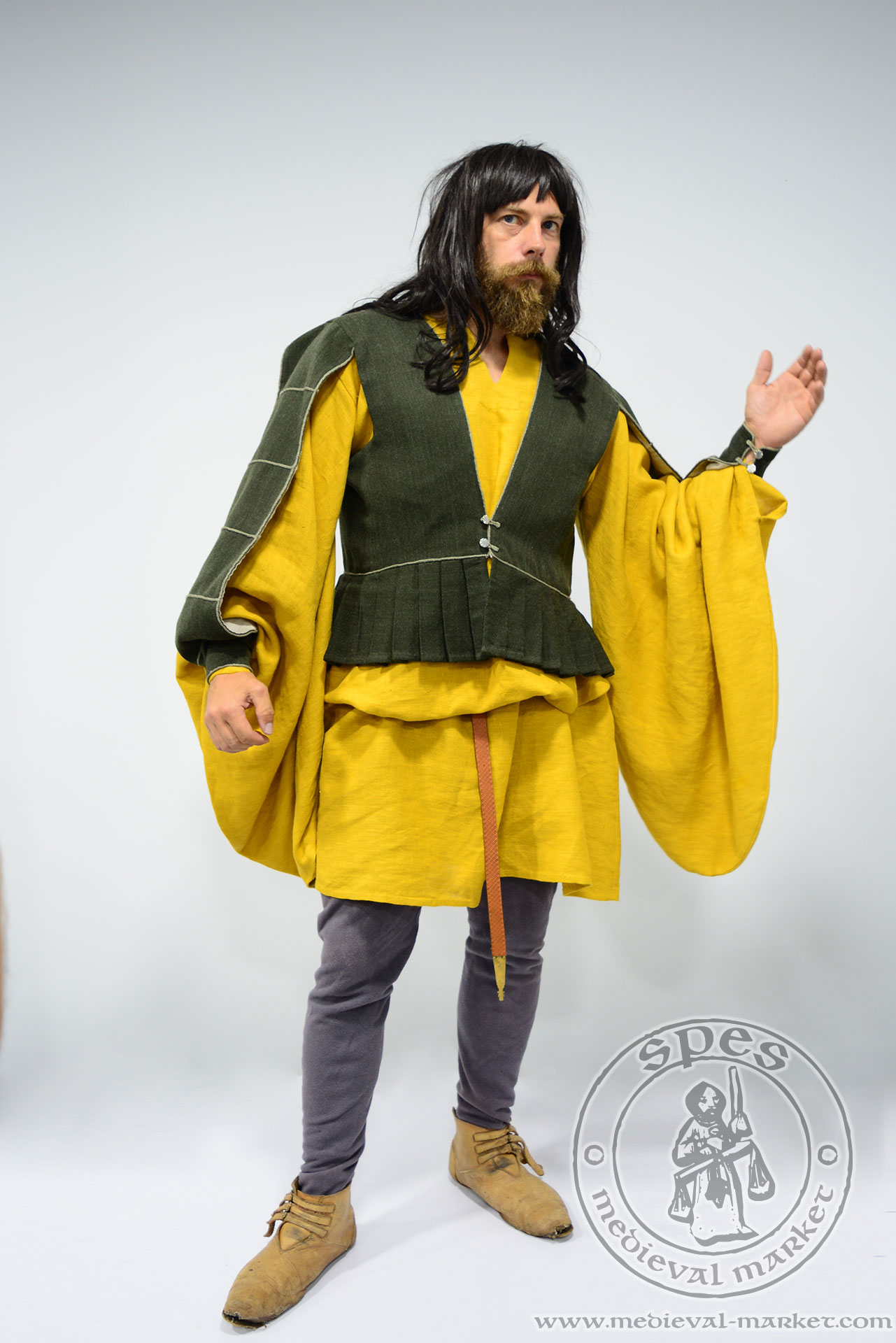
Firstly, I will tell you about the appearance of the doublet according to historical sources, and then I will present how our version of it was created.
This type of male outerwear is called "inar" or "ionar". It was made of thick wool made of light-colored material. The front of the doublet was open and consisted of two parts. It was characteristically short, reaching the hips or waist. It was fastened with one button. The sleeves consisted only of the upper part and were fastened with two buttons at the wrists. The "open" design allowed the extensive folds of the sleeves of the under shirt to protrude freely. Back of the doublet was straight and the whole thing was finished with a characteristic "skirt" (basque). It consisted of several pieces of fabric, folded in pleats. Sometimes "inars" were decorated on the front. They were either floral ornaments or delicately drawn lines. In addition, doublets were decorated with strings / stripes running along the seams.
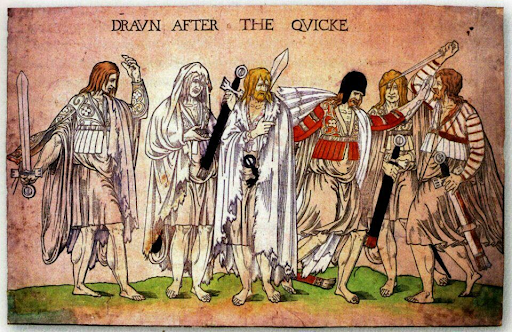
Woodcut of Irish warriors, anonymous author, dated to the first half of the 16th century.
Our project did not differ much from the historical oryginal. We picked khaki wool to match the yellow linen shirt referring to Irish performances. Front has a large neckline, fastened with two buttons at the front. Sleeves are open at the bottom and fastened with two buttons at the wrists. Pleated basque is also similar to the source version. We decorated sleeves and the seam between the skirt and the body with a linen string.

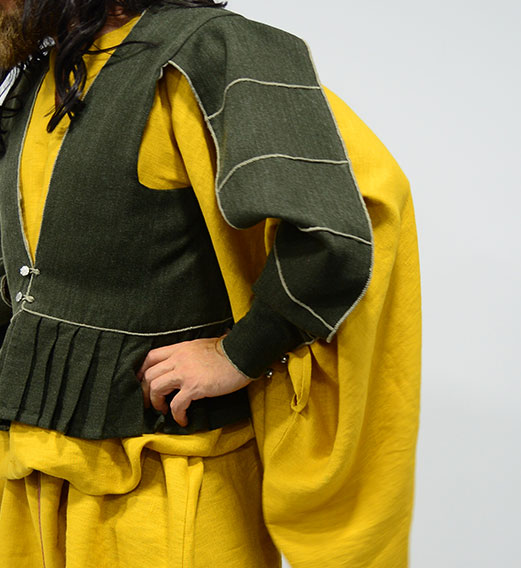
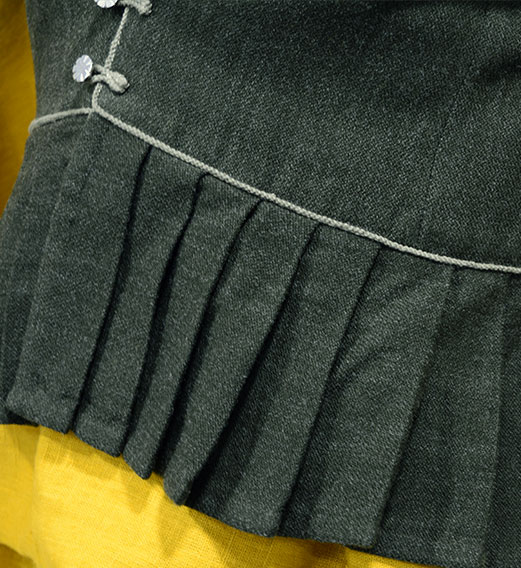
Linen shirt in an Irish style
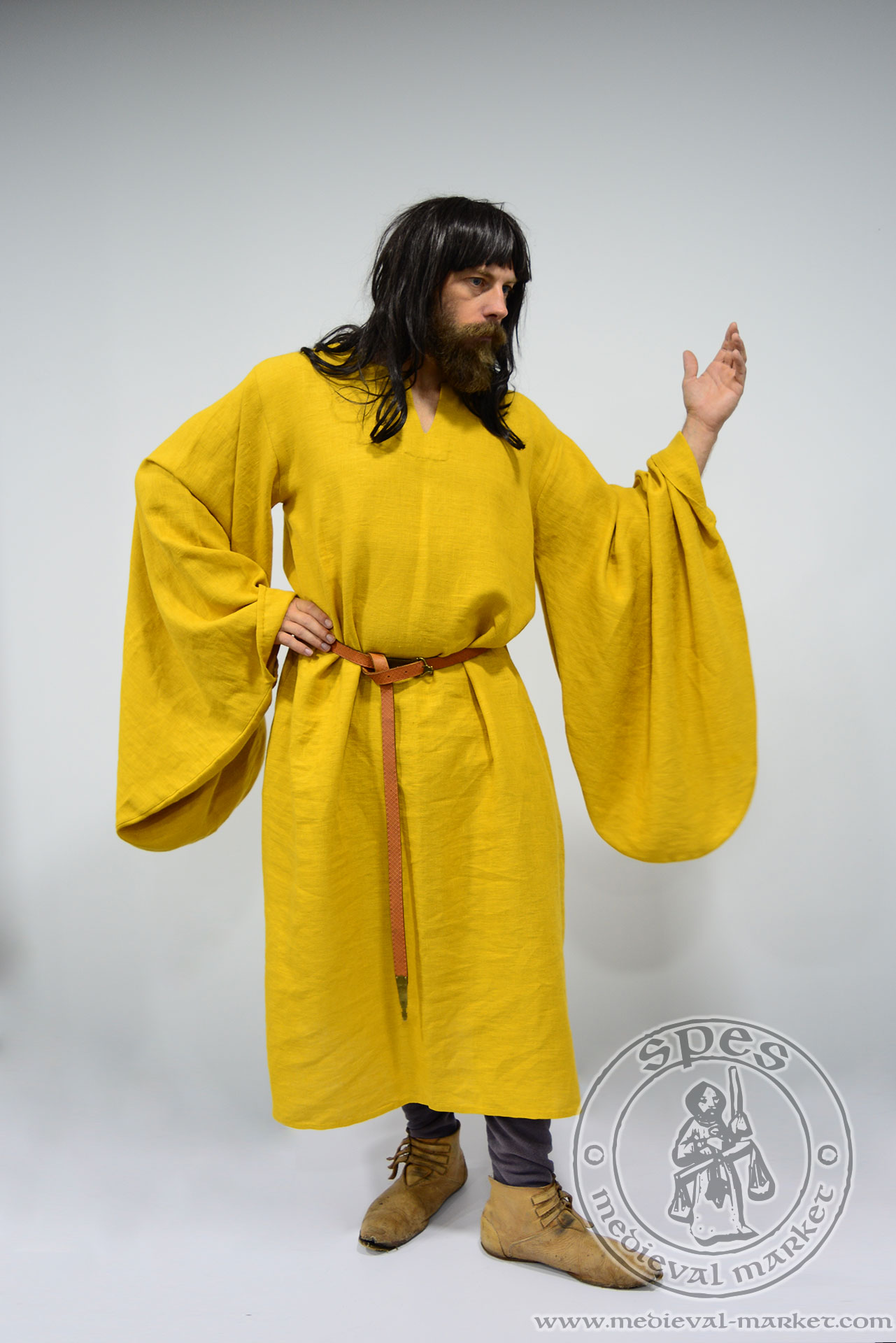
Looking at the photos of the doublet, it is impossible not to notice a yellow shirt with unusual sleeves. However, it was not part of the Kilcommon finds. So where did we get our inspiration from? Well, from iconographic sources.
Such a shirt, also called "leine", was made of linen, often with a tightly woven structure. Rich people dyed it yellow (or light yellow), and the poor wore the natural version. It was ankle-length and was worn with a belt. She was then pulled up to the knees to improve movement. Front of the shirt had a deeper V-neckline. At the rear, it was rounded. Sleeves made this men's underwear stand out. They were extremely wide and hung up to the knee or waist (depending on the needs). At the wrists, they were narrow, but still loose.
This type of outfit resembles early medieval men's long shirts. However, the Irish shirt refers to the Gaelic fashion, characteristic of this part of Europe. The Gaels were an ethnolinguistic group originally from Ireland, Scotland and the Isle of Man. They used their own language, maintaining Celtic traditions. Their costumes differed significantly from the fashions popular in the rest of Britain.
Similarly to the design of the doublet, the shirt sketch was based on the sources, but this time, iconographic. We picked yellow linen and combined two known solutions: Houppelande type 4 and a Tunic of Saint Louis. Of course, we had to modify them a bit according to the patterns. And so, the neckline was finished with the letter "V", from the elbows to the wrists the sleeves had characteristic folds. We left our wrists loose. Our shirt was slightly shorter than the original, but with the use of a belt, it was arranged in line with the Irish fashion.
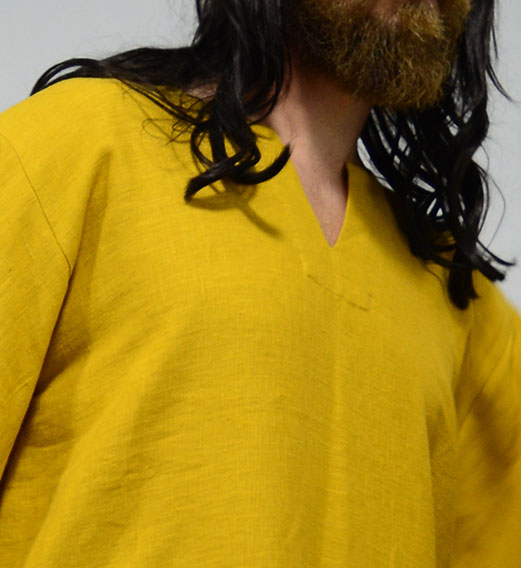
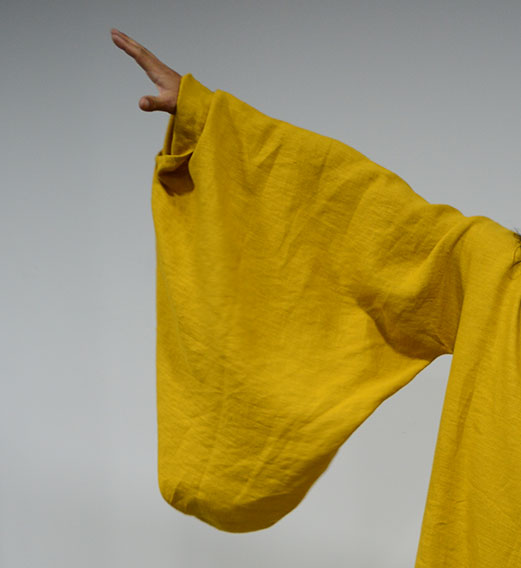
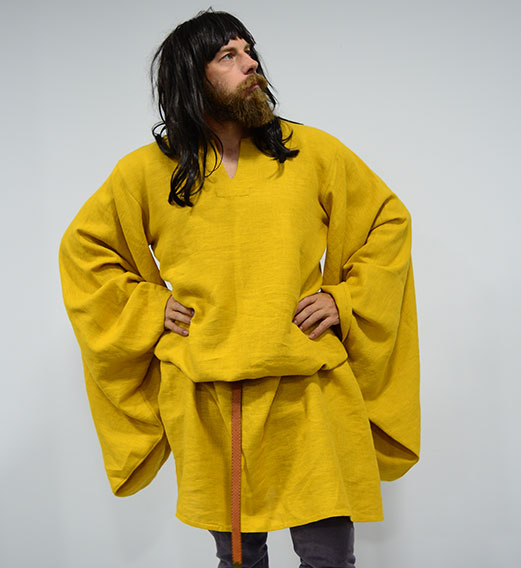
Pants from Ireland
Doublet, shirt, what about pants? Our client preferred our standard pants, which in fact are very close to their historical counterpart.
The ones found in Kilcommon are made in a very medieval style. They consisted of two parts - hip belt and legs (ended with full feet). Each of the elements was made of different types of materials - the upper part was much thicker. The legs were sewn in one place, while the hip part was sewn on the so-called "tipper" (it was sewn on the left side and after the work was done, turned over). Irish pants were tightly fitted and were worn quite low. Their most interesting elements were additional wedges and buttons on the back from the calf to the heel. These elements helped to better fit the pants to the body.
Sources for 16th-century Irish dress
In a book by John Derricke from 1581, entitled The image of Irelande you can find numerous portraits of men in the aforementioned doublets and shirts. Interestingly, they do not have pants, and long linen under-robes reach mid-thighs. Sleeves of the shirts are wide from the armpits to the wrists, but they end quite narrowly. And most importantly - they stick out from under the open sleeves of doublets.
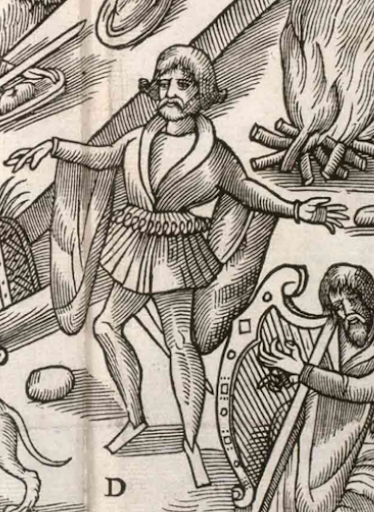

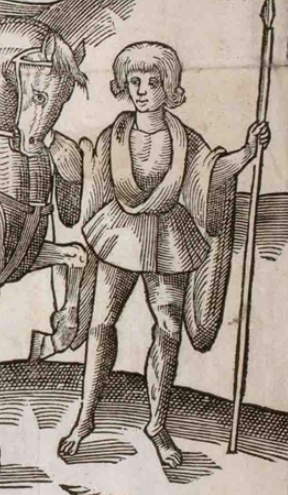
Lucas de Heere in the pages of his book on Irish historical costumes, included illustrations of Gaelic warriors wearing characteristic doublets decorated with fur and strings and long yellow linen shirts with hanging sleeves. This work dates back to the end of the 16th century.


Another example of a book where you can find yellow men's shirts is the so-called Codice de trajes (costumes code) from the 16th century.
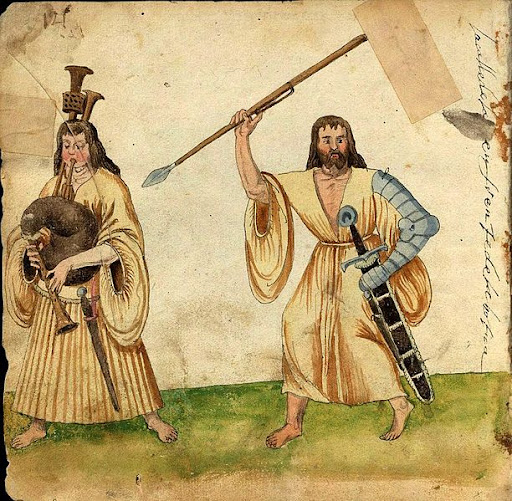
To sum it up
Preparation of such a complicated project has become quite an adventure, both intellectual (historical) and tailoring. It was difficult for us to break away from interesting source studies, and delving into the Gaelic culture gave us a lot of inspiration for the years to come. Both the shirt and the doublet were sewn in accordance with the client's guidelines, so both the shirt neckline and the decorations on the doublet were not as spectacular as in the sources.
After all, it was worth the time to create such an interesting 16th-century set. It also showed that we are not afraid of any challenges and we will certainly cope with every challenge! If you dream about an unusual, full or partial set from the Middle Ages or later - let us know. We will try to meet your expectations as best we can.
A Lot of noise about ... Chemise
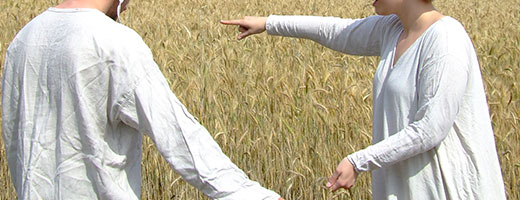

In the previous post, we wrote about various types of men's braies, their way of wearing and medieval realities. Today we will take a look at the women's chemises available in our store. At the moment, the offer includes three types, referring to specific ages:
. 13th century chemise
. 14th century chemise
. "Tight" chemise
What exactly is this "Chemise"?
Before we attempt to discuss each of the Spes chemise types, it is worth answering the question "what is the discussed chemise". Well, it is a long women's shirt that is worn under the under-dress. Of course, it comes from men's shirts, but for practical reasons, sometimes, they were much longer.
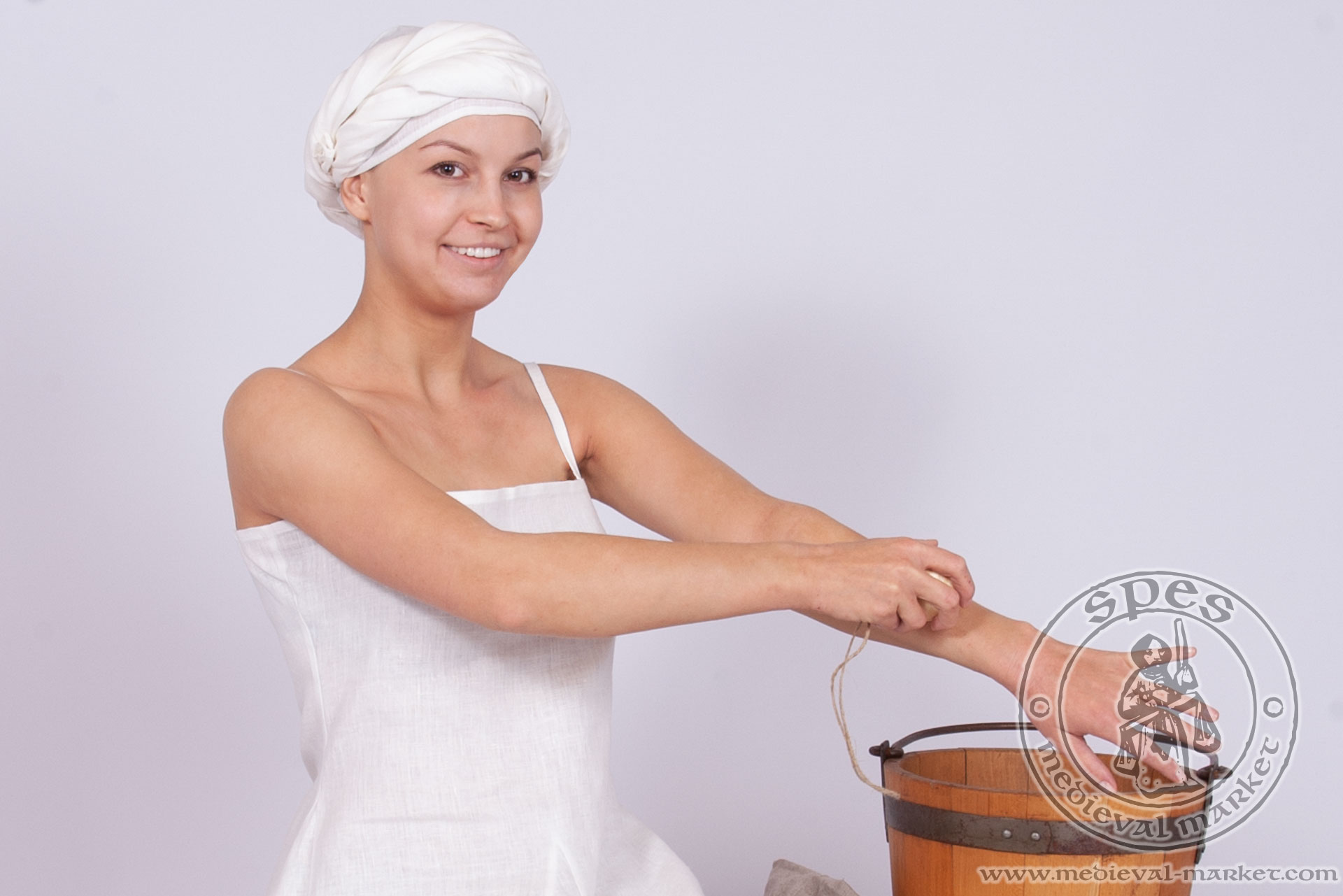
Without this piece of clothing, no decent lady would have left the house. Depending on the fashion in a given age, chemises were long or short-sleeved. Reached to the ankles, calves, or just below the knees. They were loose and airy, or fitted and emphasizing the figure (especially the bust and waist). Not only the length or cut has changed over the years. Through the epochs, the cleavage became bigger. Although they revealed more of the body, yet subtly emphasized the most delicate and at the same time the most attractive parts of the female figure - neck, shoulders, collarbones or the upper part of the neckline.
By the way, it is worth mentioning the culture of washing the body, which, contrary to popular opinion, was a very important element of everyday life of men and women. Baths were treated as medicines for various ailments. Public baths, many of which were located in the streets of European cities, were very popular. The manuscripts often show the feasts that took place in the baths. When it comes to feasts, there is also a lot of fun, and when it is fun, there are also bodily pleasures which equals to diseases - in order to heal them, you had to go to the baths, and so, the business did spin.
13th century chemise
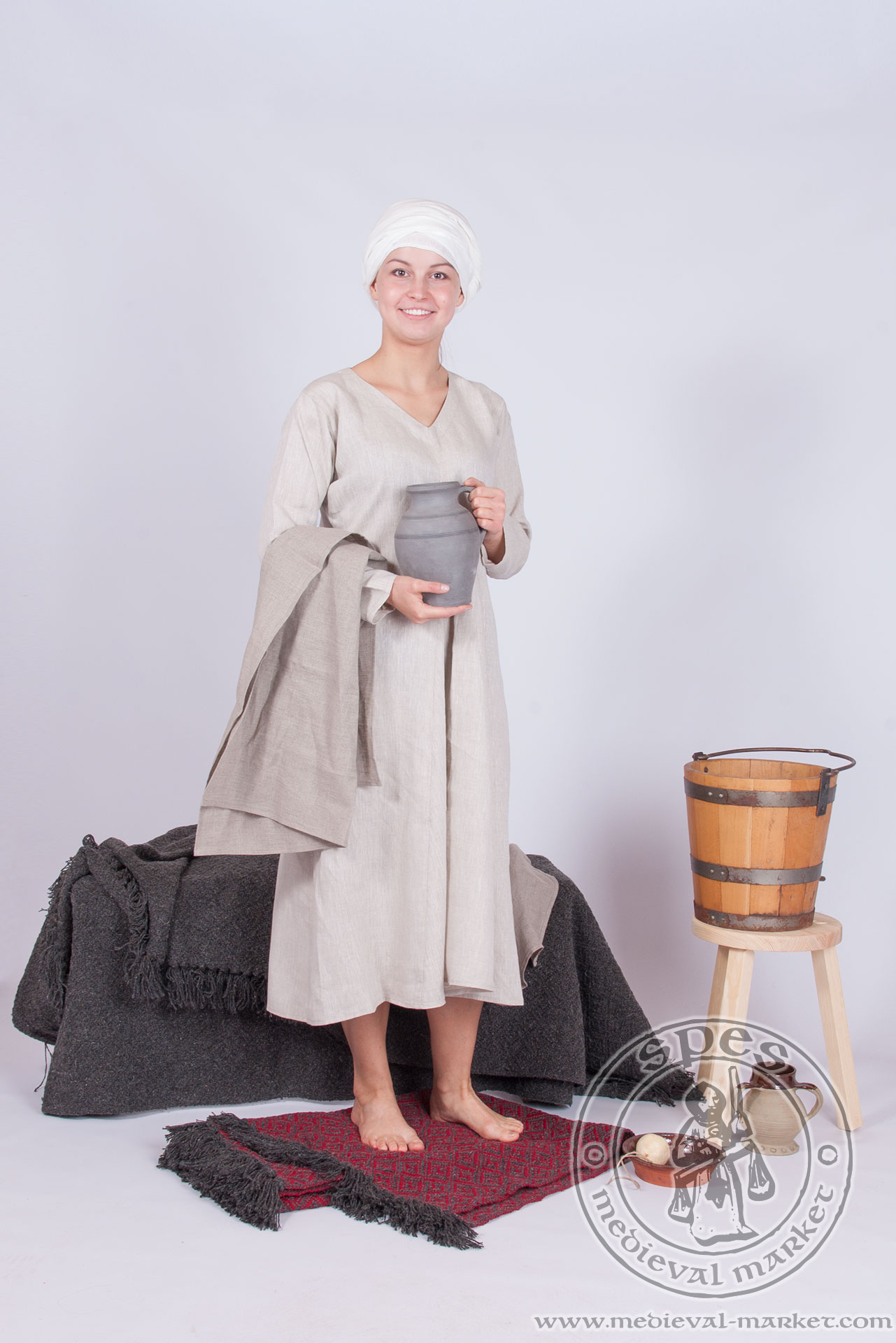
This type of women's underwear has long, wide sleeves and reaches the middle of the calf. In this chemise, the shoulders are covered and the neckline is in the shape of the letter "V". The cut resembles under garment, thanks to which it fits perfectly underneath it, adding a bit of volume.
Its appearance is reminiscent of long shirts for both men and women, known in the 13th and earlier centuries. The neckline is also very characteristic of the early Middle Ages, used in various types of bottom and outer garments, regardless of gender. The necklines of the dresses were much smaller than in the following years, and therefore chemises were more built-up.
Among the sources for this type of women's underwear, apart from manuscripts, there are also material finds that have survived to this day. On this occasion, it is worth mentioning the Isabella of France shirt, St. Louis, King of France, sister, whose neckline is characteristic of the 13th century chemises. Other examples of this type of underwear can be found in the Morgan Bible from 1240.
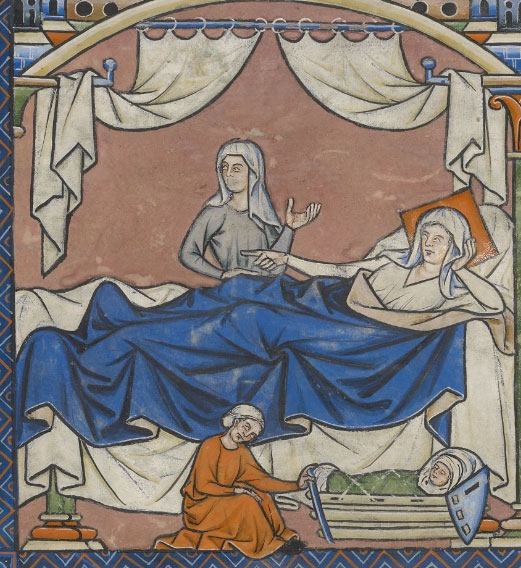

These long shirts were worn under more voluminous under-dresses. Thanks to their cut, they emphasized their airiness and cut. Sometimes, sleeves could be a bit narrower, which made them even better suited to the dresses of that time. They added curves or emphasized them, which makes it possible to distinguish beautiful ladies from dignified men in the drawings without any problems.
14th century chemise
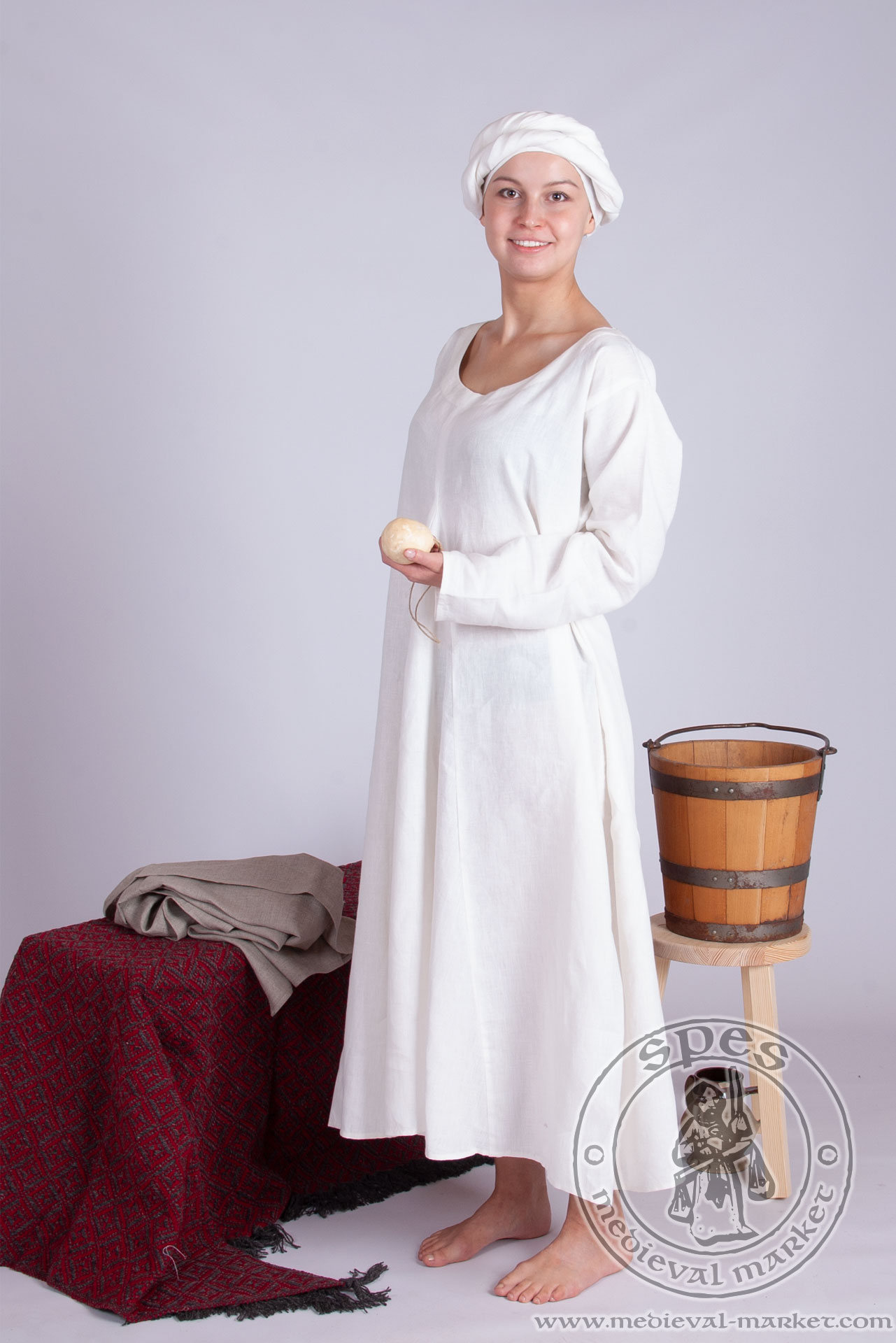
This type of women's underwear is slightly different from its previous version. It has an equally loose cut and sleeves, but it differs in the cut of the neckline. It is much larger, more semicircular and resembles the letter "U". This chemise is also distinguished by its length. It is the longest in relation to other women's underwear available in our offer.
Among the material and picture sources, you can find numerous patterns for the 14th-century chemise. It is worth mentioning here in what situations women in underwear are presented in the manuscripts. Most often, ladies work in the field wearing chemise, undress to bathe or are presented while taking it. On the old pages you can find ladies laid in bedding and wearing white underwear.
Womens working in the Tacuinum Sanitatis from the mid-14th century or in The Tacuinum Sanitas of Casacatsnse from the end of the 14th century are dressed in this type of chemise.


But also ladies in various other situations, e.g. in Des cleres et nobles femmes, De claris mulieribus in an anonymous French translation (from the first quarter of the 15th century) and in Regnault de Montauban (from the second quarter of the 15th century).
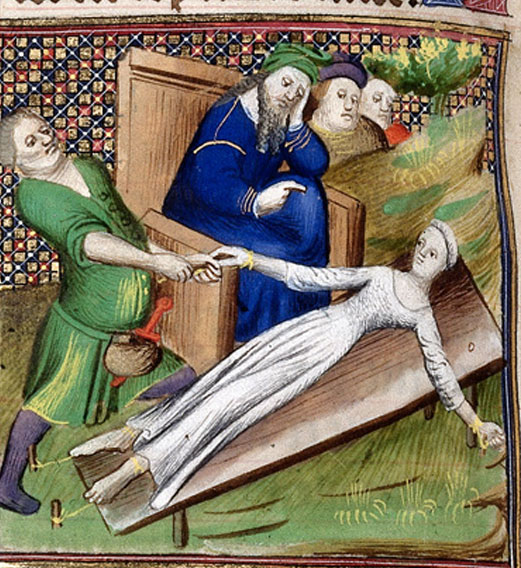

The semicircular necklines greatly accentuated the slender necks and the top of the chest. Gently protruding over the neckline or sleeves, they attracted eyes and diversified the styling. It must be remembered that in the Middle Ages nudity was not synonymous with desire, but rather with purity of both body and soul.
"Tight" chemise
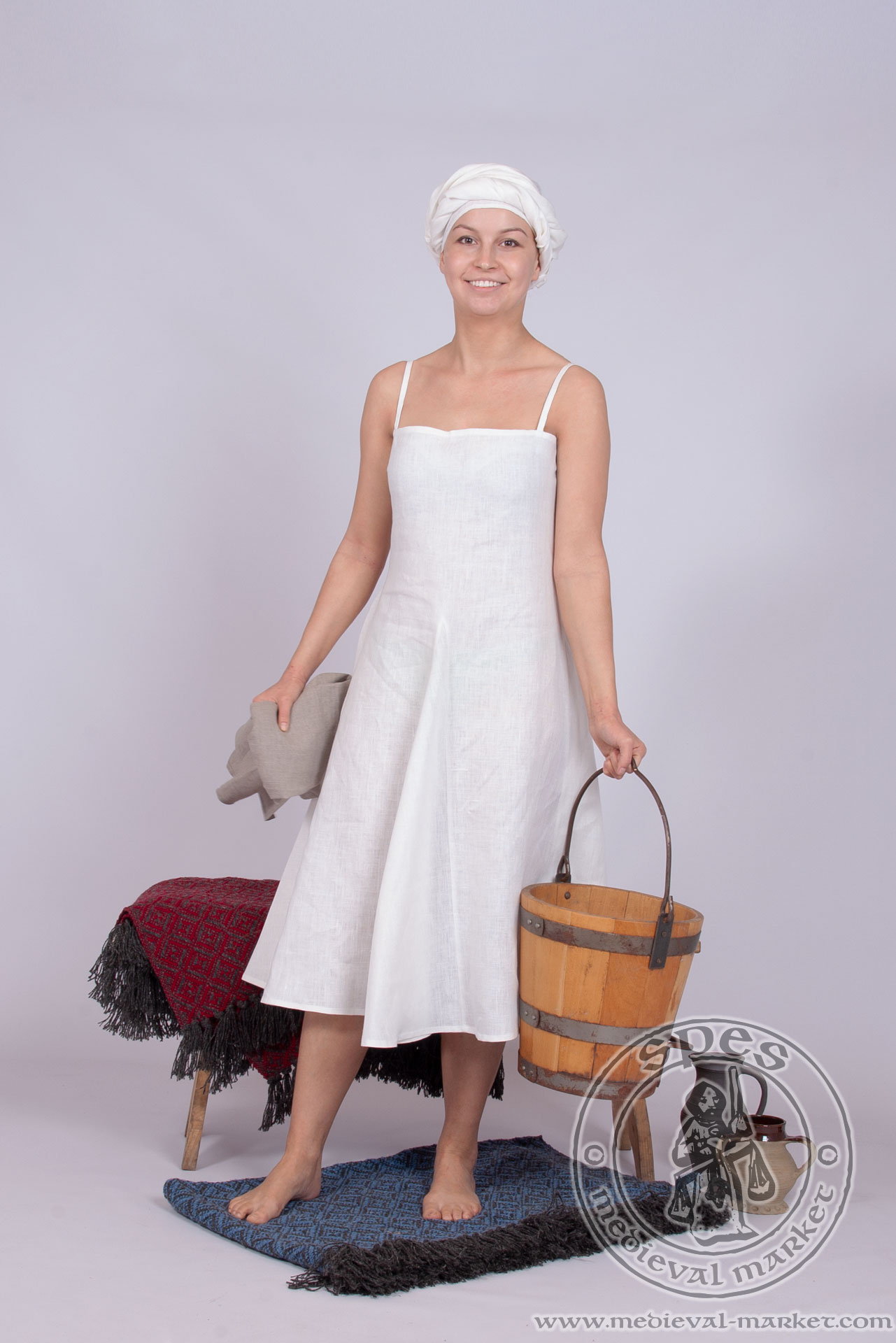
This type of women's underwear, on the other hand, is characteristic of the 15th and even subsequent centuries. Like the previous two types of chemise, "tightness" is the basic element of a late medieval woman's wardrobe.
Depending on preferences, it can be tight to the body or more loose. However, compared to historical sources, it can be assumed that this good fit to the torso is a characteristic feature of this chemise. Unlike other women's underwear, it has no sleeves and the neckline is straight (both at the front and at the back). Ends below the knee.
Most often they were worn under tightly fitting outer dresses. Due to the good fit and emphasizing the roundness, a woman could look much better in a cottehardie or a dress with a long train. The lack of sleeves did not restrict the movements and did not make it difficult to fasten the buttons. This underwear also worked well with large necklines, which in fact grew larger with each development of fashion.
Women portrayed in "tight" chemises became a very popular way to "diversify" medieval manuscripts. An example can be ladies on almost every page of the so-called The Bible of Wenceslaus IV from 1390 - 1395.
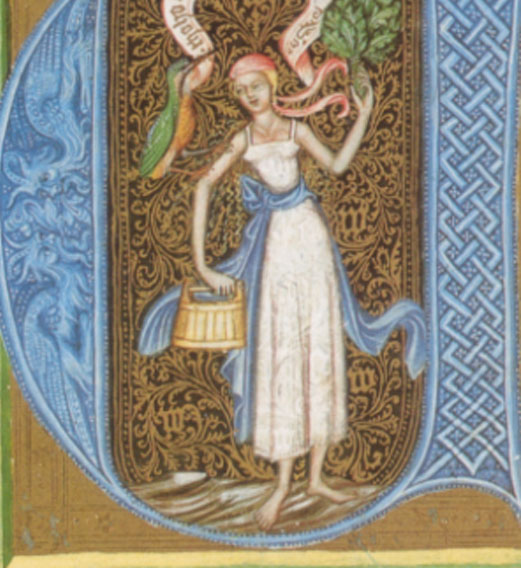
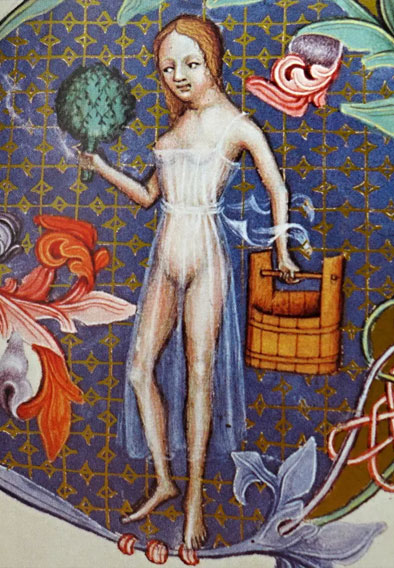
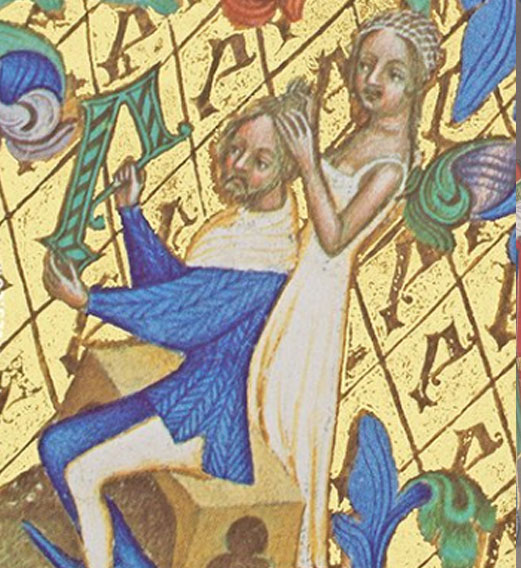
Watching these types of images of women, it's hard not to have some kind of association. During the Middle Ages, female nudity apparently aroused a keen interest in artists and painters. Was it just a fascination with feminine purity, or maybe an excuse to show something more?
To sum it up
As you can see, the chemises available in our offer differ slightly from each other and meet different needs. Depending on the age to be played or the outer garment you have, you can choose the most suitable underwear.
It is true that our chemises are made of delicate white or natural linen, but if you have such a need, we can make them of silk, satin or any other material of your choice. We are also open to your suggestions when it comes to adding, for example, a binding on the side, front, neck or sleeves. We are also able to prepare a chemise perfectly fitting your body or completely loose. The choice is yours.
When it comes to braies.
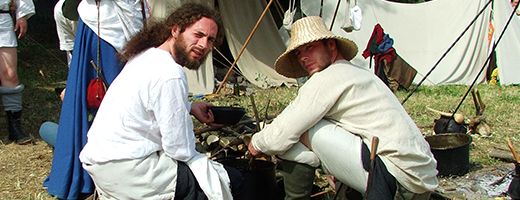

During order processing we often receive from you various questions about braies and which of them will be the best for your costume. There are also questions about their length. In this post we will try to dispel any doubts connected with this garment.
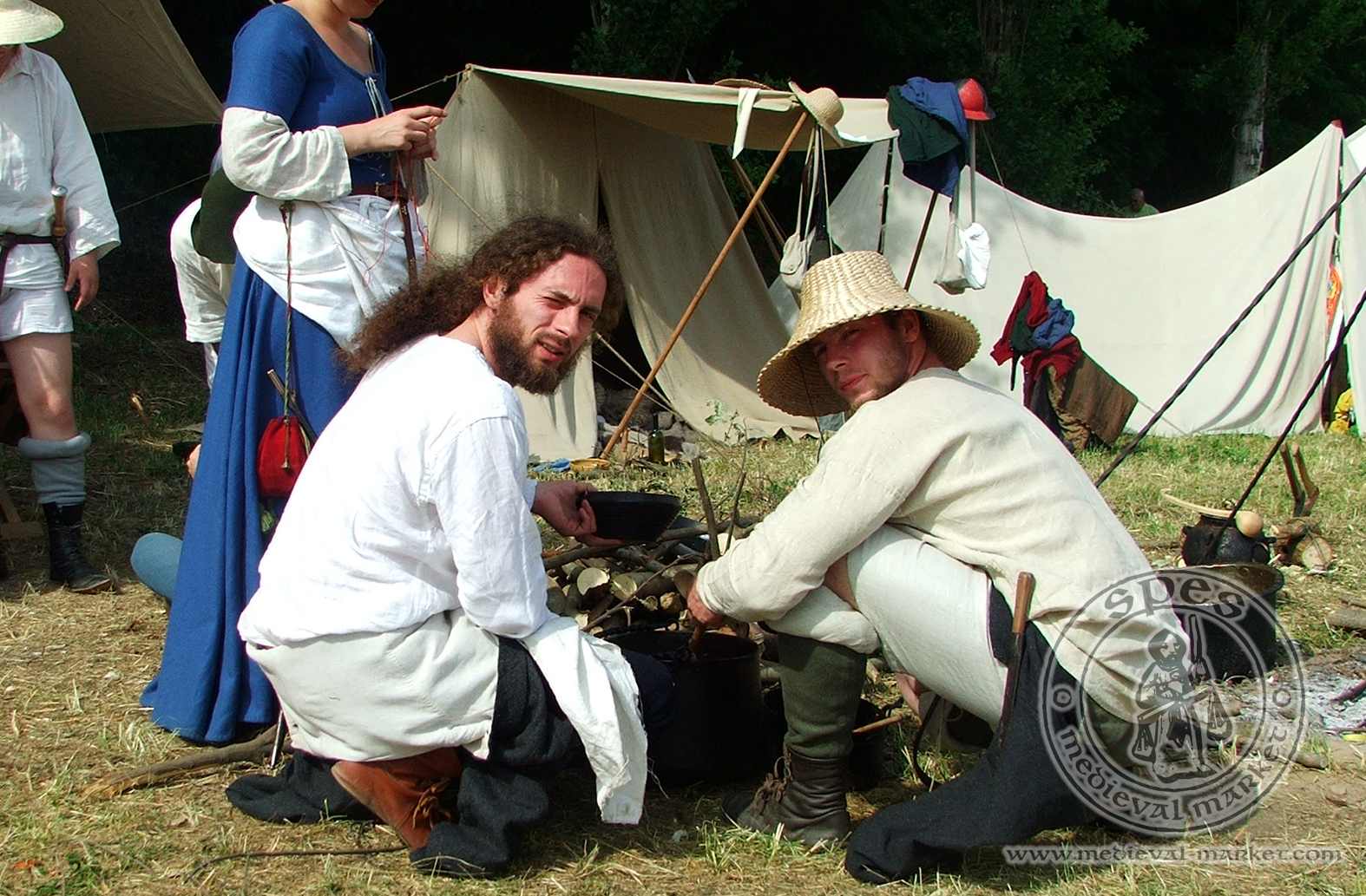
You are probably wondering where we gain our knowledge from, as there's not much of original medieval braies left. The basis for our garments was medieval iconography. Numerous manuscripts present people wearing various types of underwear. Usually they were workers and farmers during their duties, but also enslaved women and men, who had nothing more to wear. As you may be aware, in the Middle Ages, besides the cult of saints, there was also something like devotional respect for the body - this is why you won't find depictions of the rich, rulers or saints with visible parts of their underwear.
Long braies
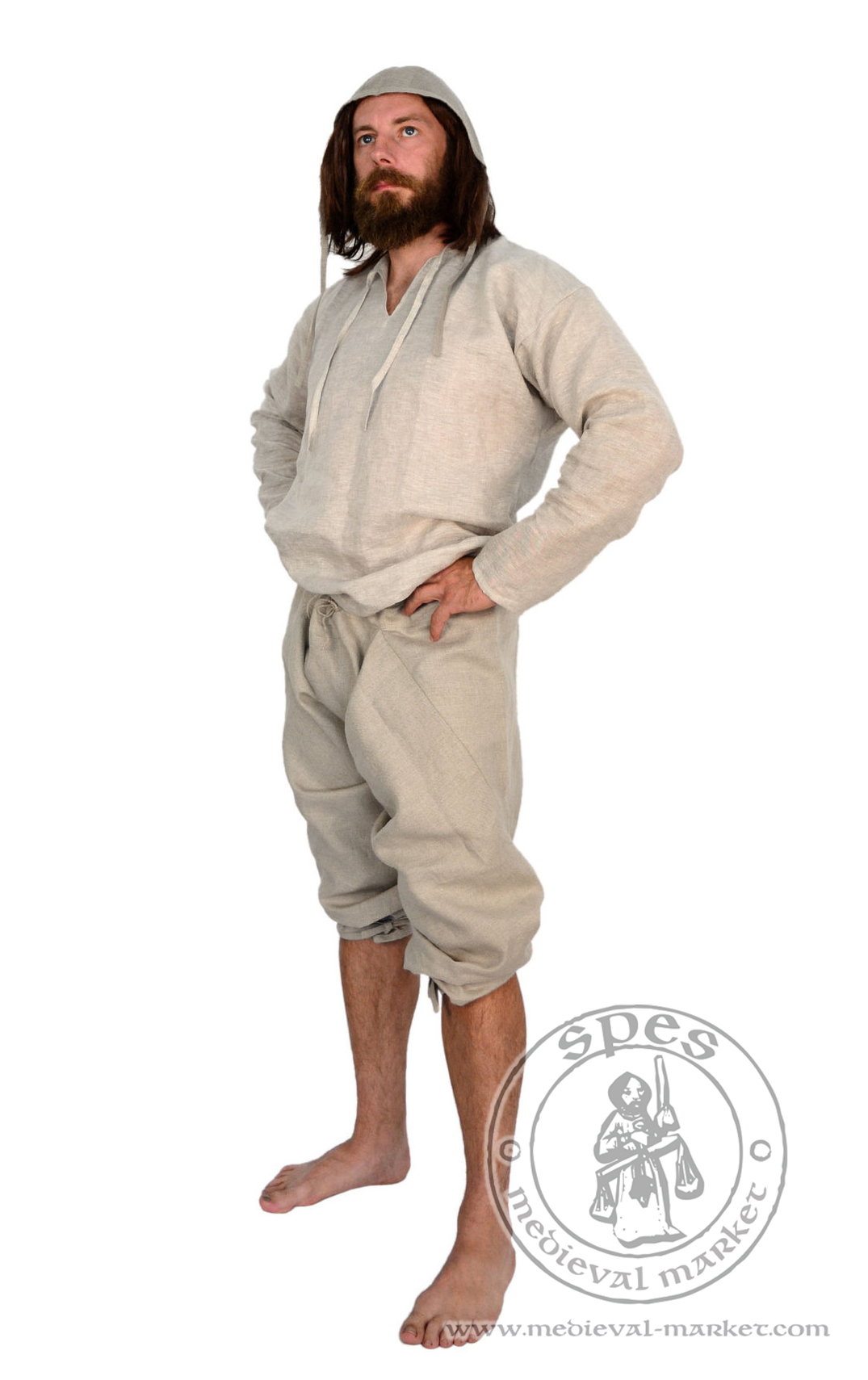
Legs of this garment reach under the knee and their openings have stripes to adjust their length and shape. Made of smooth, 100% linen of white or natural color.
Long braies are typical for an early medieval period, even up to the 14th century. They gained their greatest popularity around the 12th-13th century and they were worn mainly during work as an addition to or an alternative for hose. In this case, wearers made openings in the waist section for attaching the hose. Tapes on legs were tied in two ways:
- under the knees, adding some puffiness to braies
- tied to the waist (to the suspender belt or hose's holes)
In accordance with the former fashion (long outer garments, incomplete hose), braies were also quite long. They were worn by all social classes. They do not hinder the movement and help in keeping the warm during winter. In summer they were perfect for field work thanks to their fabric.
The most popular depictions of men wearing long braies can be found in the so-called Morgan Bible.
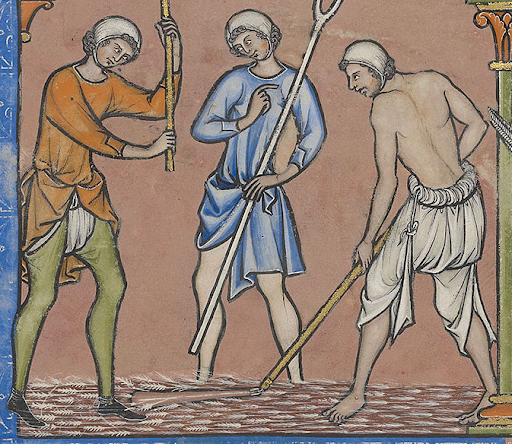
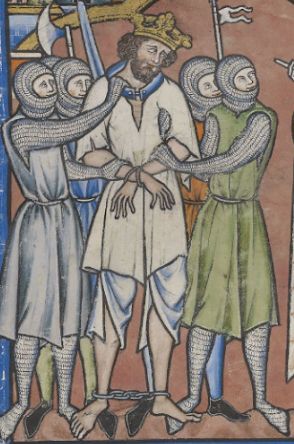

On Italian frescoes from the 14th century, currently kept in Palazzo Pubblico in Siena, farmers wear similar garments during their work.
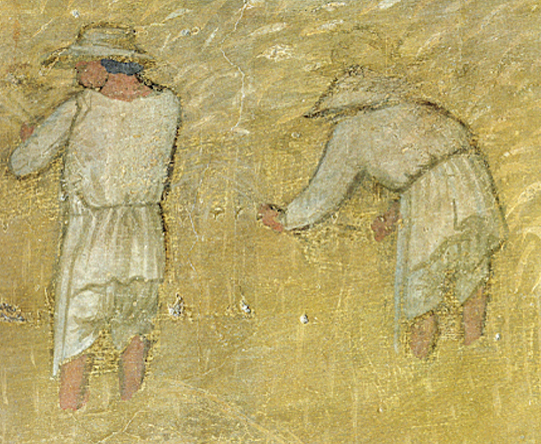
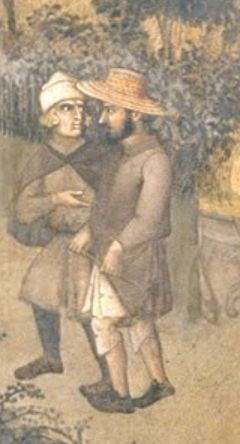
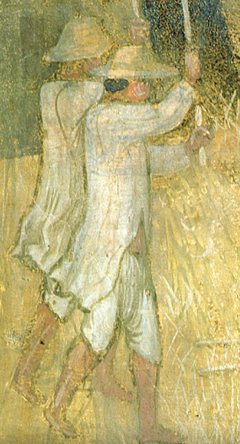
Let's be honest. It's hard to imagine medieval camping in high temperatures with full woolen equipment and leather boots.
Medium braies
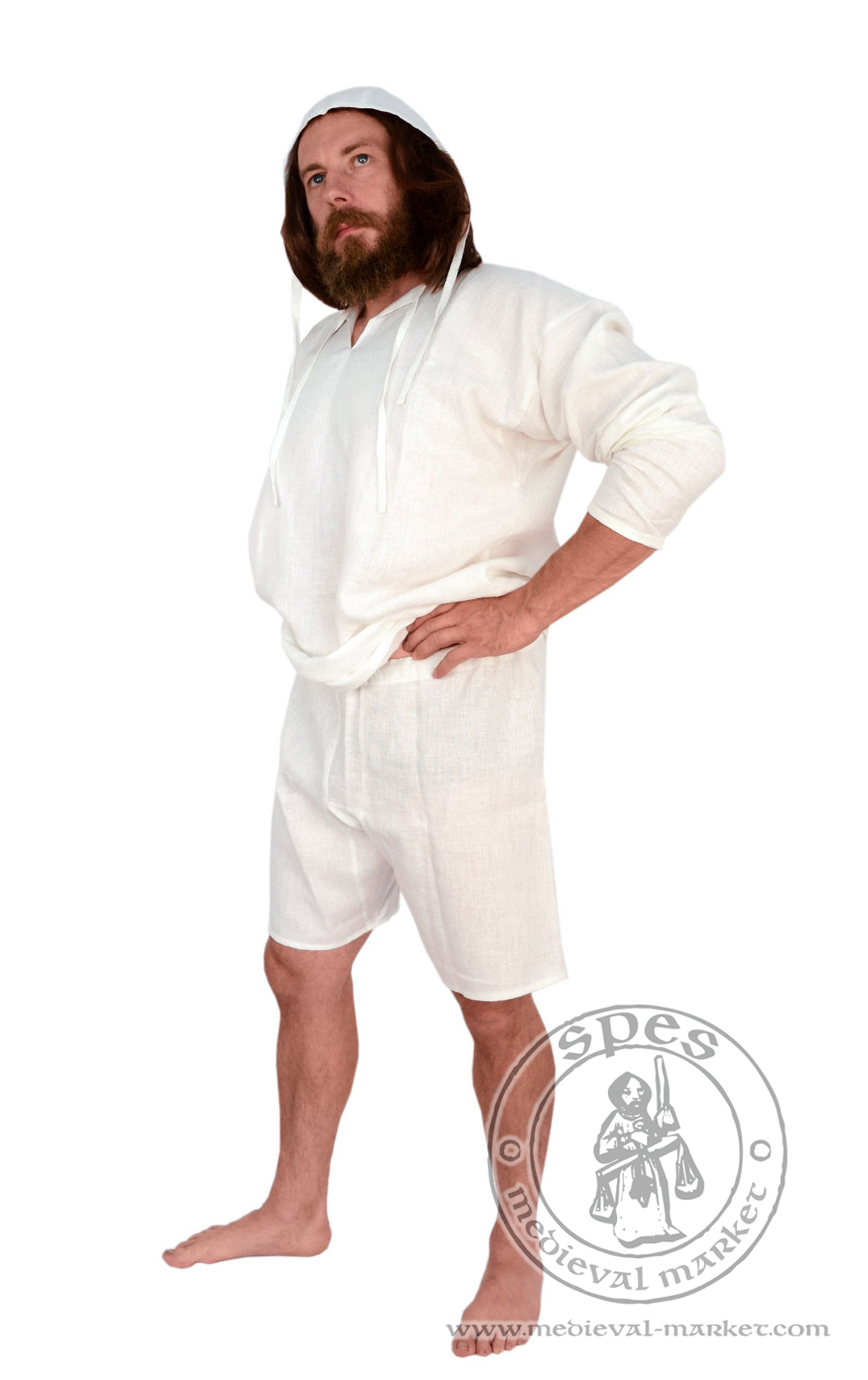
The most universal and the best-selling braies from our assortment. They reach from the mid-thigh to the knee, depending on a chosen size. They have no additional strings besides the one in the waist.
Typical for the 13th-17th century period. Perfect for an early and late medieval hose, as well as for joined-hose.
They came to existence with the growing fashion for shortened garments. Hose became more fitted to the body, so the braies had to change. They are shorter and less spacious, perfect for civil clothing and arming garments. Just like earlier, sometimes illustrations present these with holes in belts to tie up the hose.
Some examples of the historical sources:
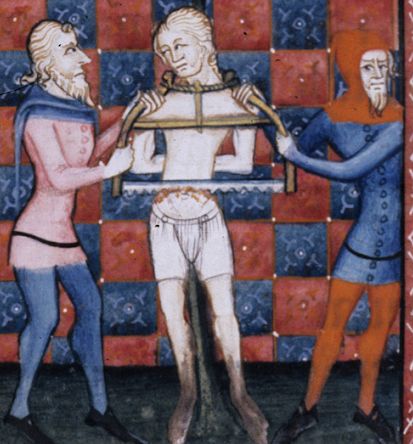
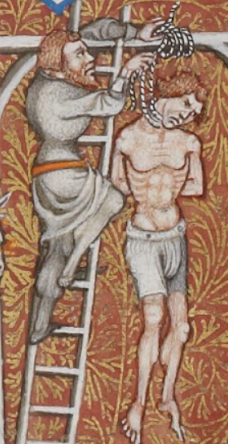
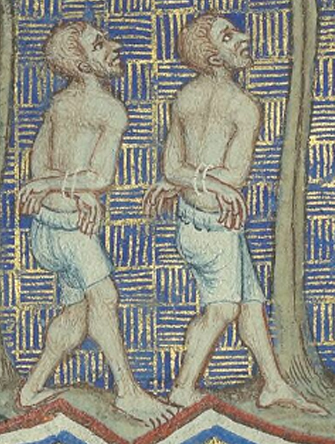
Short braies
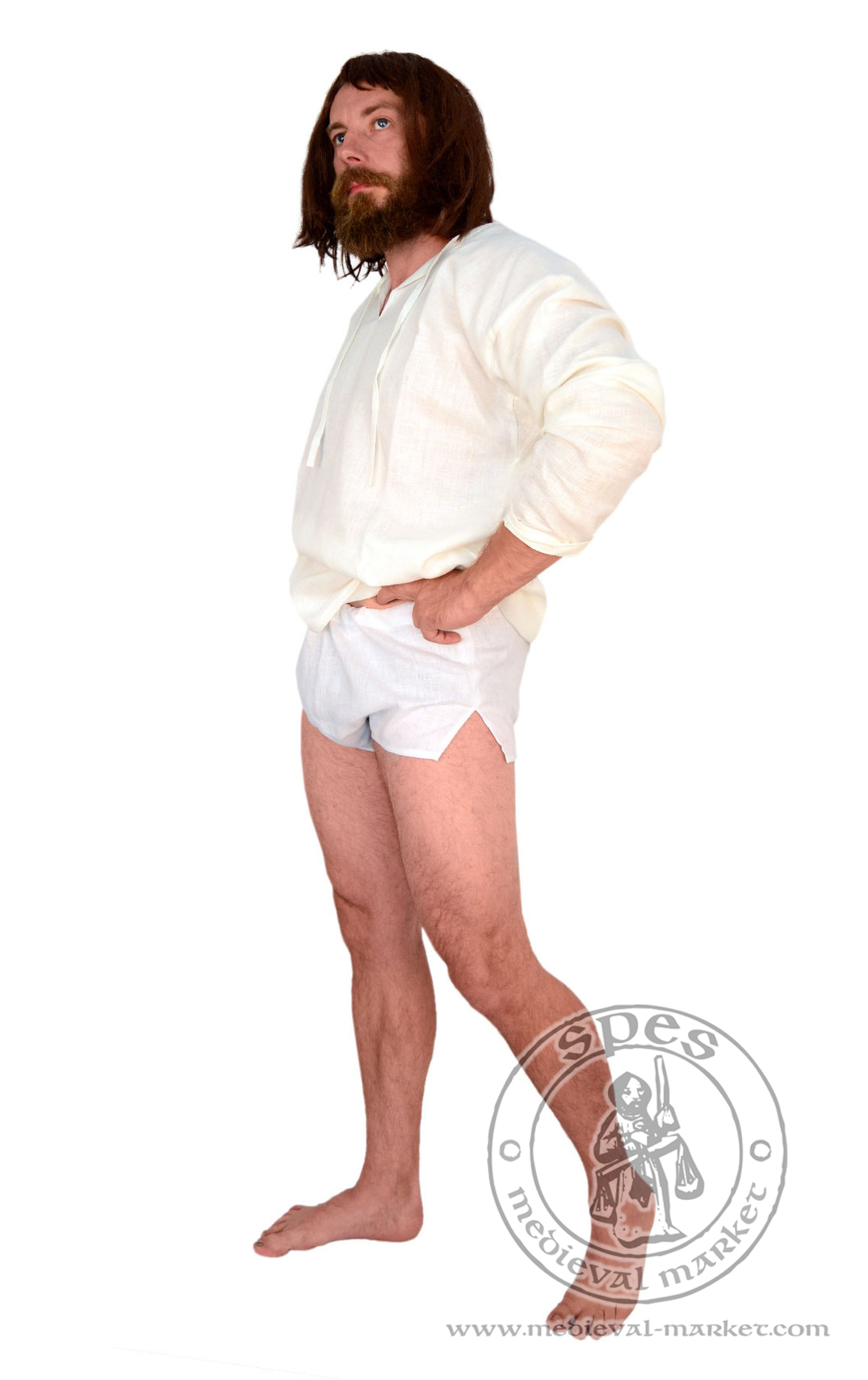
The shortest model from our offer, reaching only the upper half of thighs. Made of natural, breathable linen, just like previous models. Fastened under the belly with a string. These have slits on sides for better fitting to male thighs.
Typical for the late medieval period and later periods. Nowadays they are still available in the form of so-called boxer shorts. They have a very characteristic shape, fitted to the body, which is sometimes undervalued by reenactors. It's the best with the fitted, complete hose, and of course with pants. Fitted late-medieval clothing adjusts to the body in a better way and thus it highlights the figure perfectly. They are also more comfortable with armor, as they do not protrude from between the plates.
It seems that this model is the most popular in historical illustrations, so we can say it was more popular in the Middle Ages than now.
On the frescoes in the Italian San Bernardo church in Pigna you can find numerous depictions of men wearing short medieval braies. Paintings are dated to 1482.
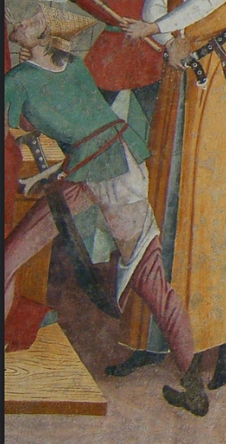
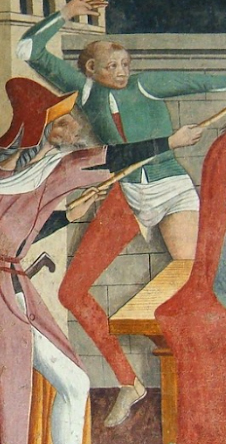

Other examples of late medieval braies. As you can see, they were popular also among farmers and the working class.
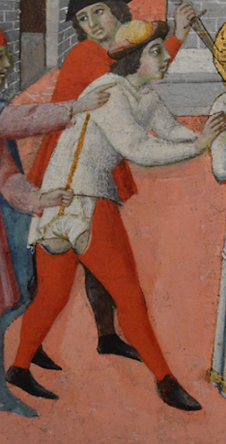
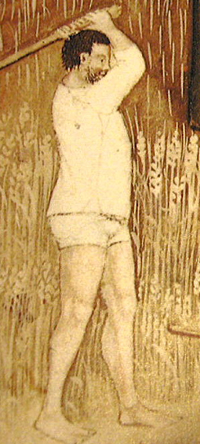
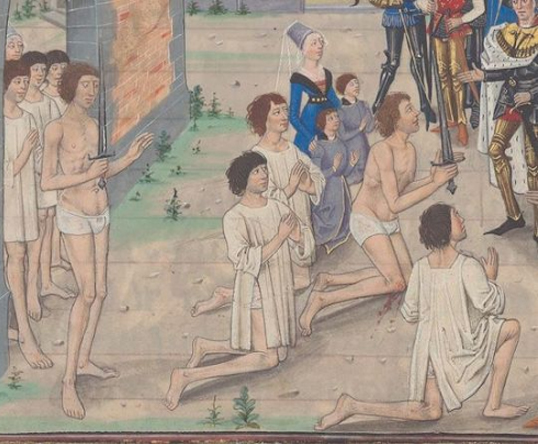
To sum up.

You should remember that historical reenactment is not only a passion, but also great fun! The choice of underwear is individual and one should not judge its length from the modern perspective.
And please remember that if you care for a full set of properly fitted and historically accurate costume, we can help you.
If you have any questions on this topic or you would like us to make a post on a specific topic, let us know!
How to prepare a medieval camp?
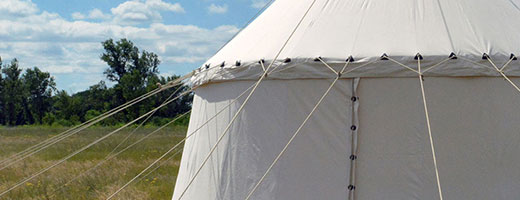

One of the most pleasant activities connected with medieval reenactment and various LARP events is camping. It's a perfect way of spending time with friends and family, but also an activity perfectly aligned with the reenactment movement and - with the right preparation - allowing for a specific return to the past.
How to prepare your first reenactment camp? What is worth remembering about?
Which medieval tent to choose?
Tent is the basis - it will be your main shelter during the event. Remember that the weather likes to surprise. Reenactors have various needs as some of them look for a tent for a group, some look for a one-person tent, and some, like pilgrims, want a shelter easy to transport and assemble. And let's not forget about historical accuracy! Luckily, there is a lot to choose from.
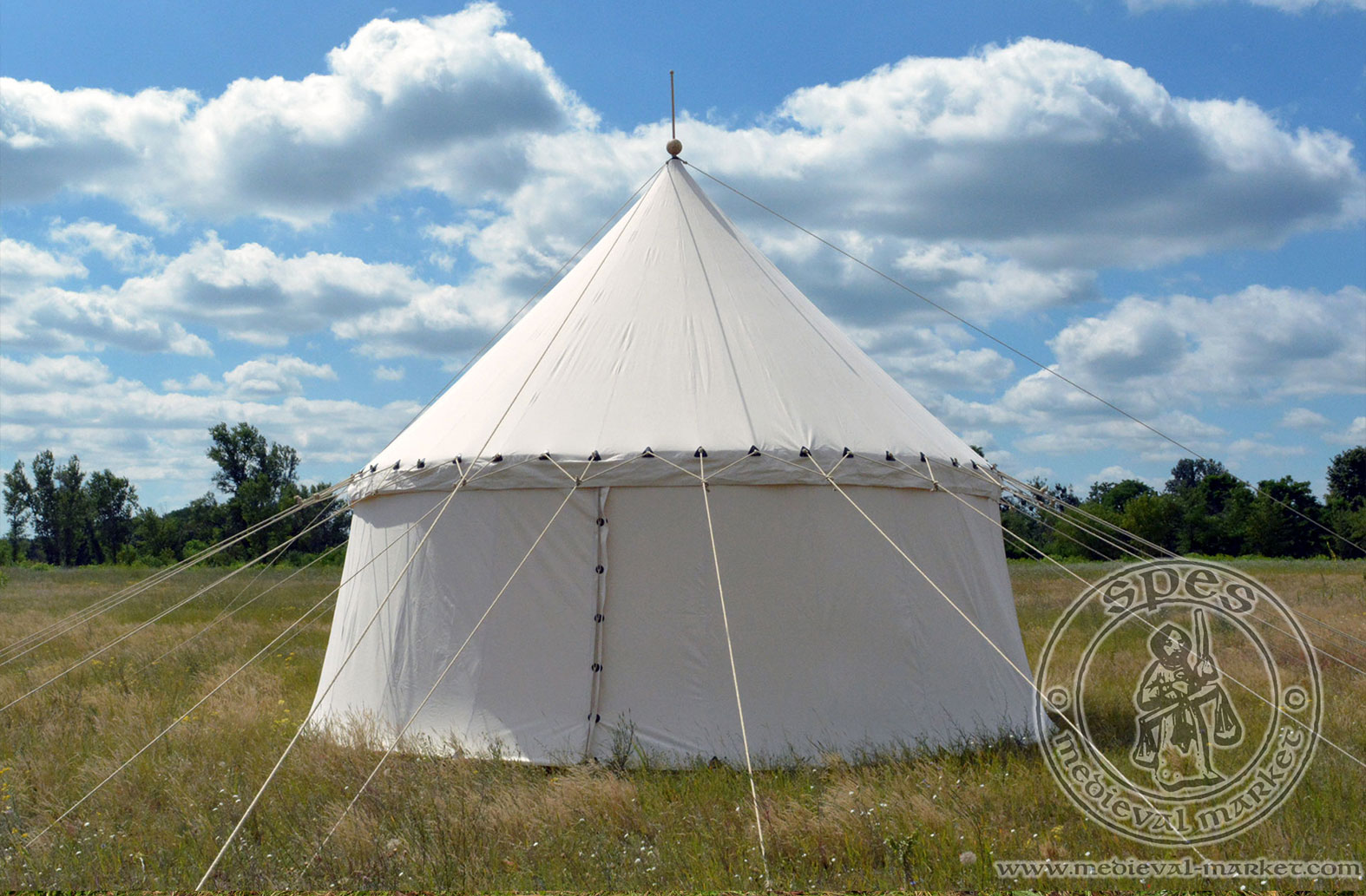
Groups and families usually choose pavilions with one or two masts. These not only reach impressive sizes - sometimes comparable with a small house! but at the same time they are tall and spacious, and thanks to nearly upright walls it's easy to move inside them. It is also easy to furnish them with chairs, chests and other goods, making a functional room or a merchant tent.
Pair and individuals may be interested in medieval cones and Soldier tents. These models are lighter, easier to assemble, and much cheaper.
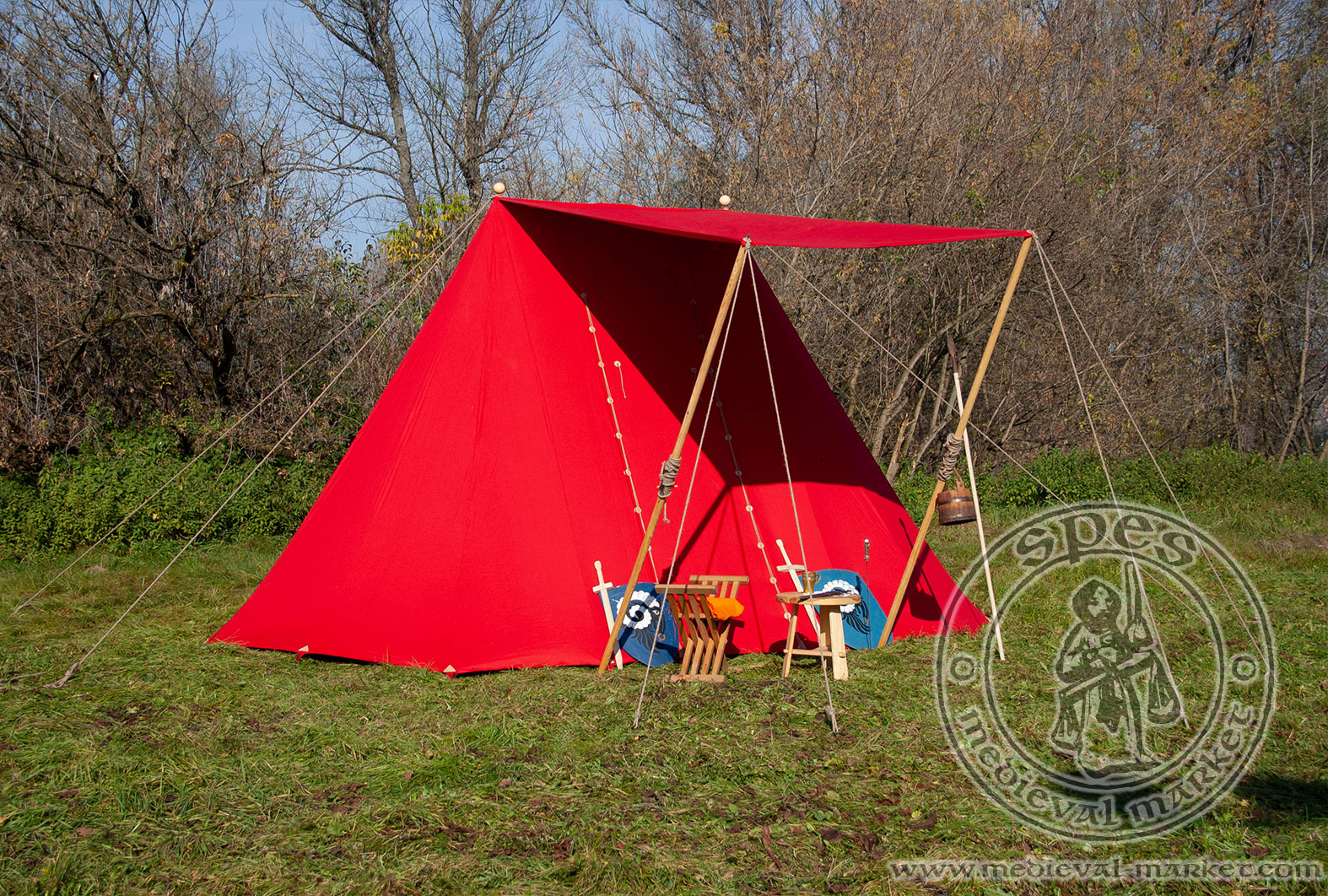
Depending on the character of the event, organizers and participants may be interested in some other specific shelters. For example, a simple linen shed will be invaluable during a medieval feast.
Medieval tents usually are available in more historically accurate linen version or a little cheaper impregnated cotton.
A tent and its historical accuracy
Dating and storage are not everything. To keep logical and historical consistency in medieval camp, the shelter should match a person using it. A king sleeping under the sheet between trees, as well as a peasant girl in bed under the richly decorated pavilion, will look not very convincingly in the eyes of campers.

Accessory for medieval camp - the devil is in the details
An impressive pavilion, may become useless when you forget about a few necessary accessories. Don't worry too much, as manufacturers usually sell their tents with a set of additives, so all you have to worry about would be a hammer and motivation for work.
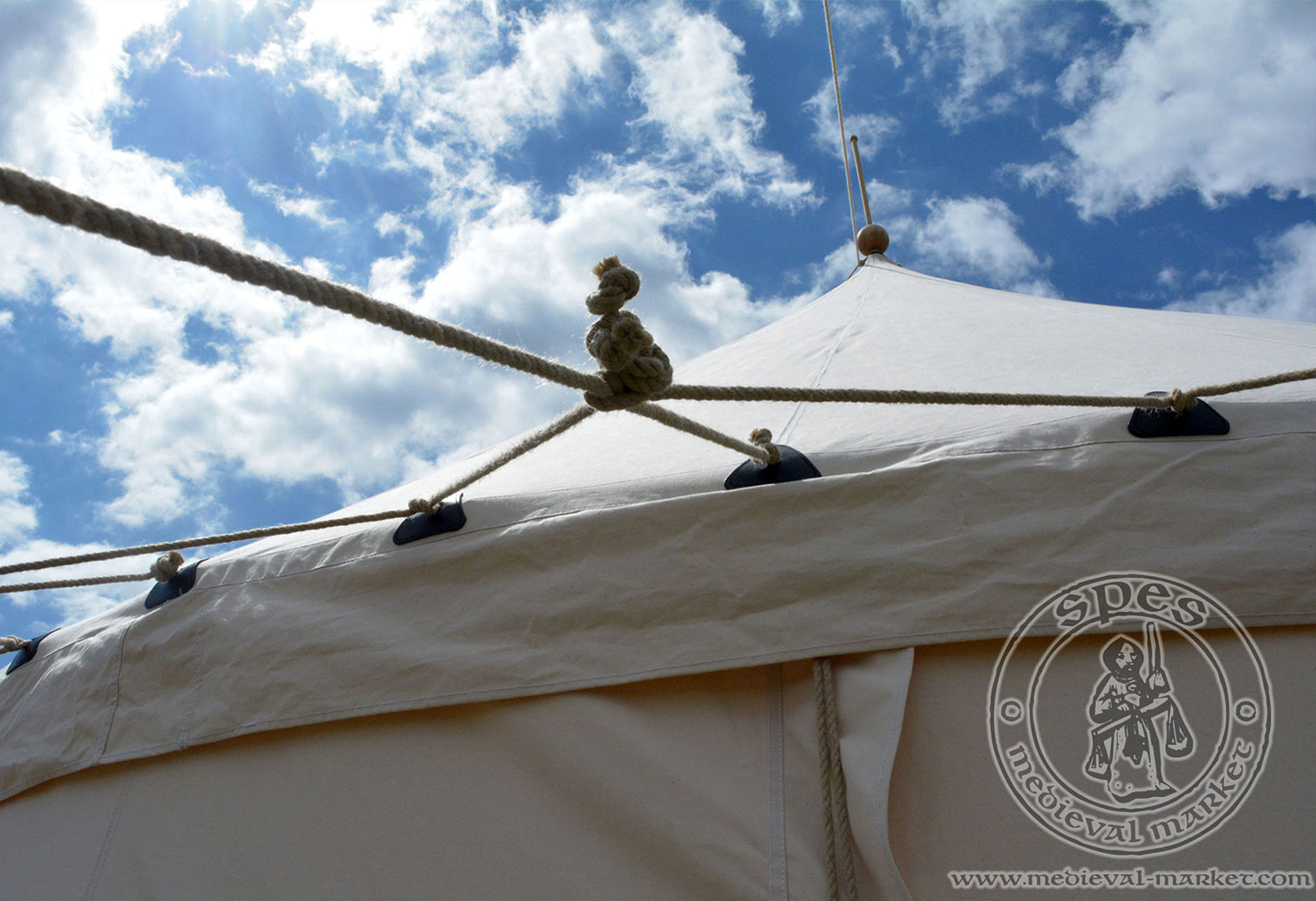
Still, it's worth to make sure your set consists:
- required amount of ropes
- equired amount of pegs
- required amount of masts, poles and metal elements (especially in pavilions)
- other details like leather elements, wooden orbs and hooks for walls (also in pavilions)
So, do you miss anything? Calm down! We have some basic items in this section.
Make yourself at home with medieval furniture
Now, imagine your brand new pavilion. is already standing. You are opening the entrance, getting inside it and you see. an empty room! What can you do about it?
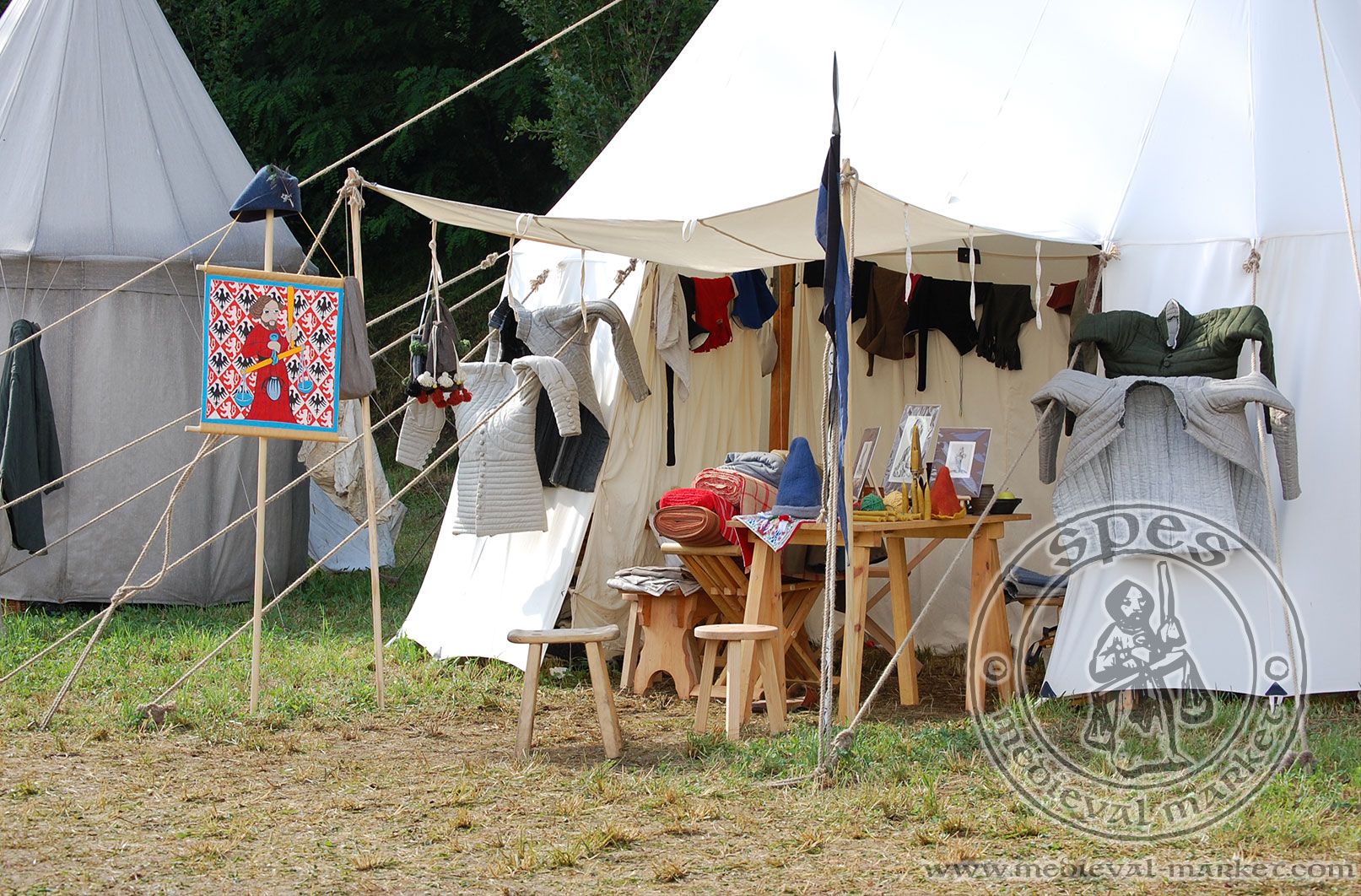
Depending on individual needs and preferences, ideas for an interior may vary. In our webshop you will find a wide range of wooden furniture and accessories based on historical findings. From our own experience, in the first place we suggest purchasing:
- a furniture for sitting (chairs, stools, benches)
- a wooden table
- a allet/straw mattress (as a place for sleeping)
As a complementary furniture, increasing the comfort of living, we recommend:
- a bed
- a bookcase
- a wooden chest
There's no meal without a pot
Traditional kitchen and meals from campfire are an essential part of medieval camp. If cooking lies on your shoulders, just make sure that around fire you will find these:
- a wooden chopping board
- a knife
- a basic dishes, like clay
- a metal tripod
- a cauldron
- a hanging grill
- an apron
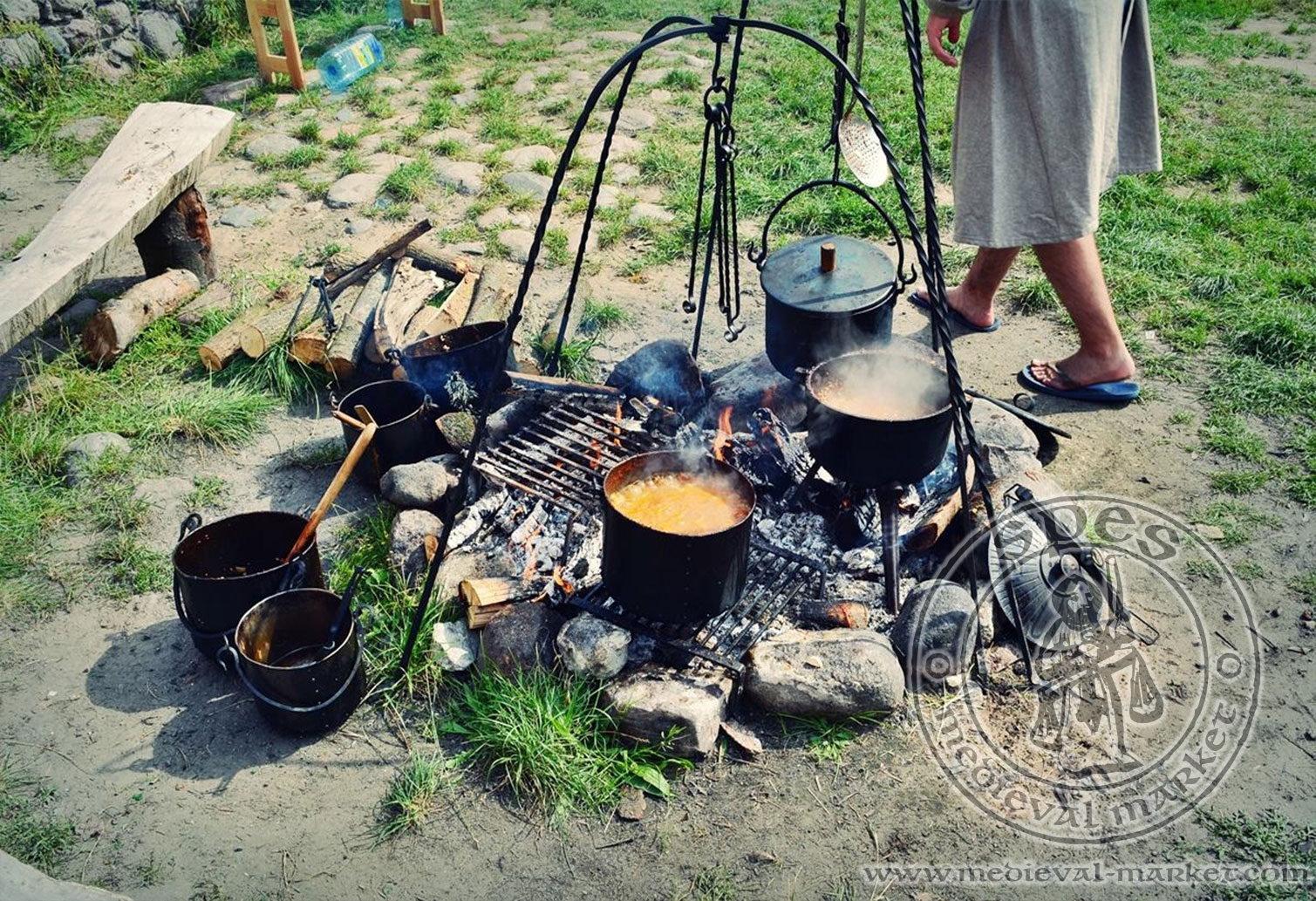
On the other hand, when it comes to a common meal, it will be easier with:
- wooden utensils
- wooden bowls
- vessels (jugs and wine goblets, hand-made colored glasses, bottles, cups)
Purchase or rental?
Phew, that's a lot for one shopping, isn't it? It is worth underlining that we use high quality materials in our products and we work with the best craftsmen - this means you receive a product that should serve you for many years (and many medieval events and camps).
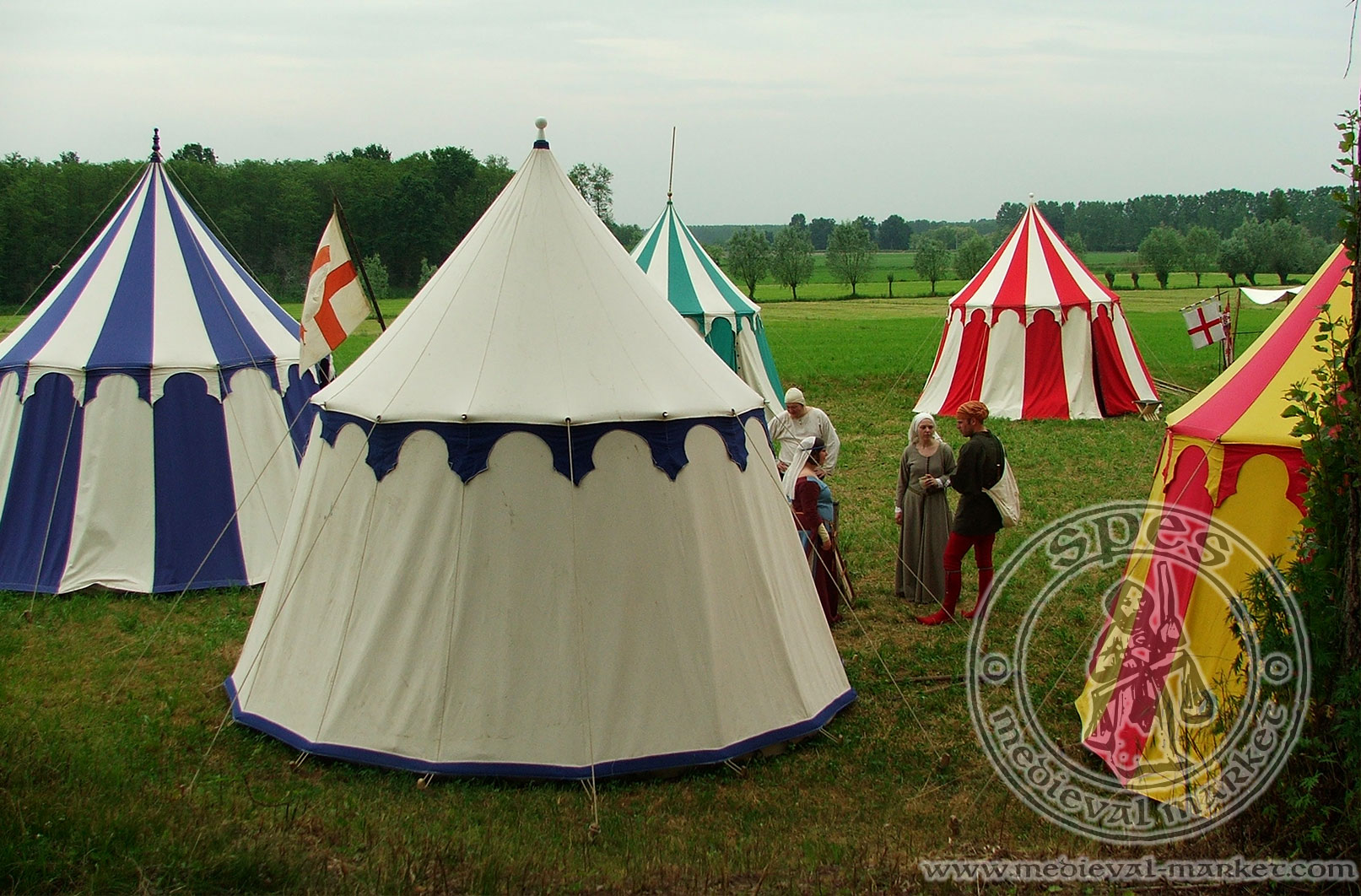
However, if it's your early steps in the Middle Ages and you just want to taste it before serious shopping, you may want to conside rental of items - even in our webshop.
Custom fabrics
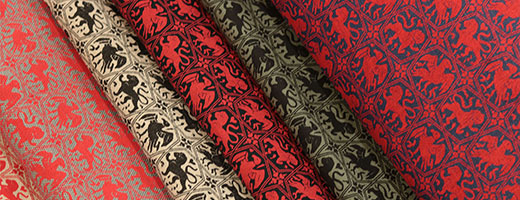

One of our missions is to use natural, historically accurate fabrics. In manufacturing of civil clothing we use linen, wool and silk. Gambesons are made only of thicker linen, while tents of specially impregnated cotton or properly adjusted linen.
Differences between linen fabrics
Have you ever thought about why various clothing made of linen has various features? It's probably because:
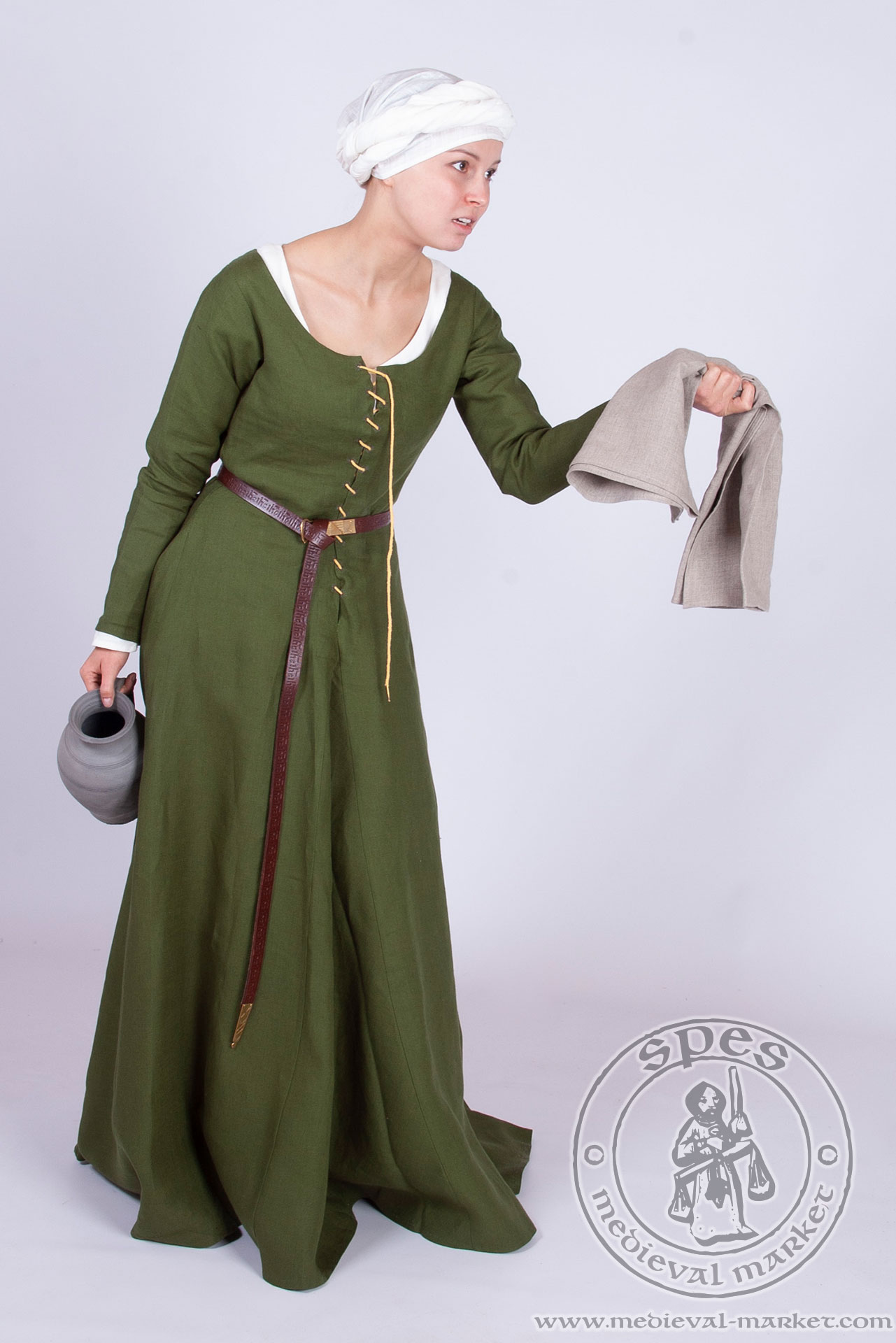
- fiber present in the yarn has different length, which has an influence on the final quality of the fabric;
- fabric used in your costume has an additive, for example in the form of cotton or polyester, which makes a final fabric cheaper, but also less durable than a 100% linen fabric.
In manufacturing linen garments we try to choose a 100% natural fabric. Linen is a fabric known in Europe for centuries. It is much more environmentally friendly in production than for example cotton, as it requires less water and chemicals. Nowadays, linen is used in making luxurious goods. What's interesting, this fabric is difficult to access, which also makes it more prestigious.
A 100% linen textile is much more desired by reenactors than textiles with additives. Linen fabrics are antiallergic, antibacterial and more resistant to abrasions. What's important, it does not electrify and high levels of hygroscopicity and breathability makes it perfect for the Summer season.
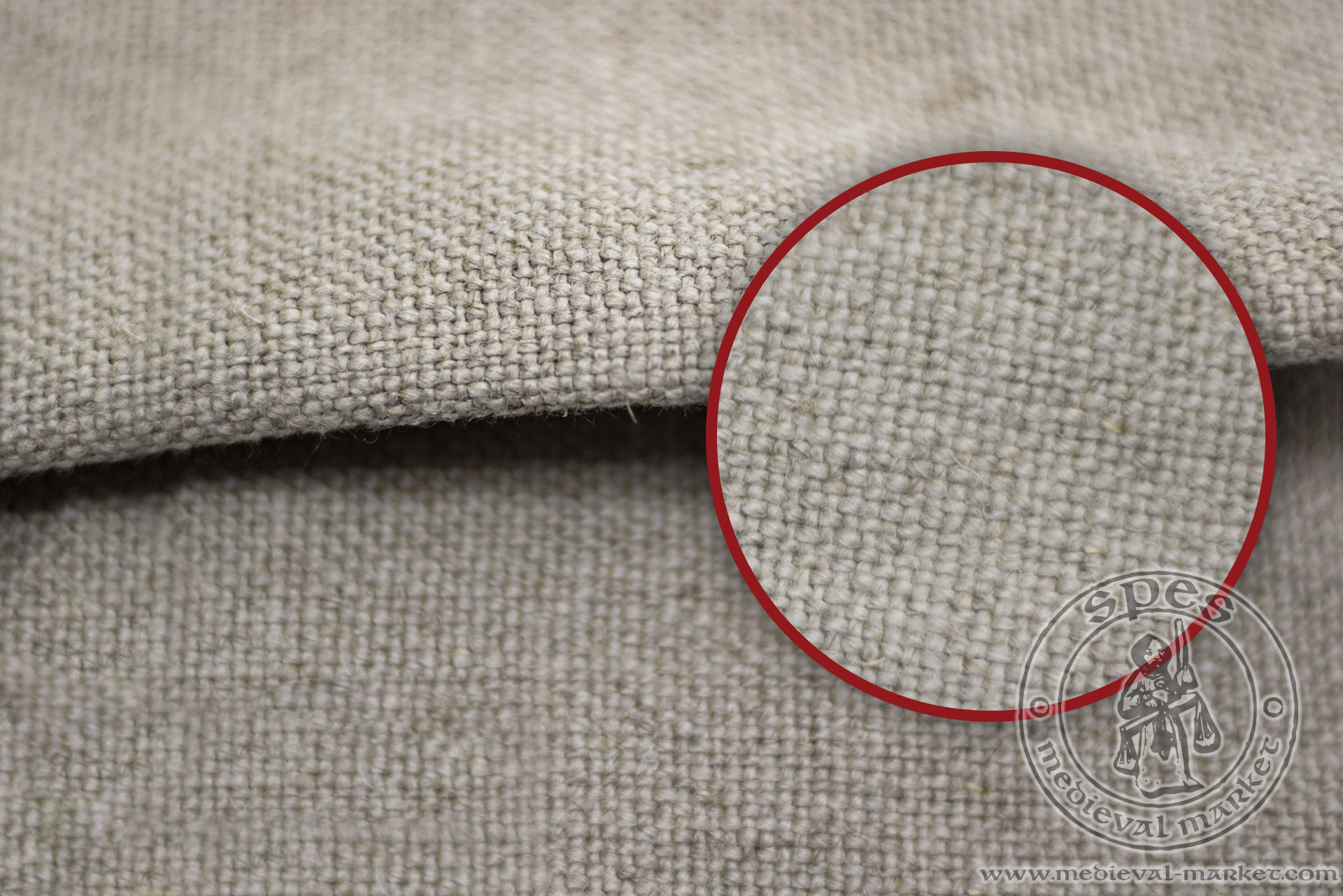
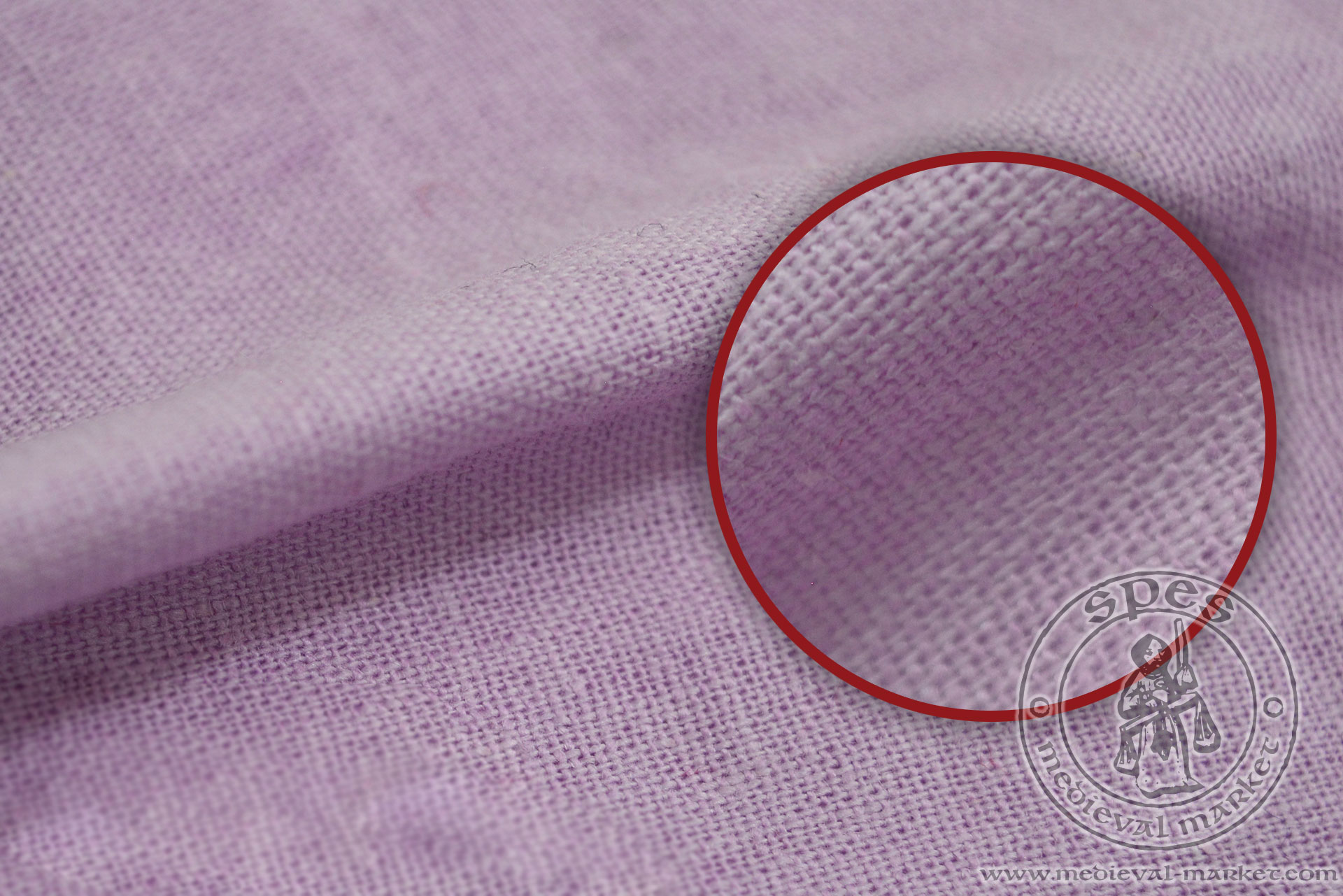
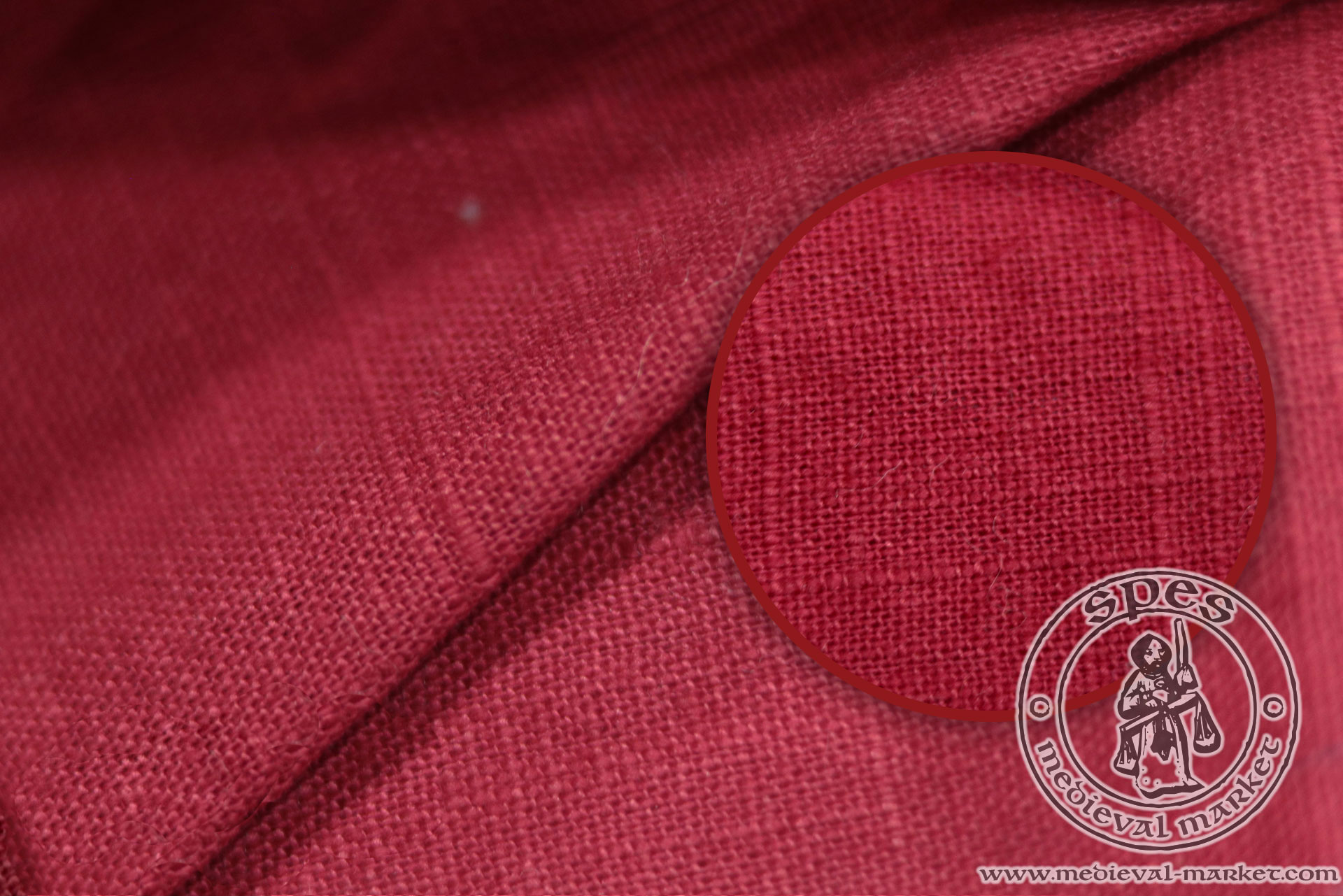

From our experience we know that to make costumes as lasting as possible one should wash them by hand in a temperature not exceeding 40 Celsius degrees, without chemicals. Linen clothing dries the best on a hanger, without clothespins. Later, when the fabric is almost dry, we recommend careful ironing - it will help in keeping them in original size. Please remember to choose a proper programme on your iron.
Every linen garment has a dedicated label.
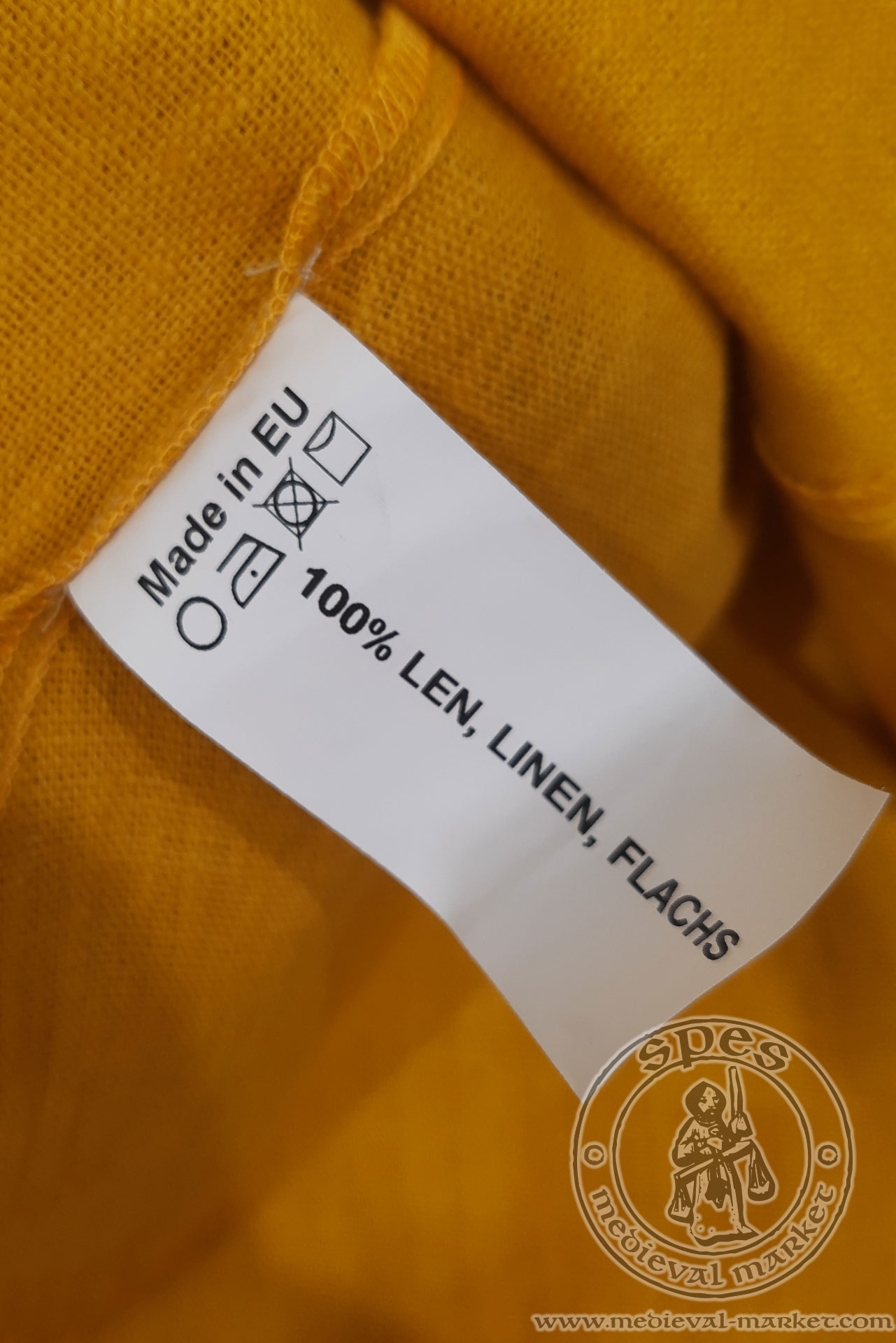
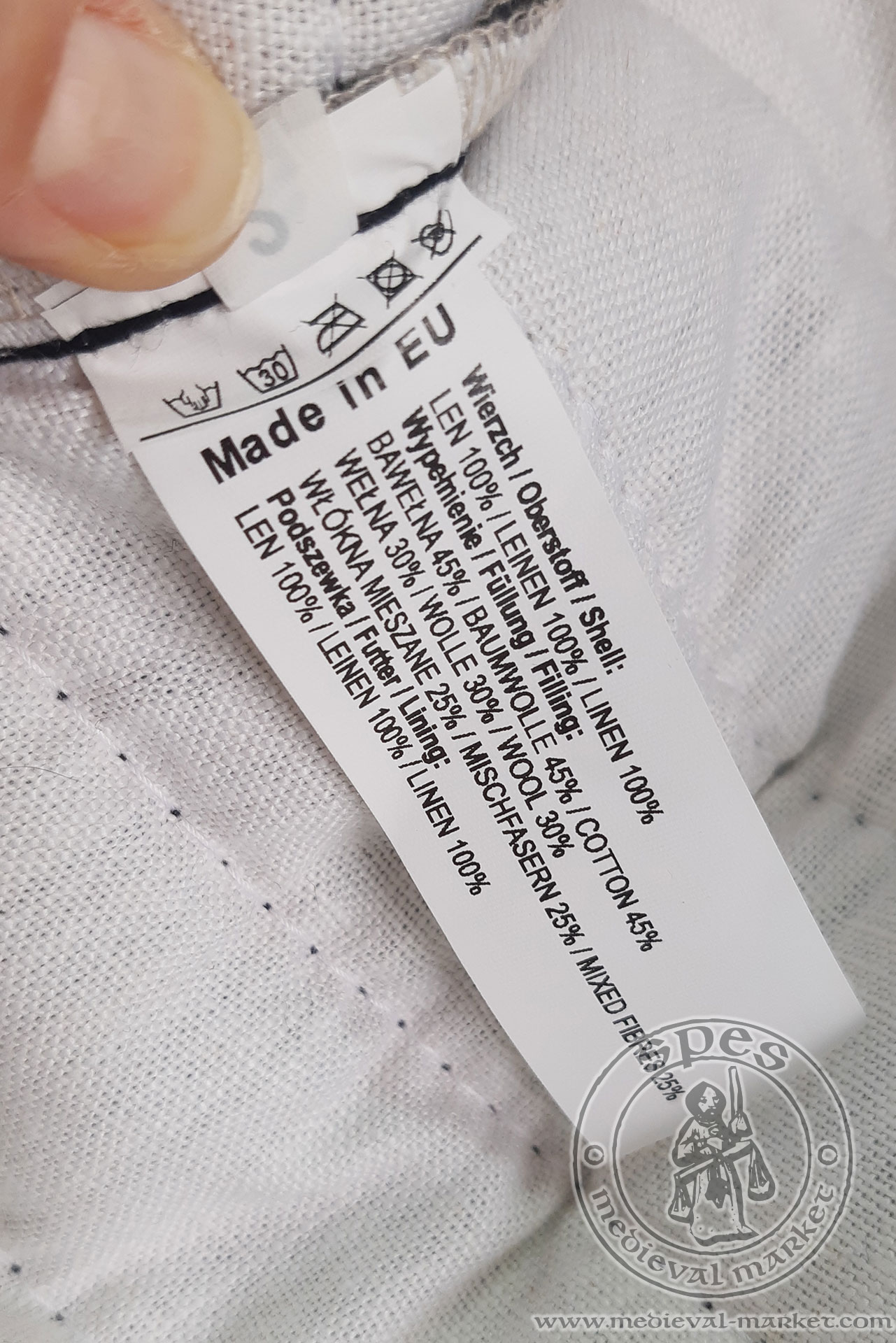
Woolen clothing for all occasions
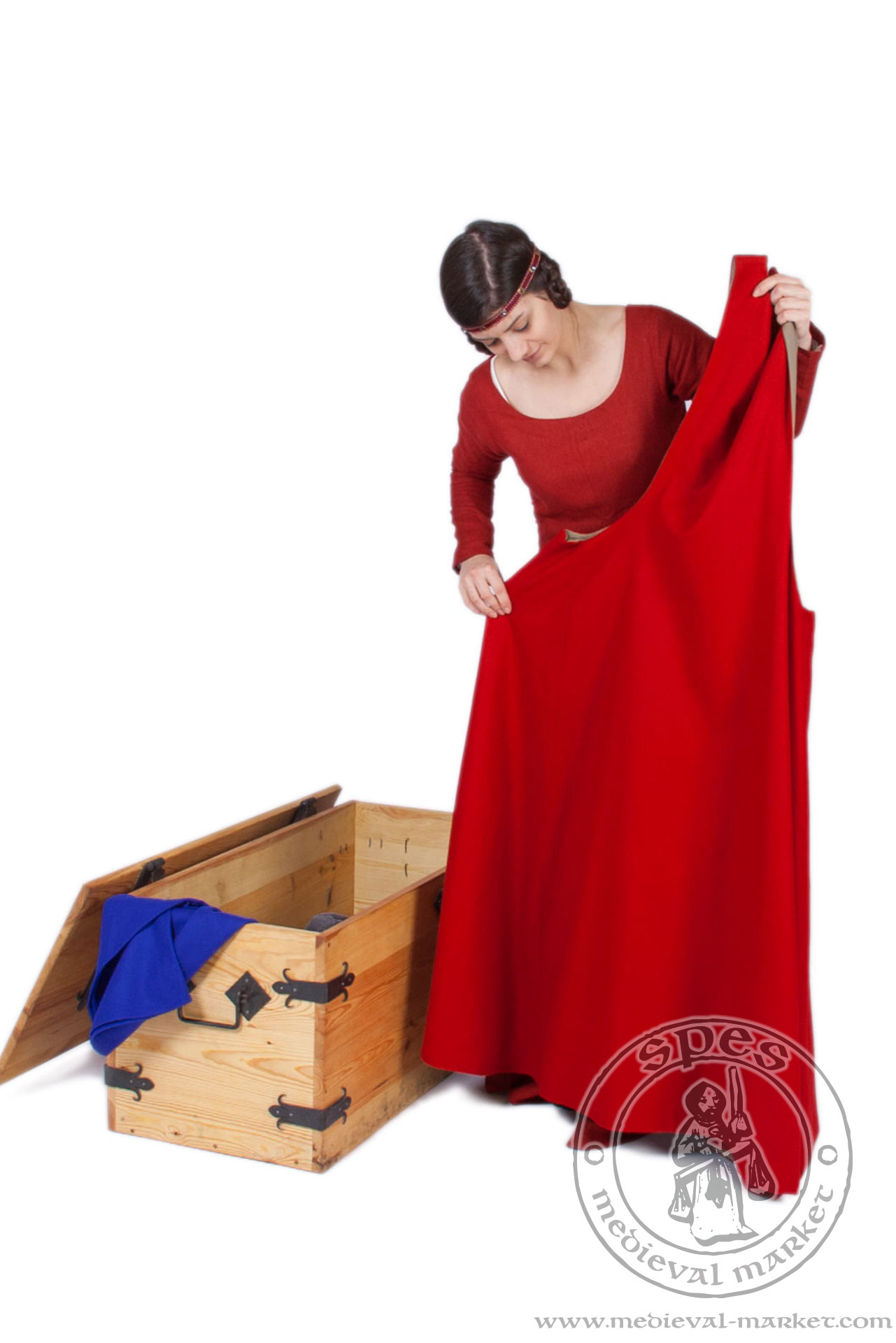
When it comes to textiles, wool is our favorite! Usually we choose one of high quality, manufactured here, in Poland. Woolen garments are slightly more elastic, but equally fitted to the body as those from linen. Wool, just like linen, also has a high level of hygroscopicity, it absorbs warmth and works well in Summer and Winter seasons - it can isolate the body from cold as well as keep the warmth under it. Woolen cloak is useful even during rainy days, as it absorbs moisture and keeps the wearer warm!
Wool has another important feature. As it is collected from animals, some people may be allergic to it. To avoid any discomfort, it is worth adding a linen lining in your woolen cottehardie or other dress.

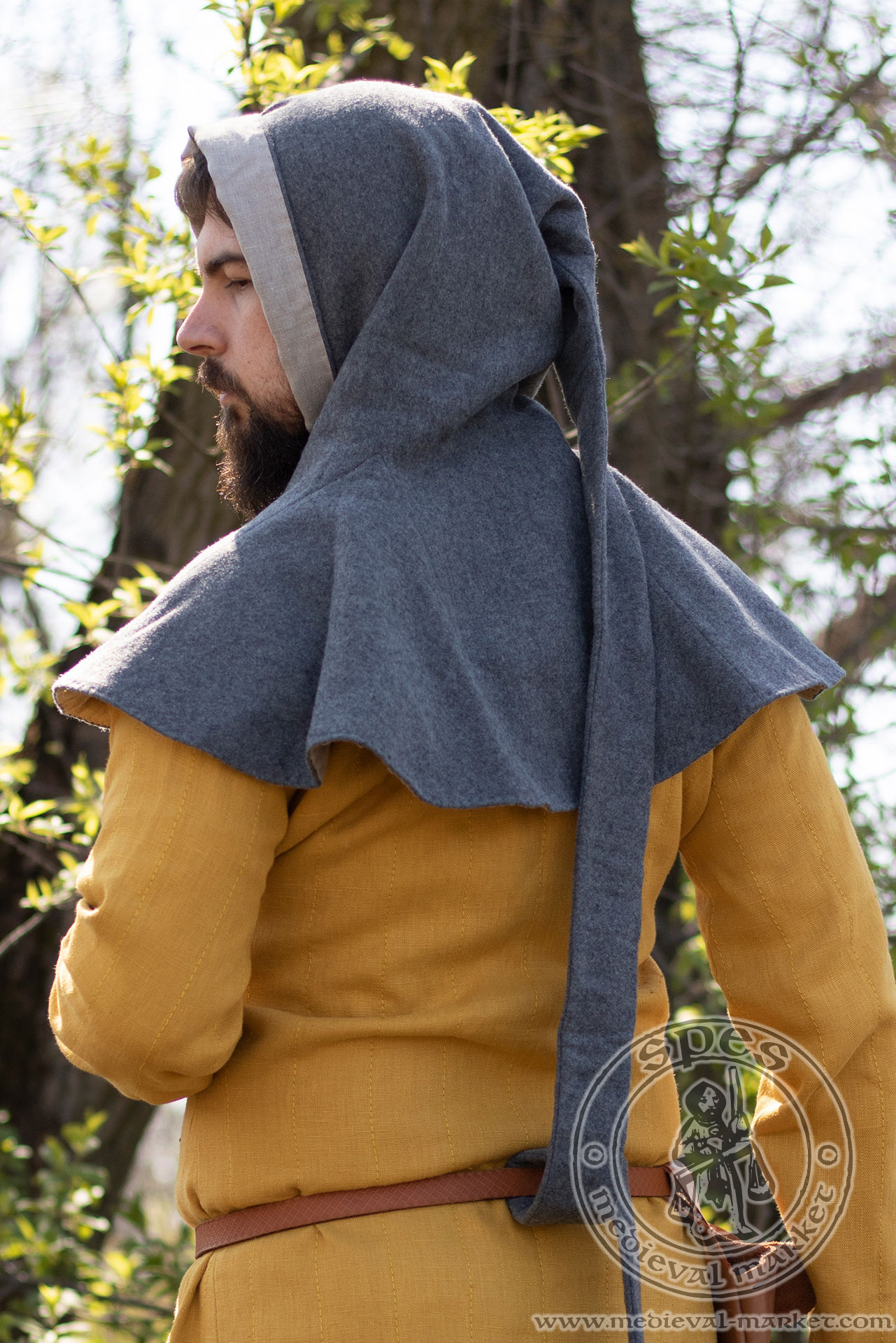

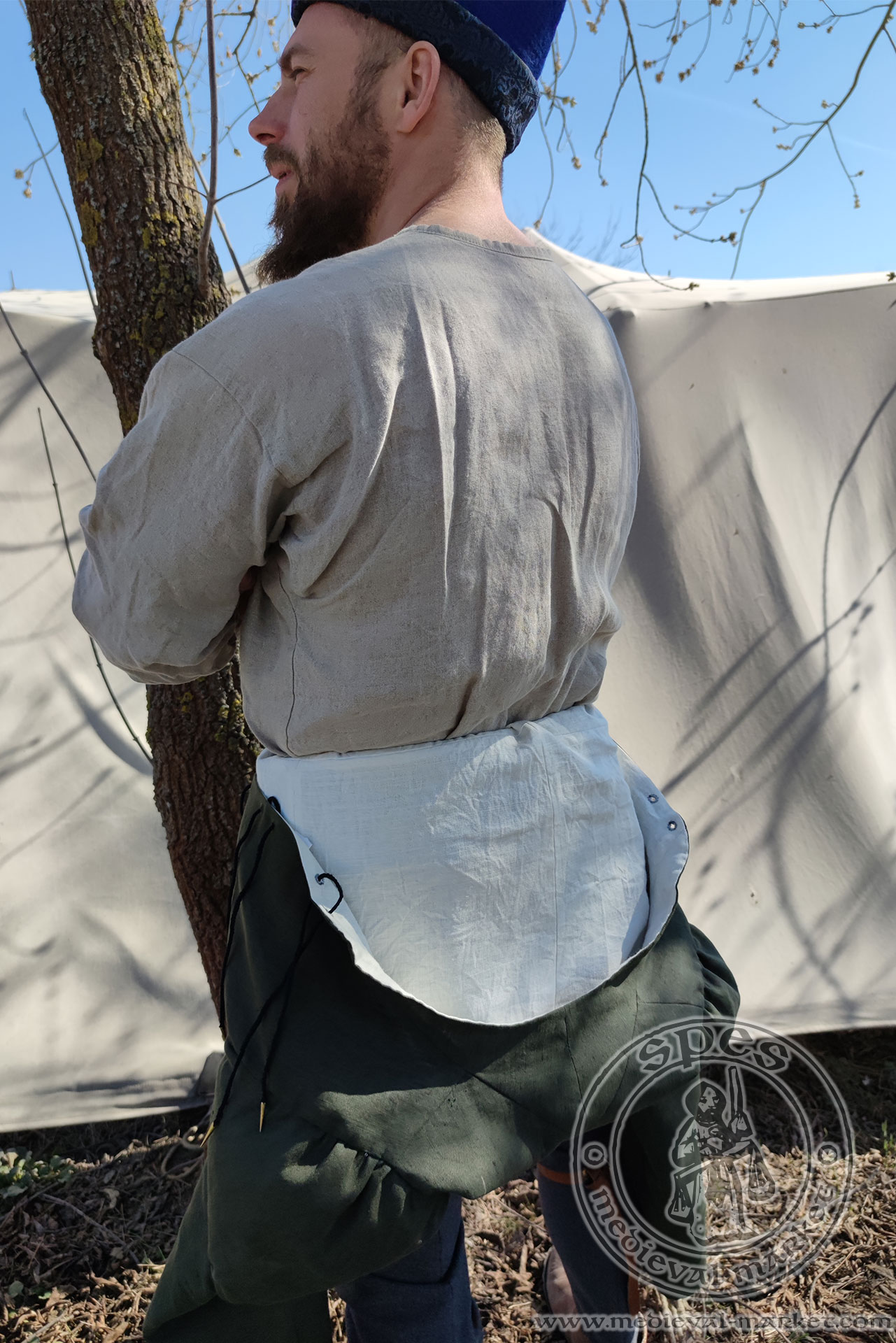
Woolen garments also should be washed in a specific way: by hand (or in a special programme), in up to 30 Celsius degrees. Try to avoid using strong chemicals and dry your clothes on a hanger, not in the automatic dryer. To close the fibers, iron clothes after drying.
More about cleaning you will find on a label.
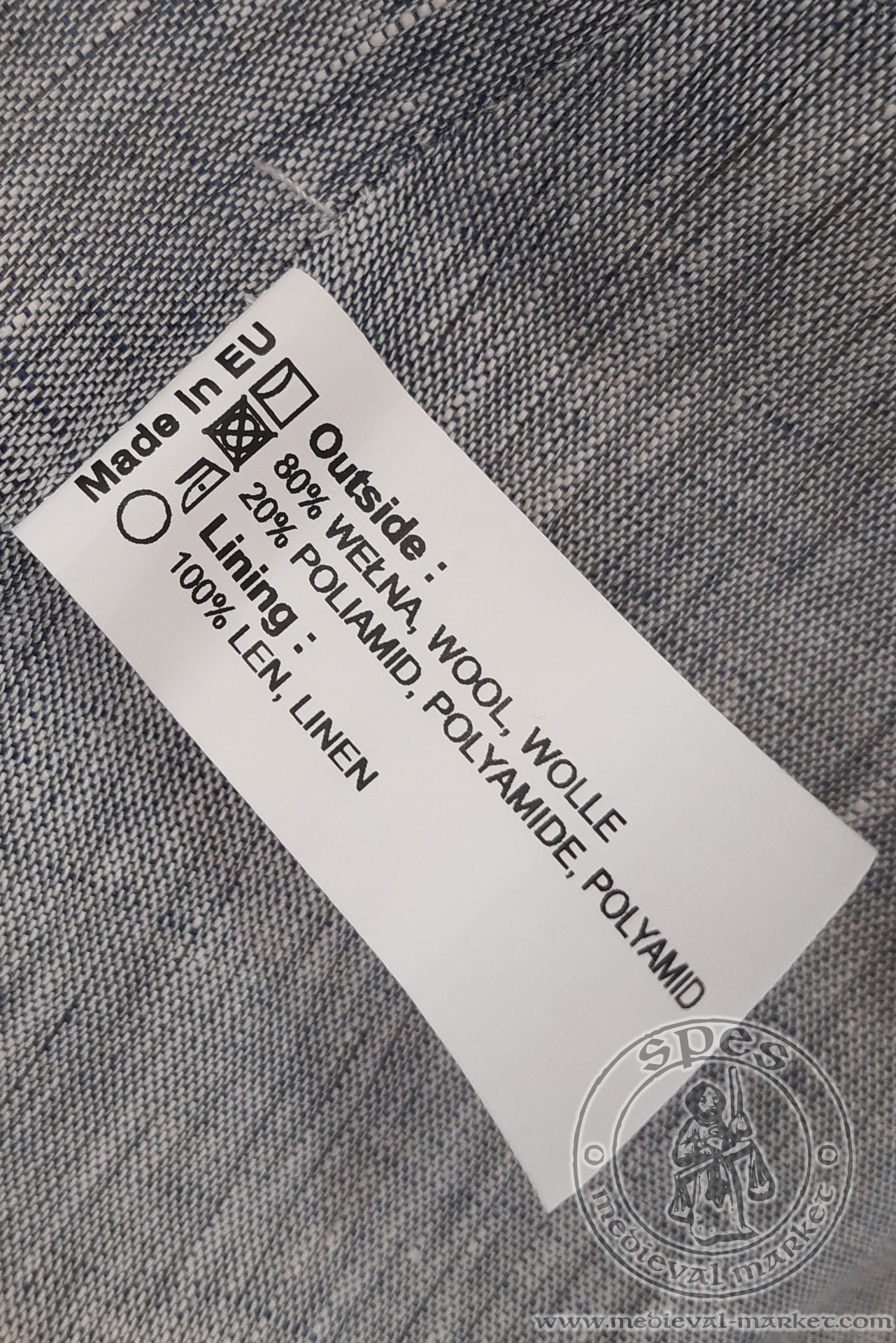
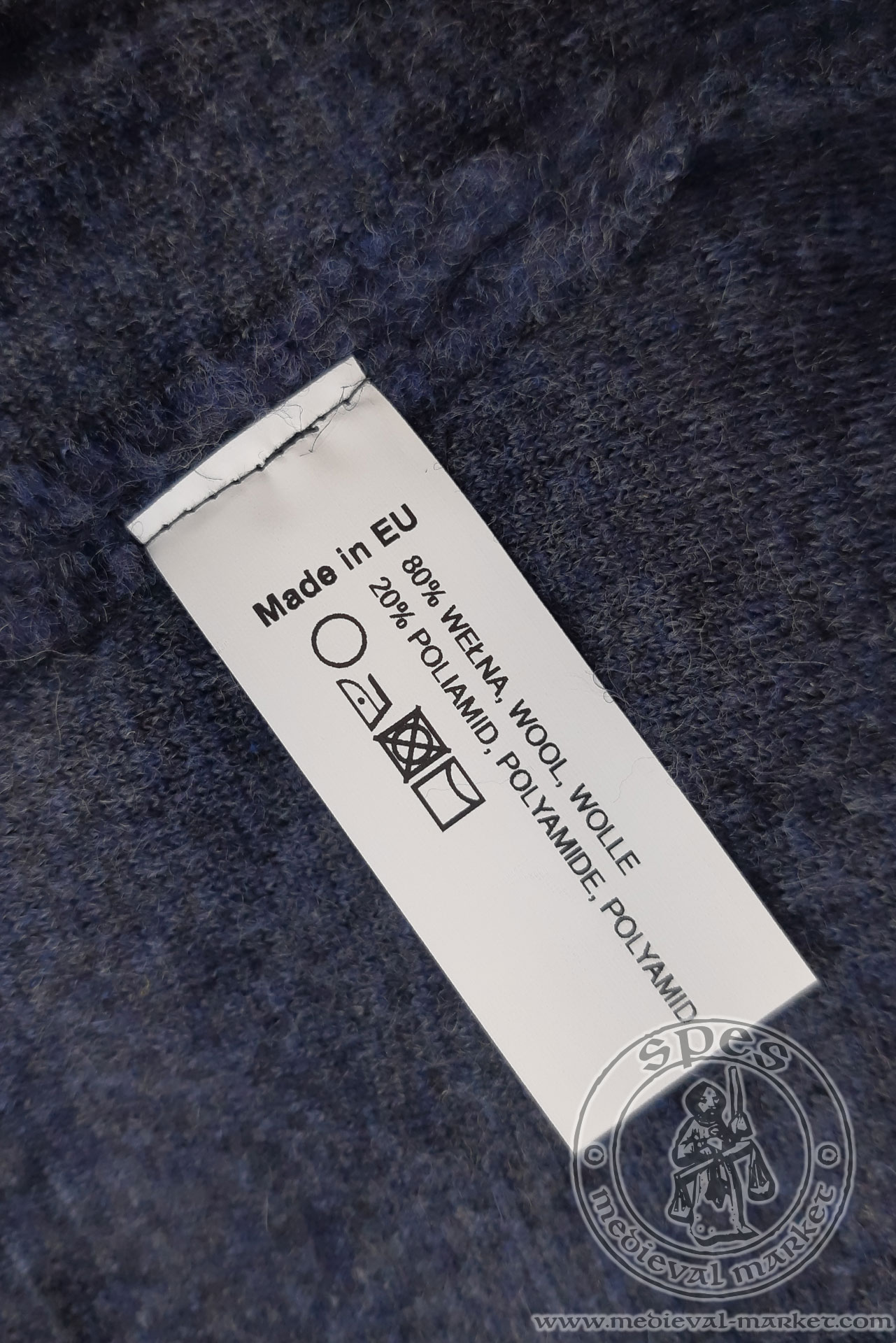
Plain silk? Or maybe brocade, jacquard, velvet, satin, or taft?
You probably already know that the most pleasant in touch and the most attractive historical textile is silk. It's also the most eye-catching fabric, often used as an addition to a richly decorated medieval costume. Silk is characterized by gloss, smoothness and softness. It is light, sometimes thin, but also much more expensive than wool and linen. Despite plain textiles, historical sources also present various patterned silk fabrics. Peak of elegance, don't you think?
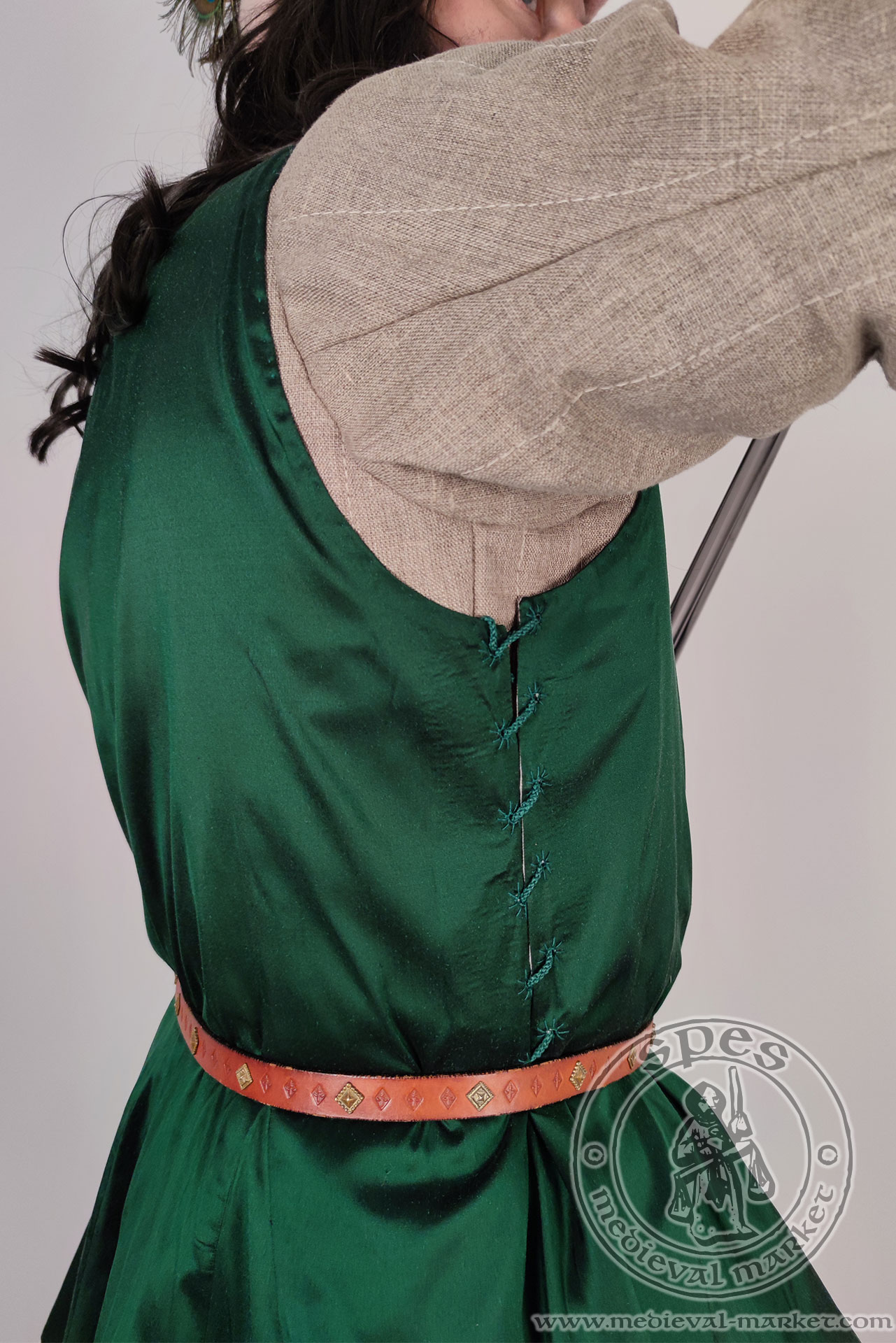

An interesting, and equally original, option can be brocade - a textile with a convex pattern with silk thread in golden or silver color. This type of fabric was popular in the medieval period, even up to the 17th century. Jacquard, on the other hand, is thick and durable, mainly thanks to dense weave. It stands out with rich design and is available in one-color version or multicolor version. This technology came to existence in the 19th century thanks to Joseph Jacquard. Velvet is a cotton textile of plain or patterned surface. It comes from India. In Europe, Italy started producing in the 12th century. Satin is a two-sided fabric; on one side soft and shiny, on the other matte. These fabrics are characterized by elasticity, with a tendency to beautiful draping. Taft is dense and stiff, made of natural silk. What's interesting, it rustles and shimmers in movement.
In our assortment you can find some unique patterns. Such textile can be used in sewing a whole costume, or used just as lining. It is perfect for accessories completing a set.

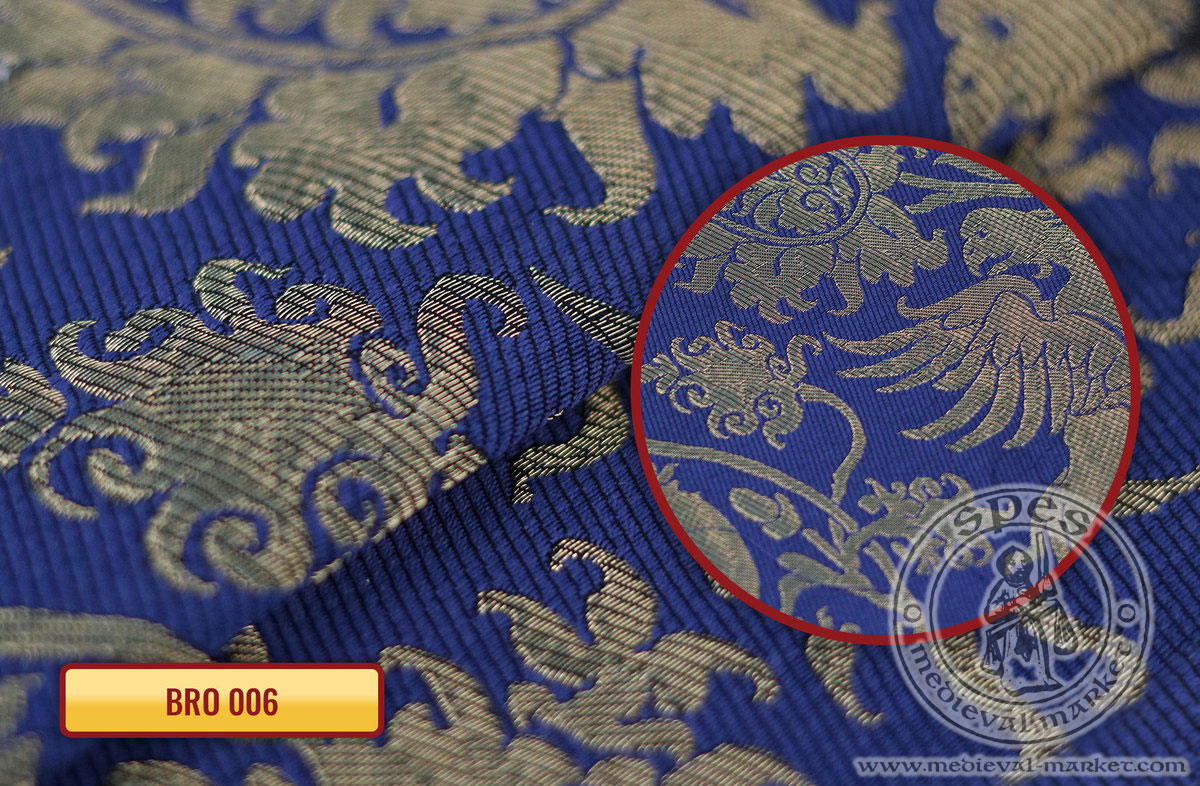

Decorative printed linen
We cannot skip one more unique textile from our assortment - a printed linen. It's a linen fabric with a printed historical pattern on it. This technique was described by Cennino Cennini in his book from around the 14th-15th century.
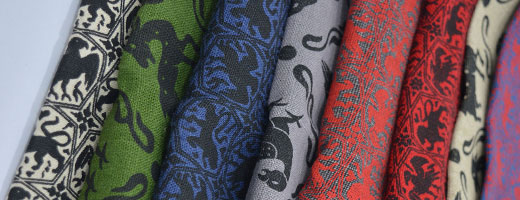
In our webshop you can get a full costume made of this textile (or only as a decorative lining), or just the fabric for your own use. Interesting idea is using this fabric for making a gambeson - it's very eye-catching, but also historically accurate.
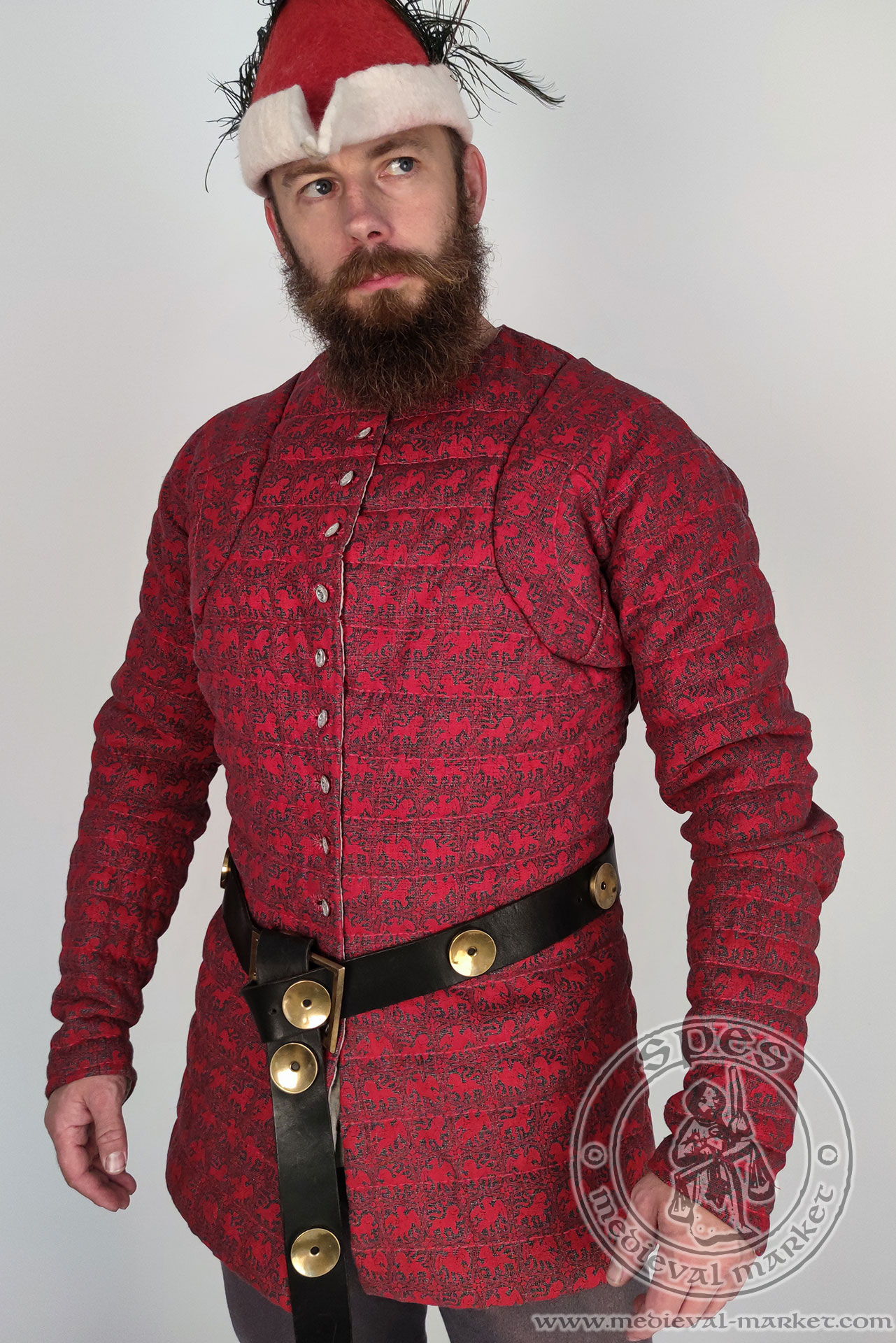

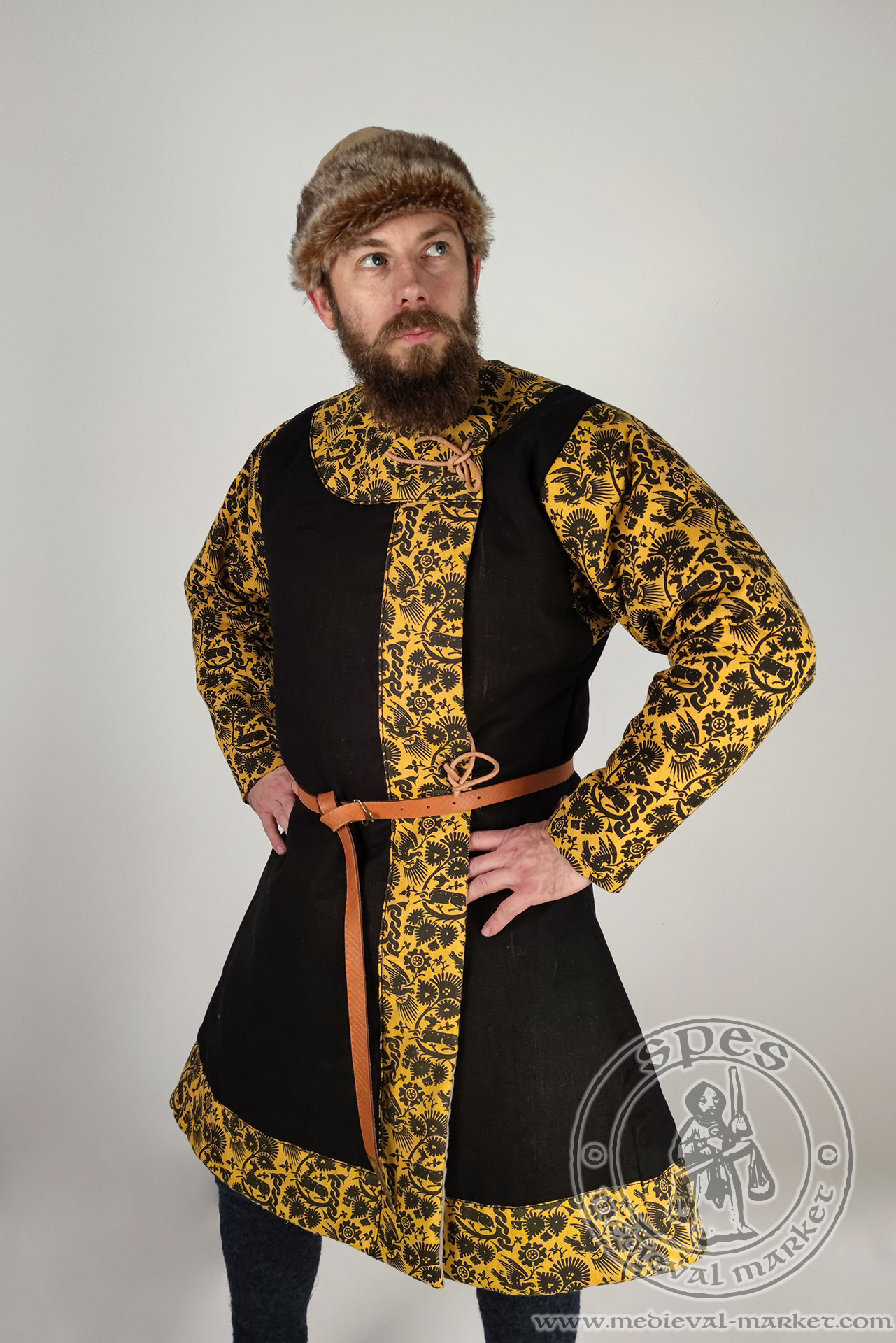
We offer 4 patterns of a printed linen:
Confused? We can help you!
If you are thinking about the choice between:
- our nonstandard textiles (sampler available here),
- or decorative fabrics.
let us know - we can help you by preparing a visualization!
If you don't have an idea for color combination, this proposition may dispel doubts. A glittering dress with black sleeves? A woolen cottehardie with printed lining? Plain collar and details? No problem! Contact our Sales Department and let us know what you need.

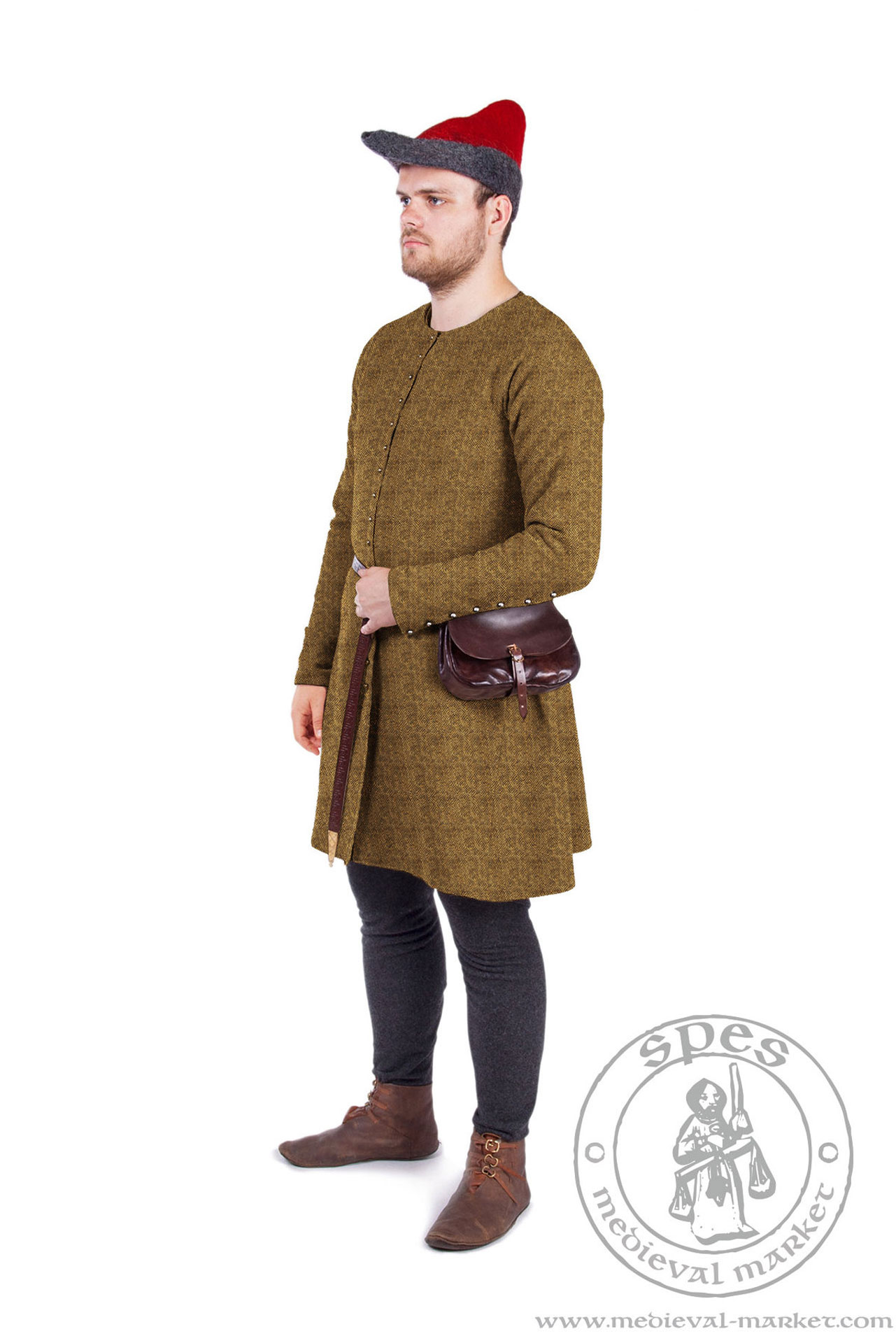
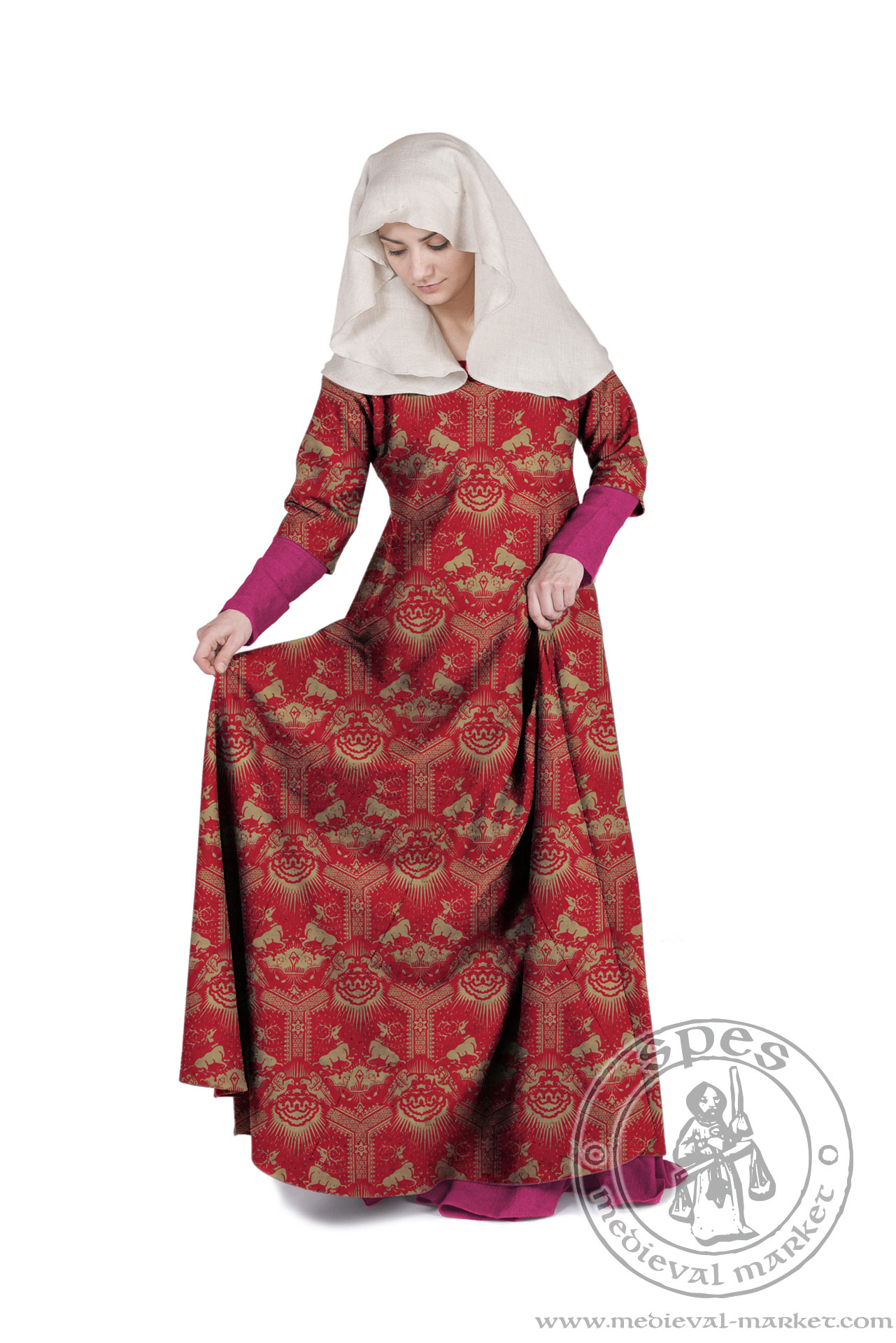
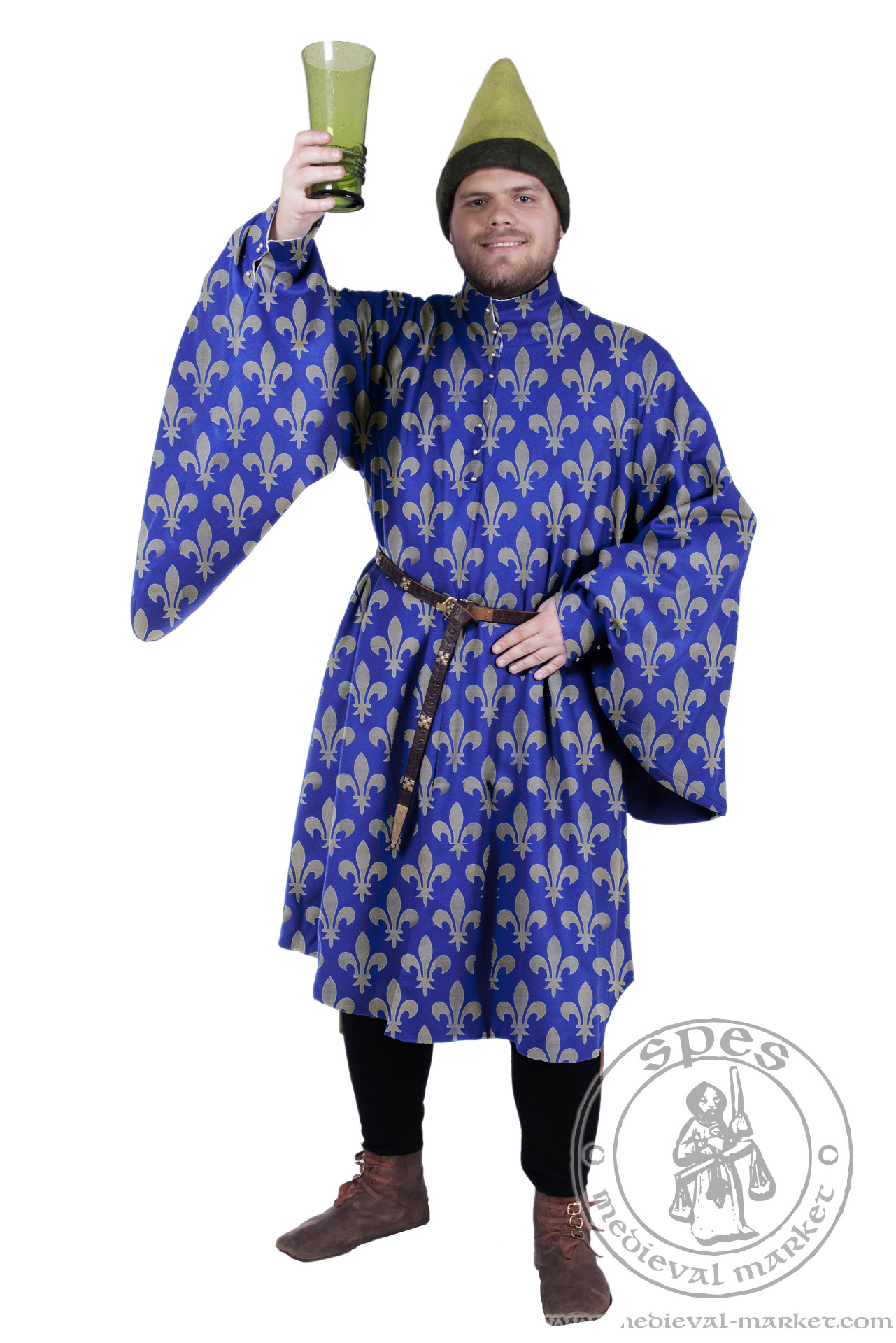
All visualizations were prepared in Adobe Photoshop.
How to prepare a museum exhibition? A short guide by SPES Medieval Market
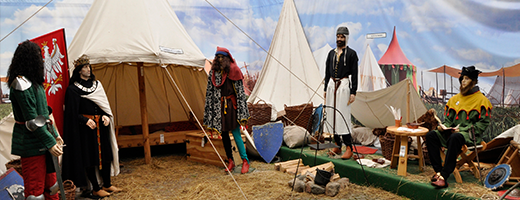

Our workshop has a pleasure to prepare complete museum exhibitions as well as single components. Although we specialize in making items referring to the Middle Ages, we are not afraid of other periods, like Polish Nobility, Napoleonic Era, Vikings, and the 19th-20th century period.

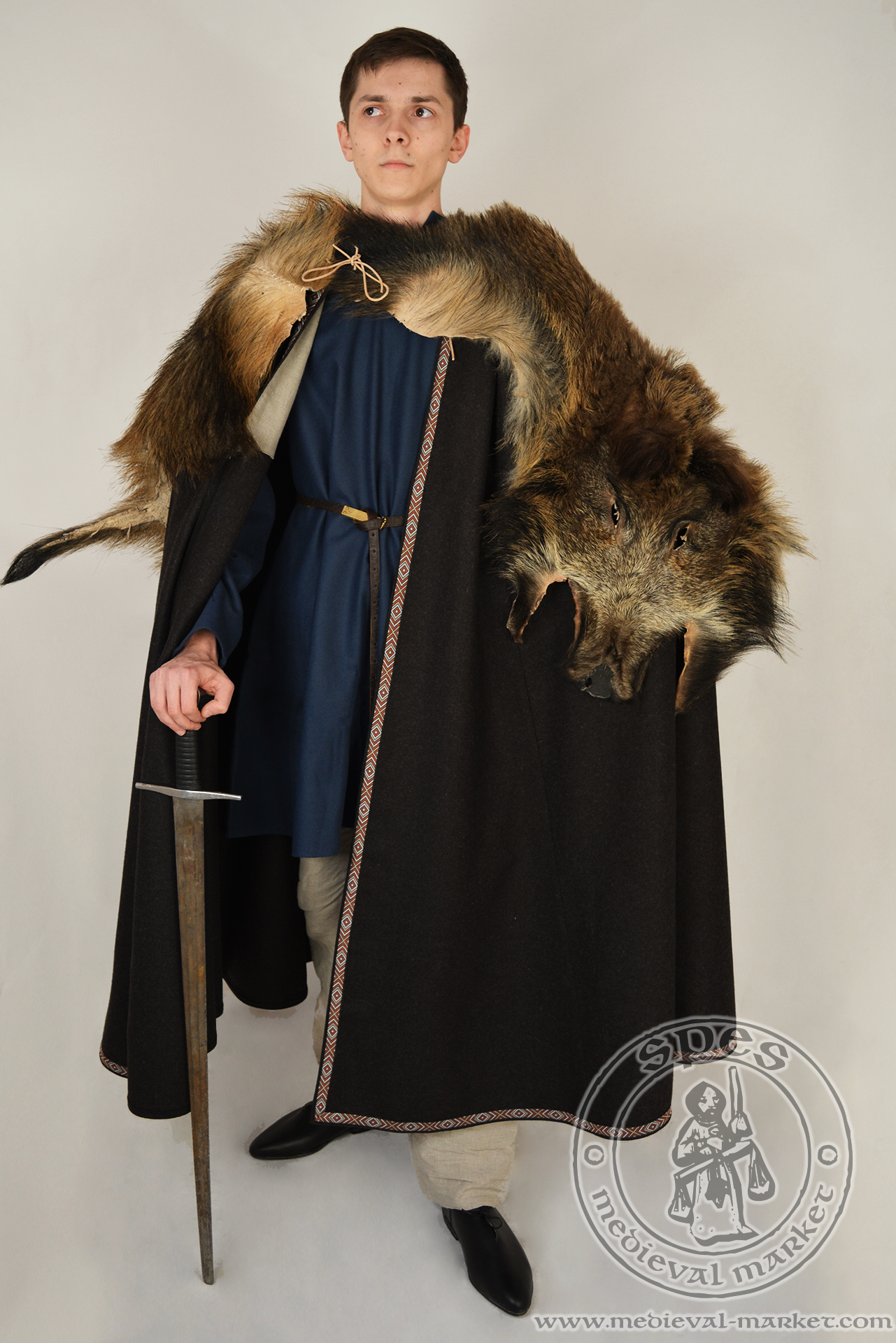
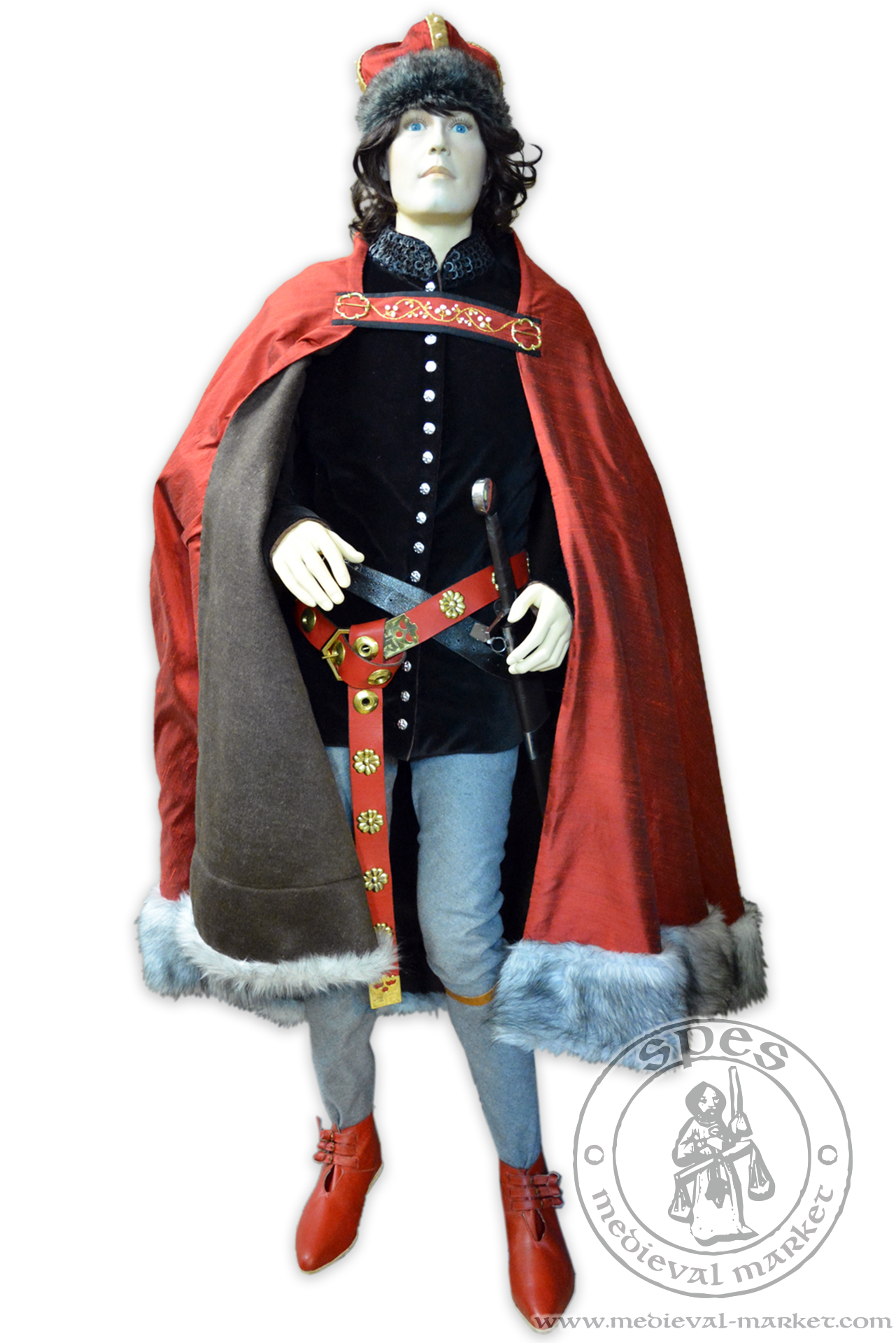

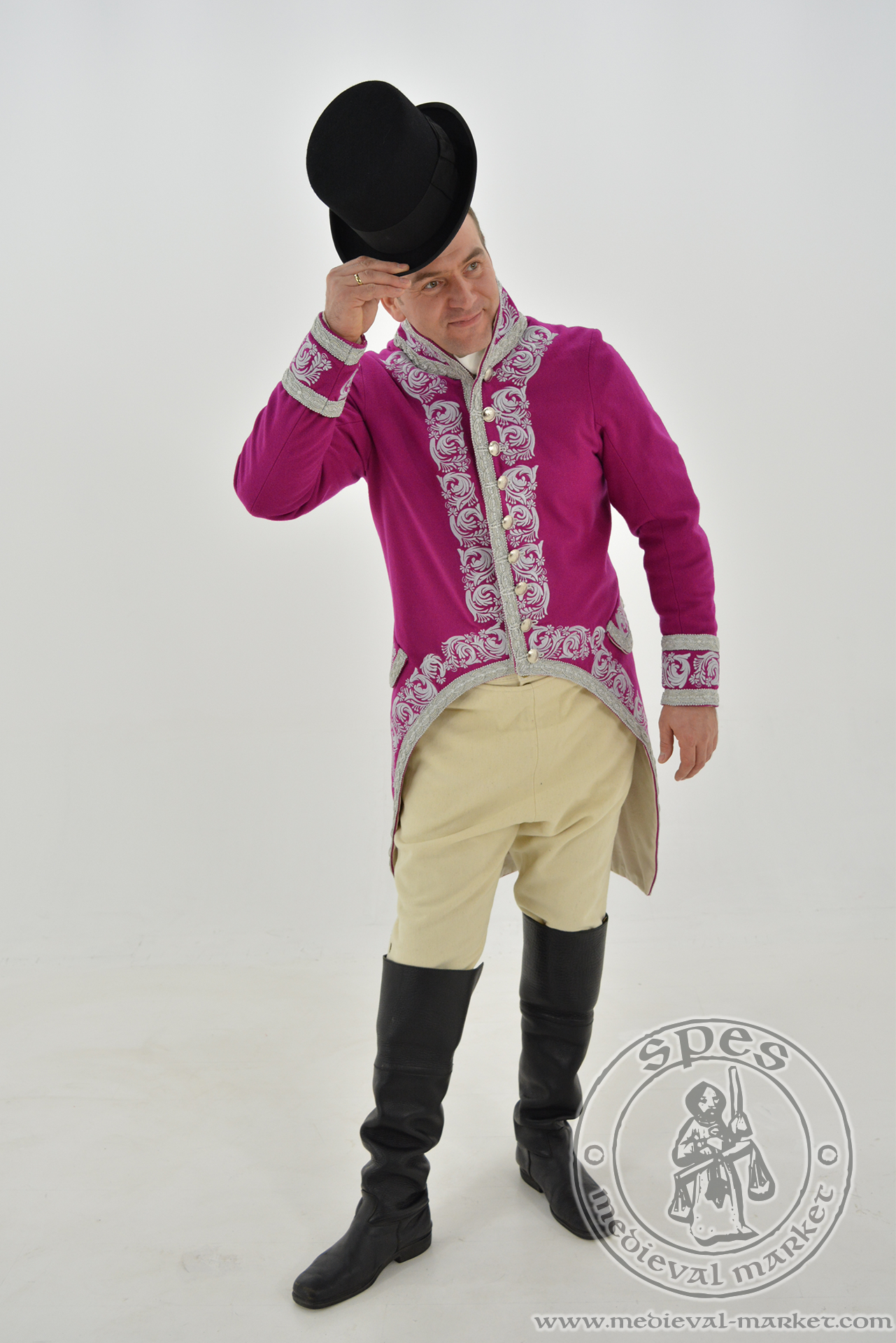
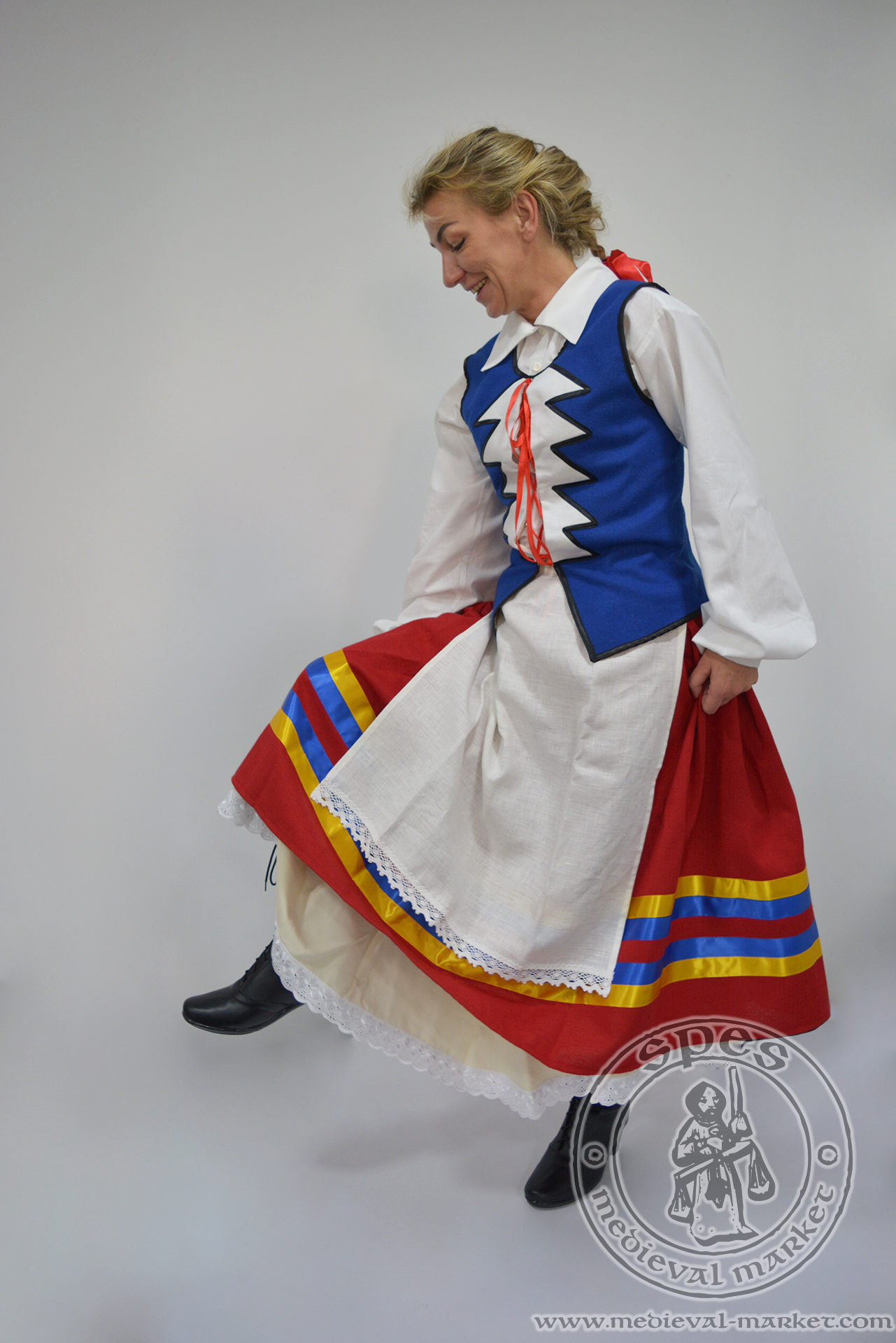
How we prepared the current exhibitions
In the beginning, there were two paths to choose from: we prepared a complete exhibition on our own or in collaboration with a particular museum (or other institution). The rest of the work looks the same in both cases. We started with summing up the idea for a project and doing research. Later, we discussed our propositions with the expectations of a purchaser, and then we moved to completing an exhibition.
First, we have to answer a number of questions:
- how many components will the exhibition consist of?
- how many of them will require a mannequin?
- which of them will be interactive?
- can we prepare dedicated museum lessons? in what form?
The second stage is preparing the meritorical side of the exhibition. All descriptions and components have to comply with the general outline.
Next step is making a team, dividing tasks, and preparing the elements one by one. This stage takes the most time. Depending on a project and its complexity, preparation can take from a month even up to a year.
After preparing an exhibition, consultation with a purchaser and finishing touches, we transport the order to its destination and help in arranging it on the spot.
In last years we prepared some bigger exhibitions "W rycerskim obozie", "Rózaniec i radlo" and "Sladami sw. Jakuba",
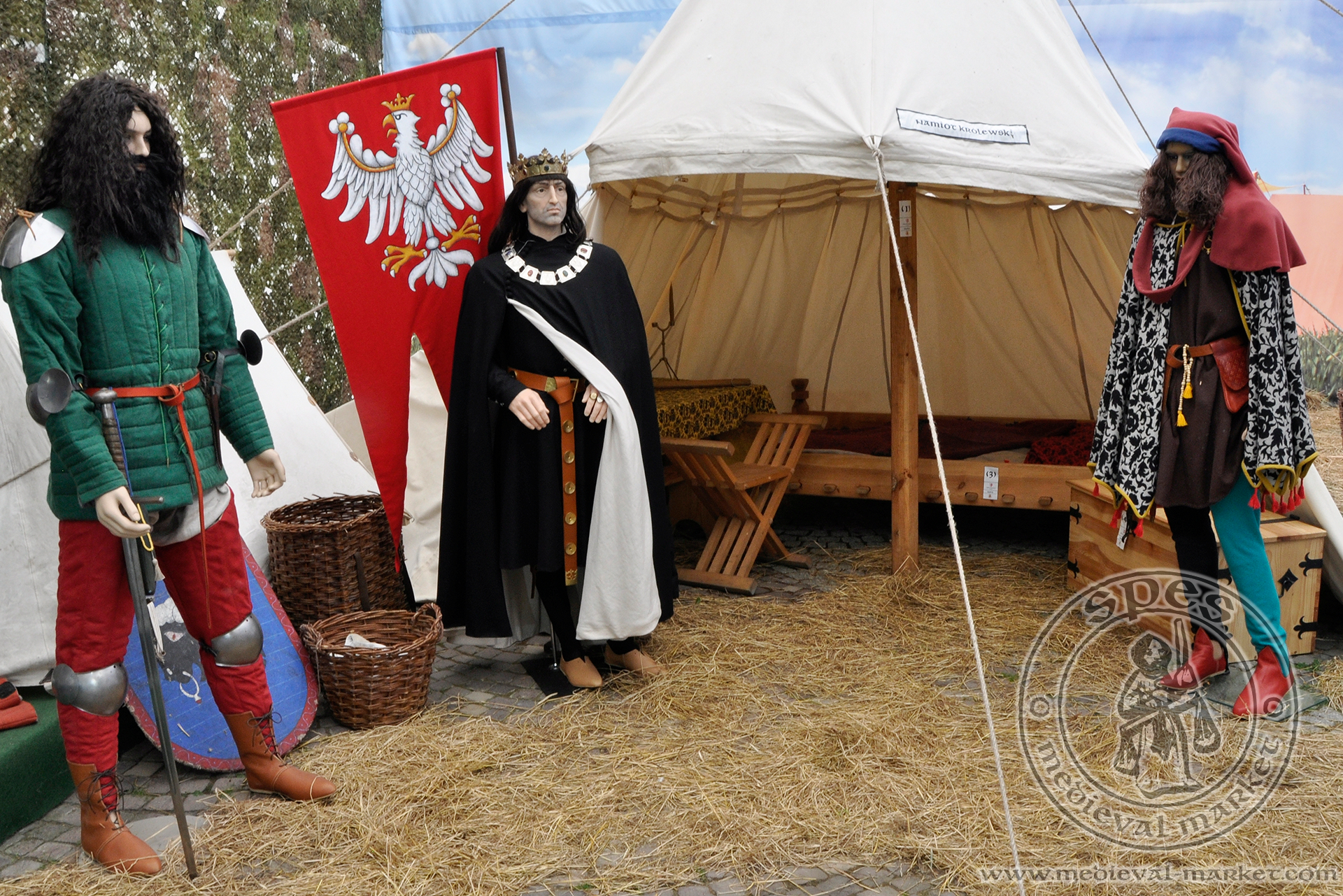
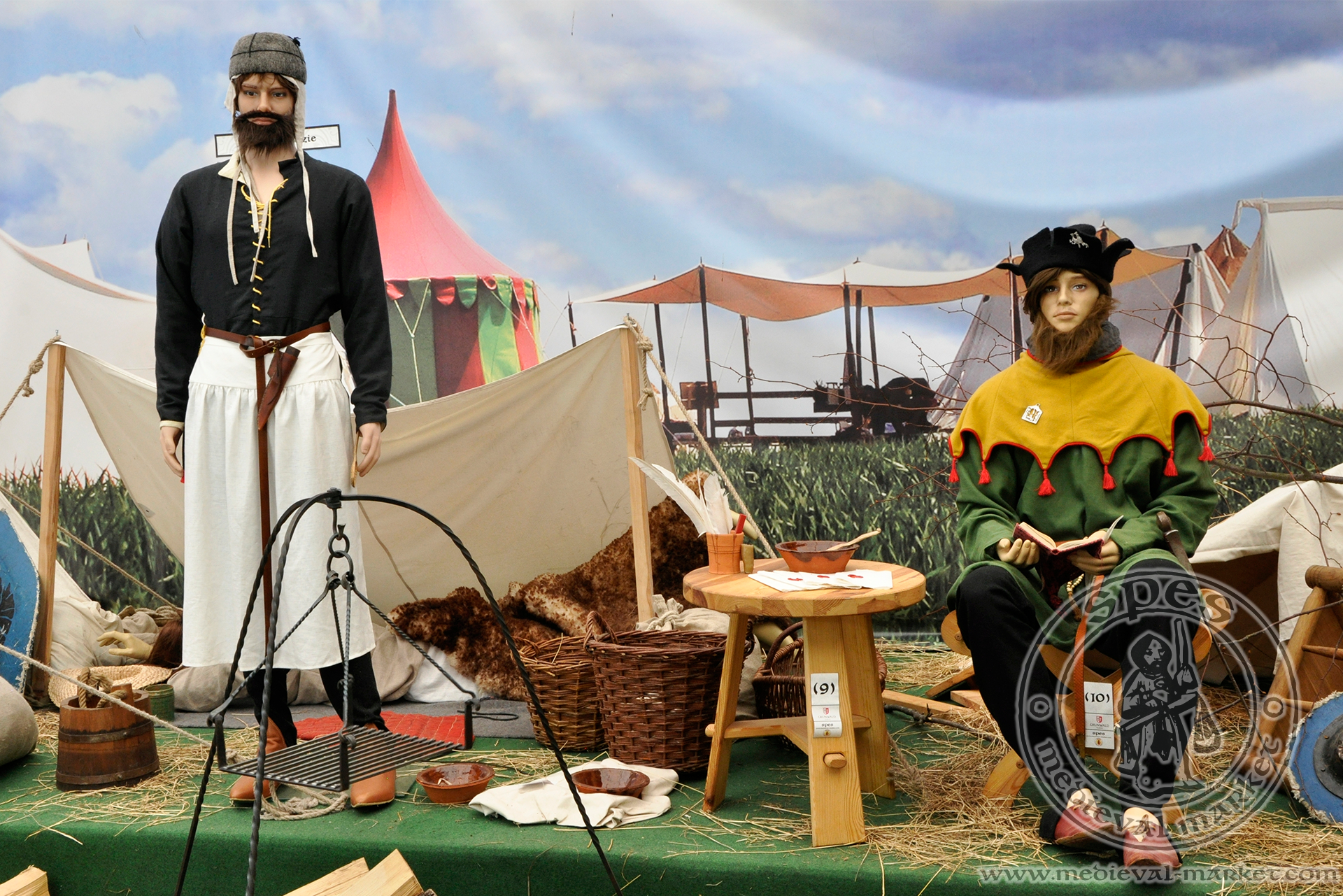
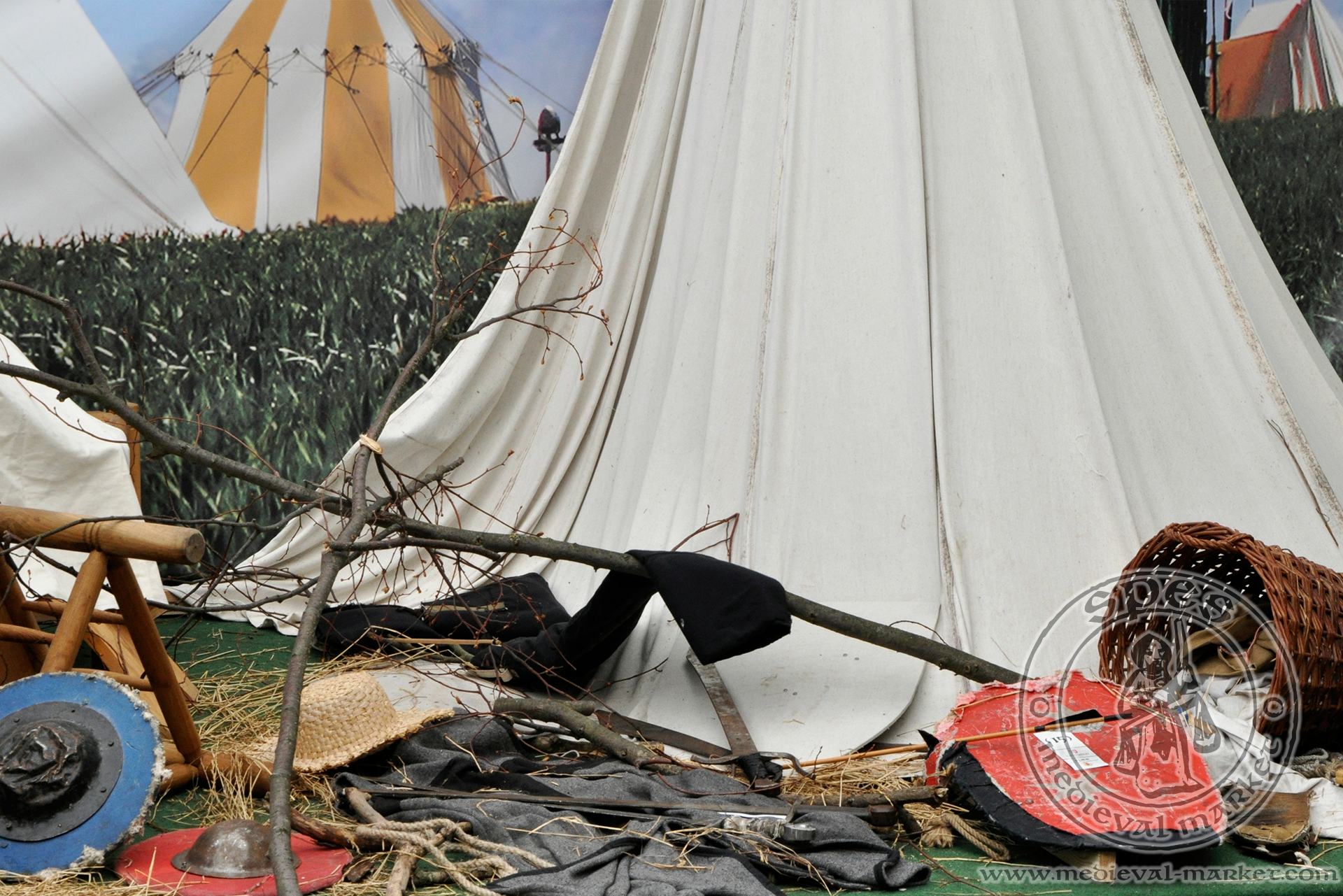

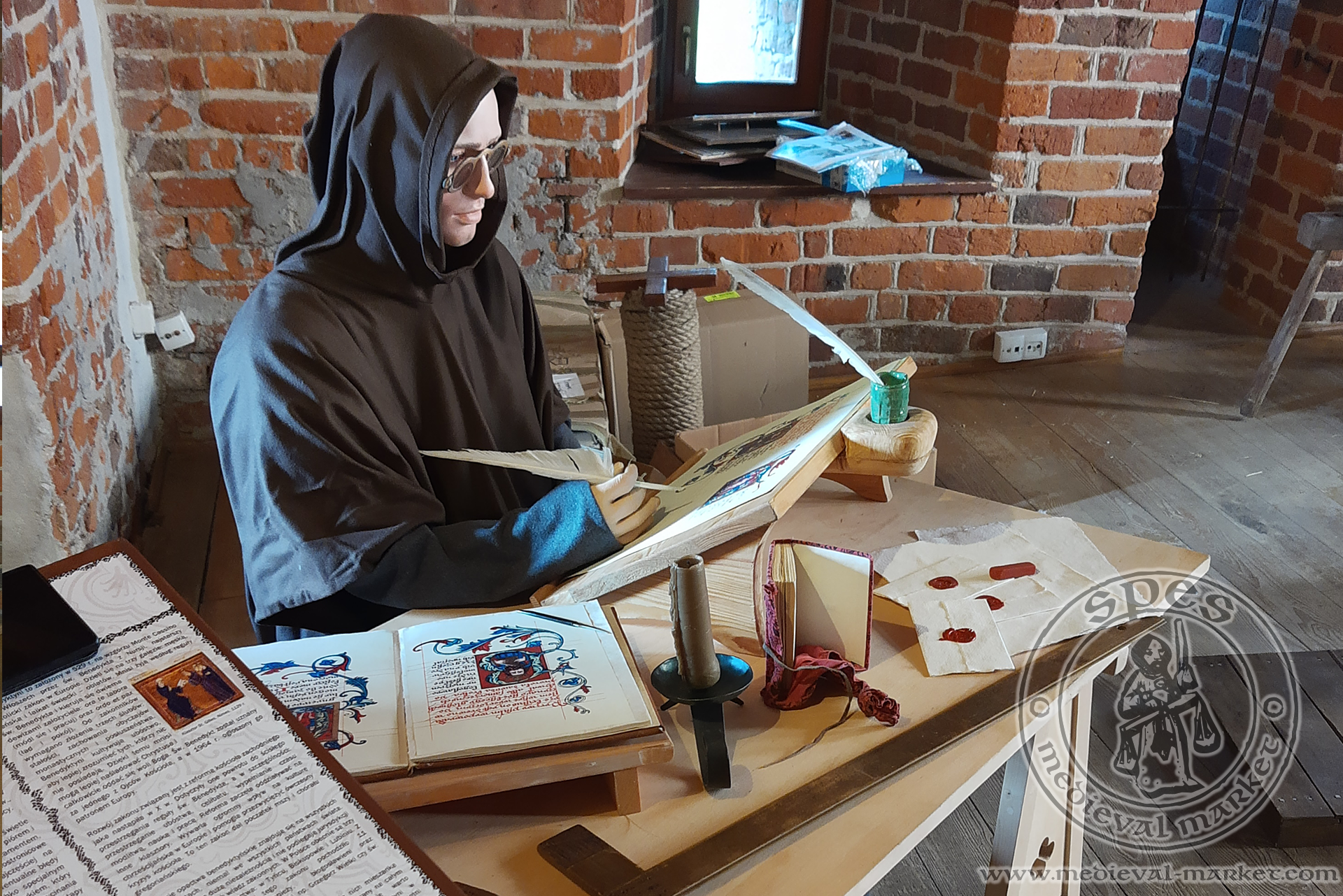
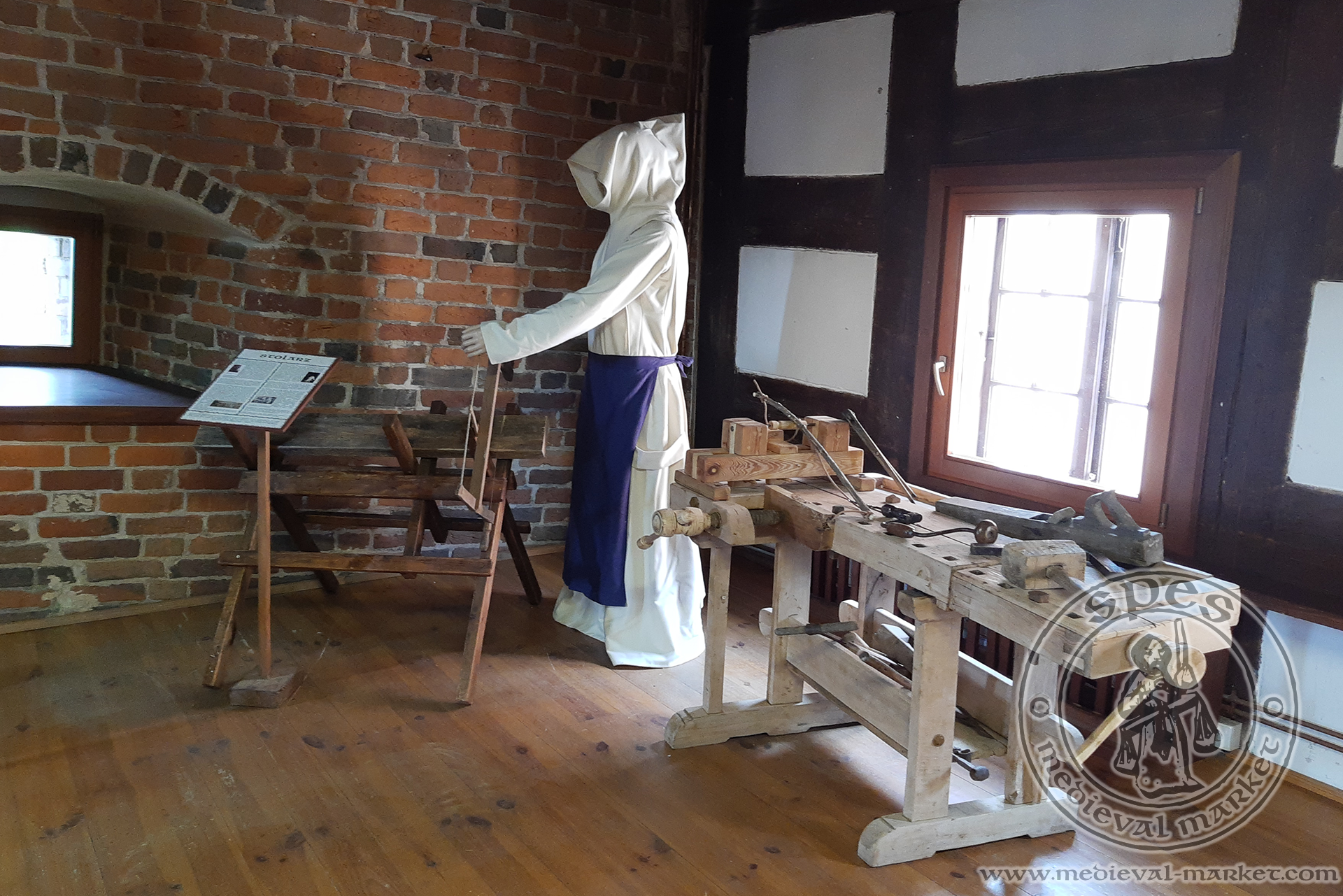
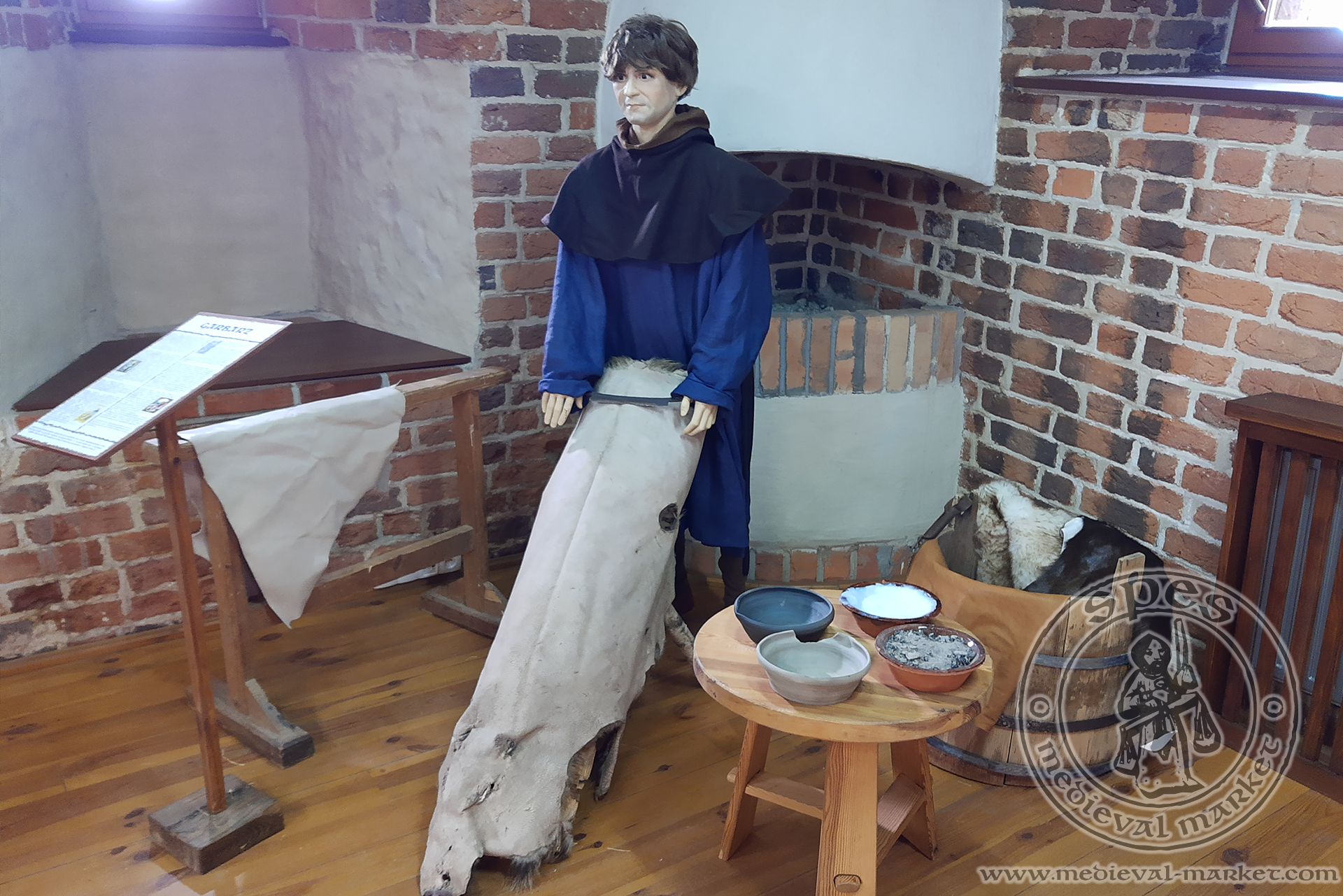



as well as many single components, like historical clothing with mannequins.
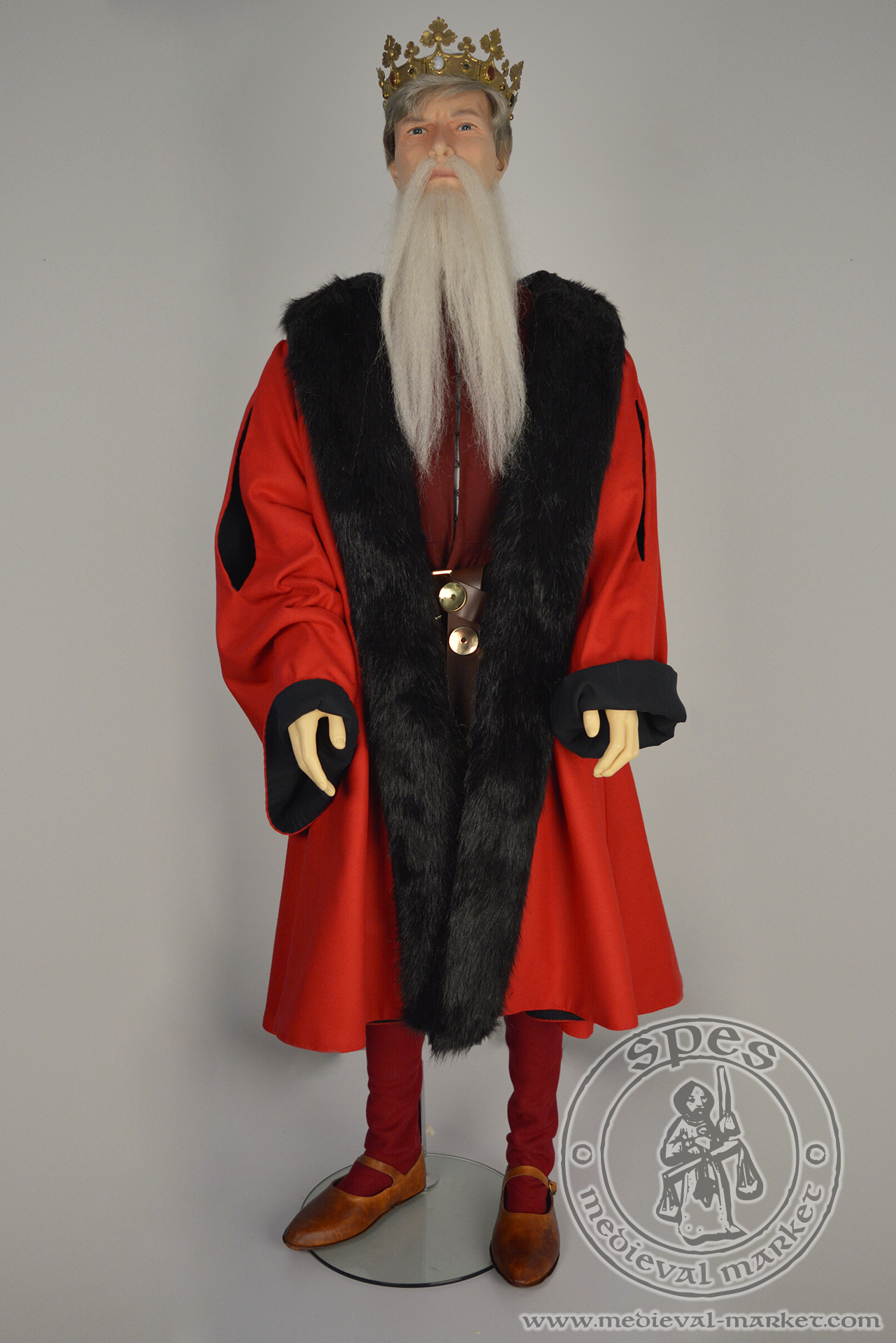
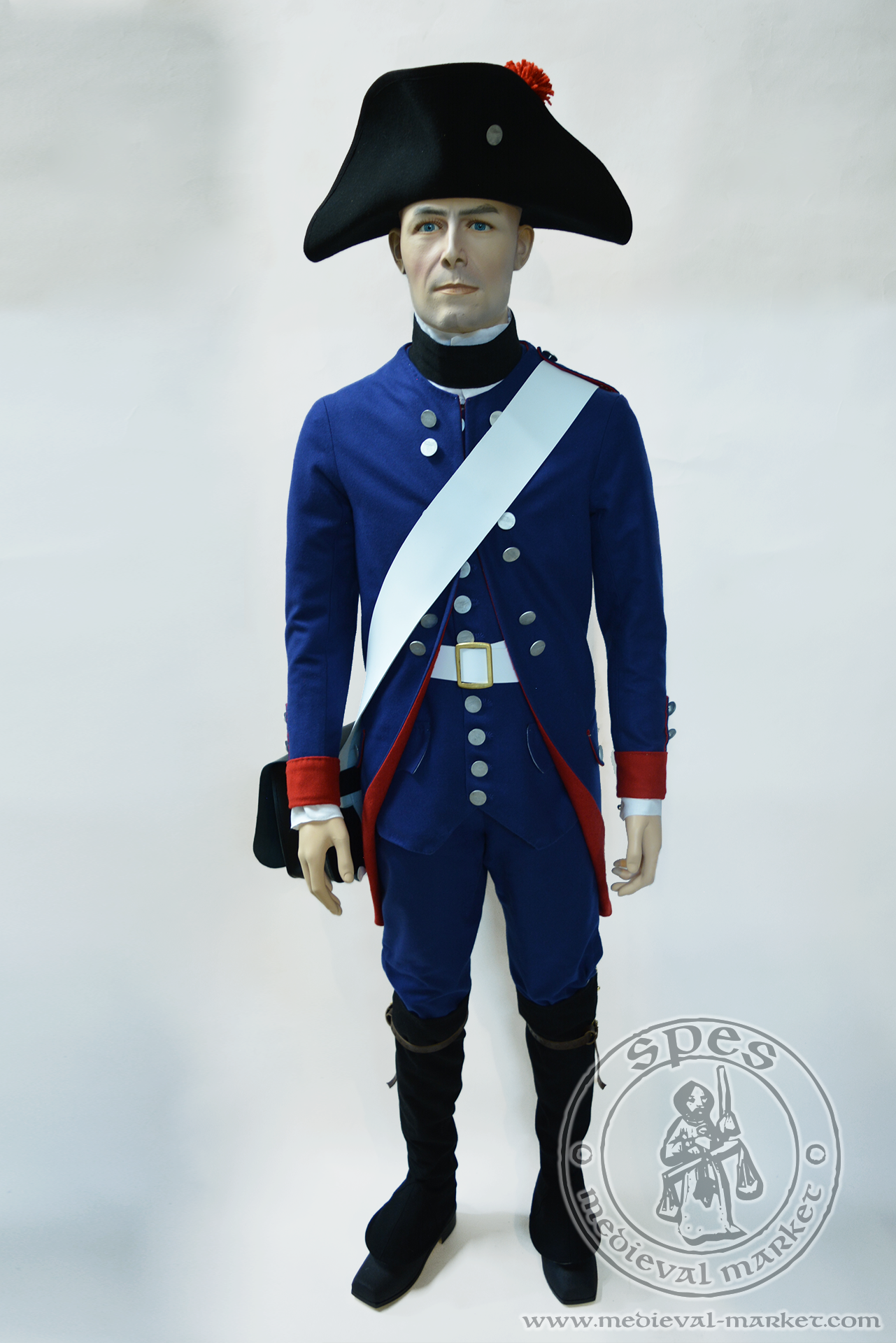

What is the main thing in preparing single components for an exhibition?
Naturally, the base for making an authentic character for historical exhibition in a mannequin of good quality! It has a huge influence on the final appraisal of your exhibition. Below we are comparing two mannequins: standard vs properly stylized.


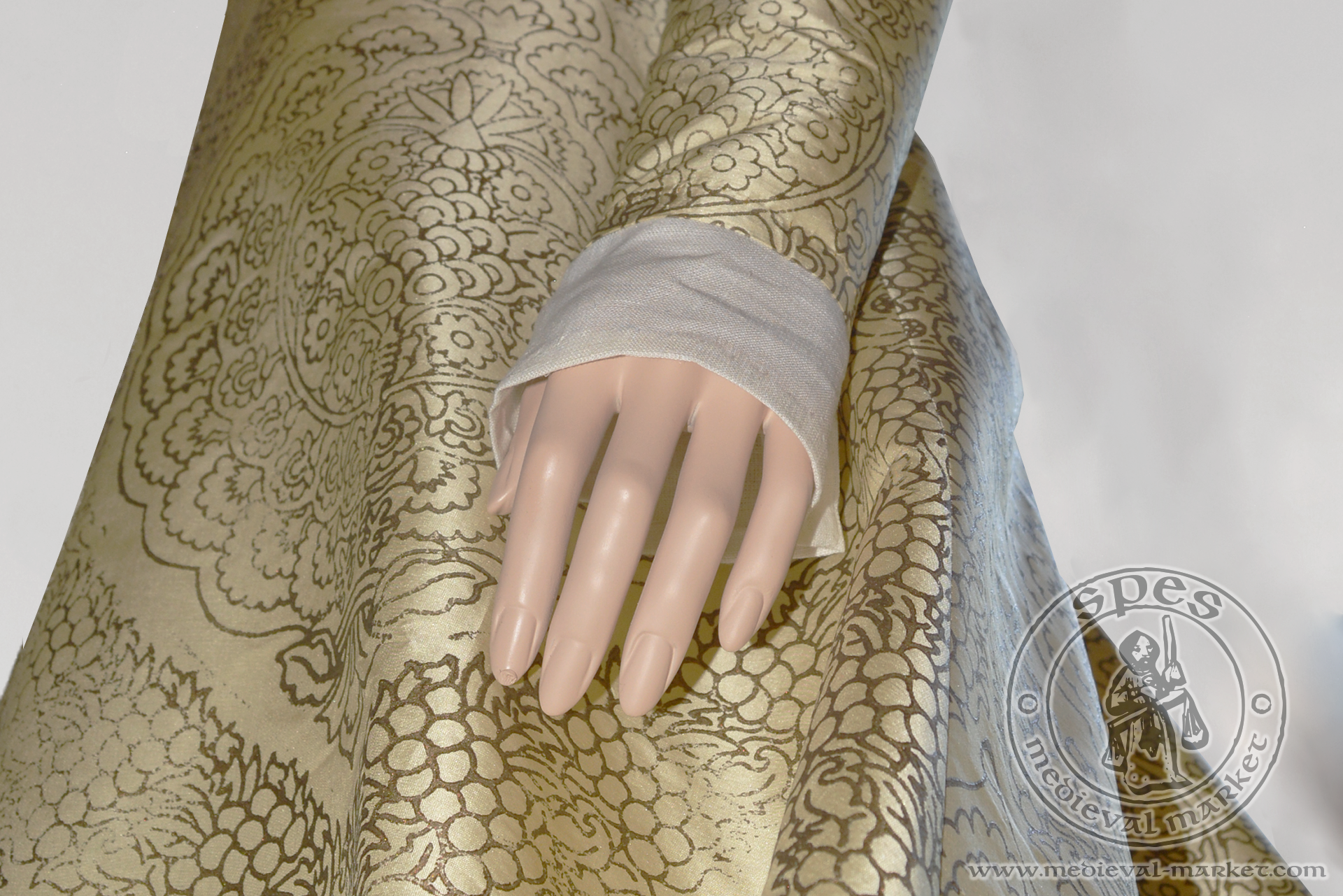
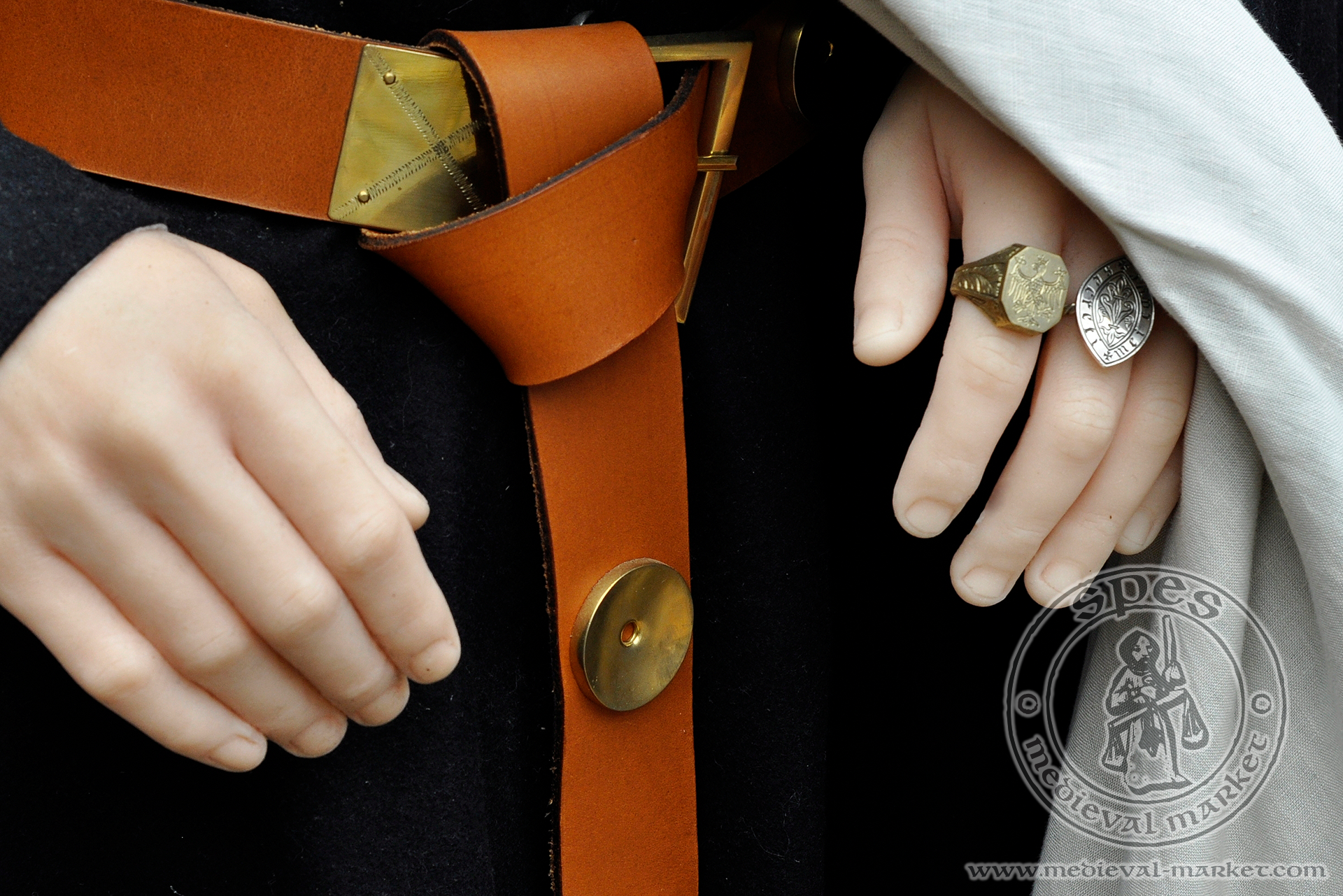
Between them you can notice a difference which you should keep in mind when making a museum exhibition. It's better to go for visible facial and skin details, and pliable body parts, because:
- such mannequin looks much better and it is more similar to a person;
- pliable body parts ease the process of dressing up, fitting a wig, and make it possible for a mannequin to hold something or take a natural pose;
- the absence of permanent hair elements ease the process of designing a character and provides more options of corrections according to age or gender of a character;
- wrinkles, scars and other elements make a mannequin more realistic and, as a result, make an impact on an exhibition and the experience of immersion, encouraging the viewers to enter the presented world.
Standard mannequins, known from shop expositions, are much cheaper, but they also lower the quality of a museum exhibition. Here is why:
- usually they have visible permanent makeup and neutral facial expressions, and do not resemble real persons;
- as hair elements are usually permanent, it's almost impossible to customize this aspect; even wigs easily fall off such head, even after using a glue which works poorly on smooth surface;
- body parts are often made from plastic of different plastic colors;
- low flexibility makes a mannequin hard in dressing up;
- unnatural pose, typical for clothing shops;
- often feminine look and body shape, difficult in making other characters (like overweight monk or muscular knight).
More on the criterion of choosing mannequins for exhibitions you will find in the next post.
Why is it worth choosing SPES Medieval Market for making an individual historical museum exhibition?
It's been several years since we started manufacturing, selling and renting replicas referring to the medieval period. We do our best to make our products as similar to originals as possible, but also functional and somehow adapted to modern times.
Our work is characterized by an individual approach to projects, with attention to detail. We are able to prepare historical exhibitions of various characters and in accordance with the highest standards.
Museums and other cultural institutions can expect comprehensive service, providing mannequins, exhibition stands and other elements necessary in professional museum exhibitions.
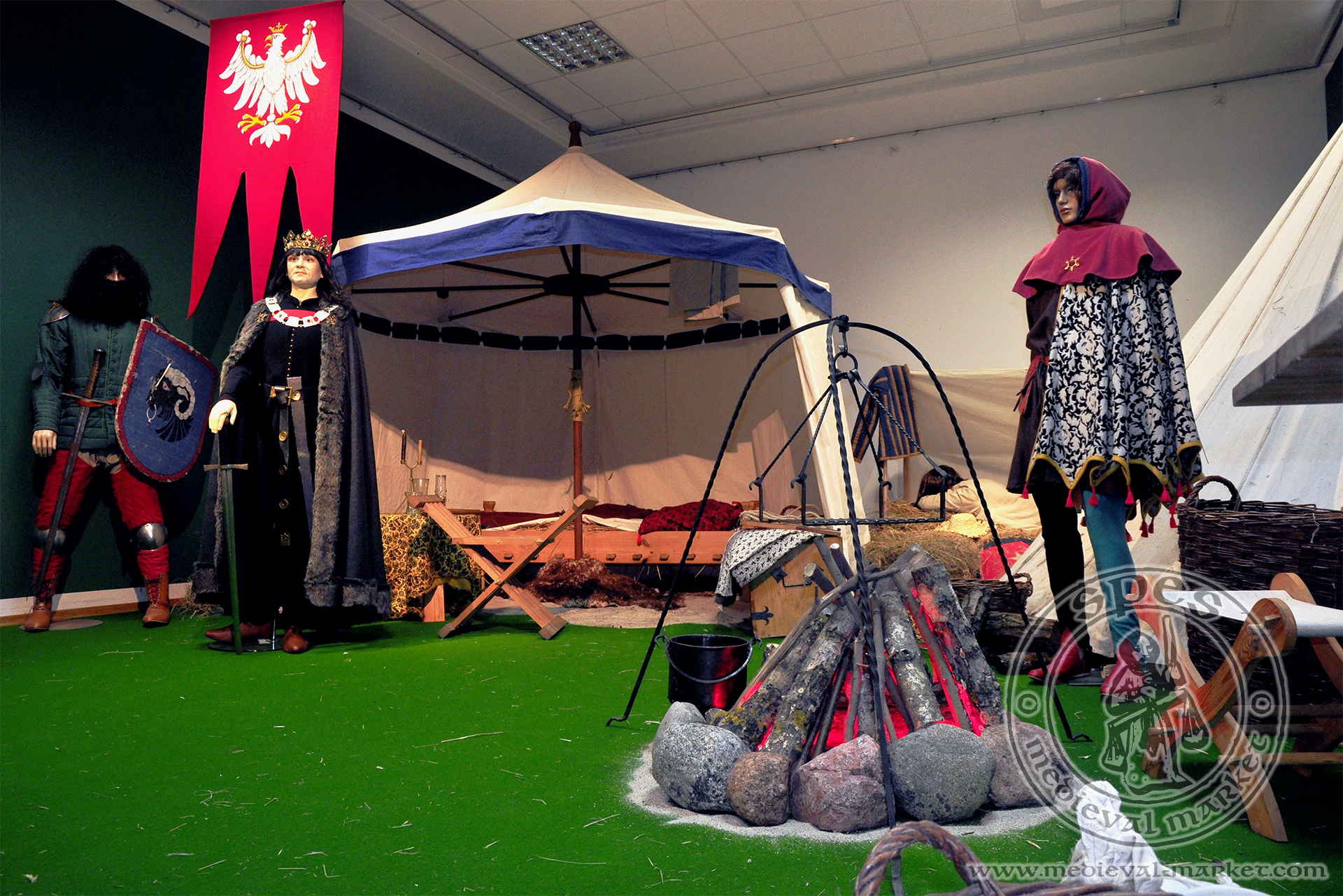

Handwork is always appreciated - why do we love handsewn clothing?
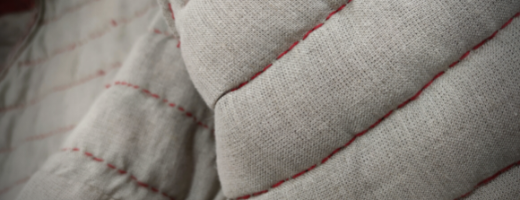

For a long time our medieval clothing has been available in three standards of sewing: by machine, mixed standard, and sewn by hand. In this post we'll take a closer look at the third option, which is handsewn medieval clothing. To visualize the features of this method, we'll base on our latest special project - a customized, handsewn 14th century pourpoint of Charles de Blois.

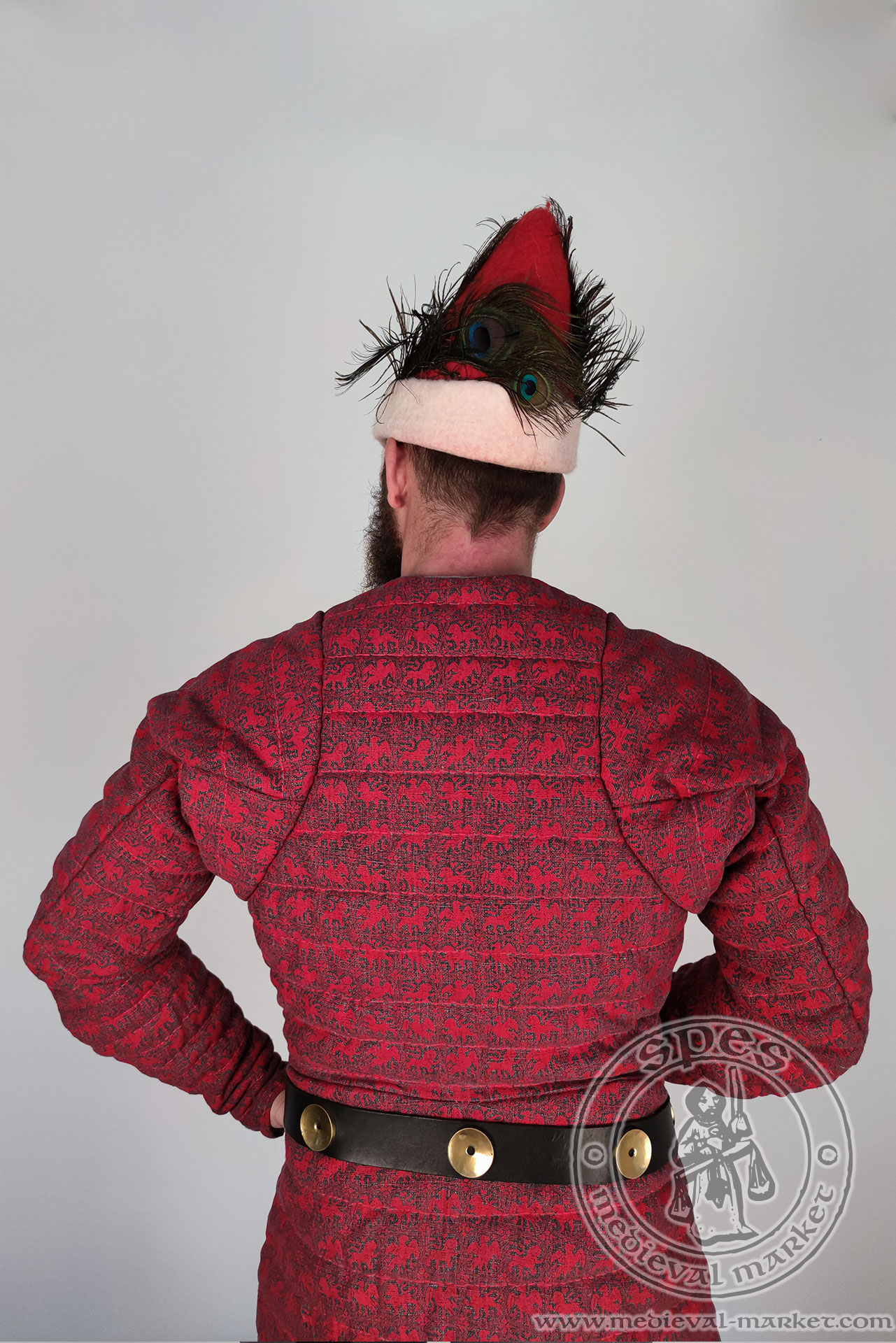
The process of hand sewing on the example of a medieval pourpoint
The first draft of the mentioned gambeson was based on the well-known pourpoint of Charles de Blois. The change concerned the method of sewing and increasing the number of layers of chest, with the use of natural linen with a red de Blois theme. The project also includes an additional overlap on the front, behind the buttons. We started our work with great enthusiasm.
A word about hand sewing
Handmade standard means garments which have visible marks of using only traditional tools and methods of sewing. In this project, all stitchings in de Blois gambeson are made by hand! Phew, that's a lot of work - and this means that all handmade medieval clothes are in some way like unique works of art.

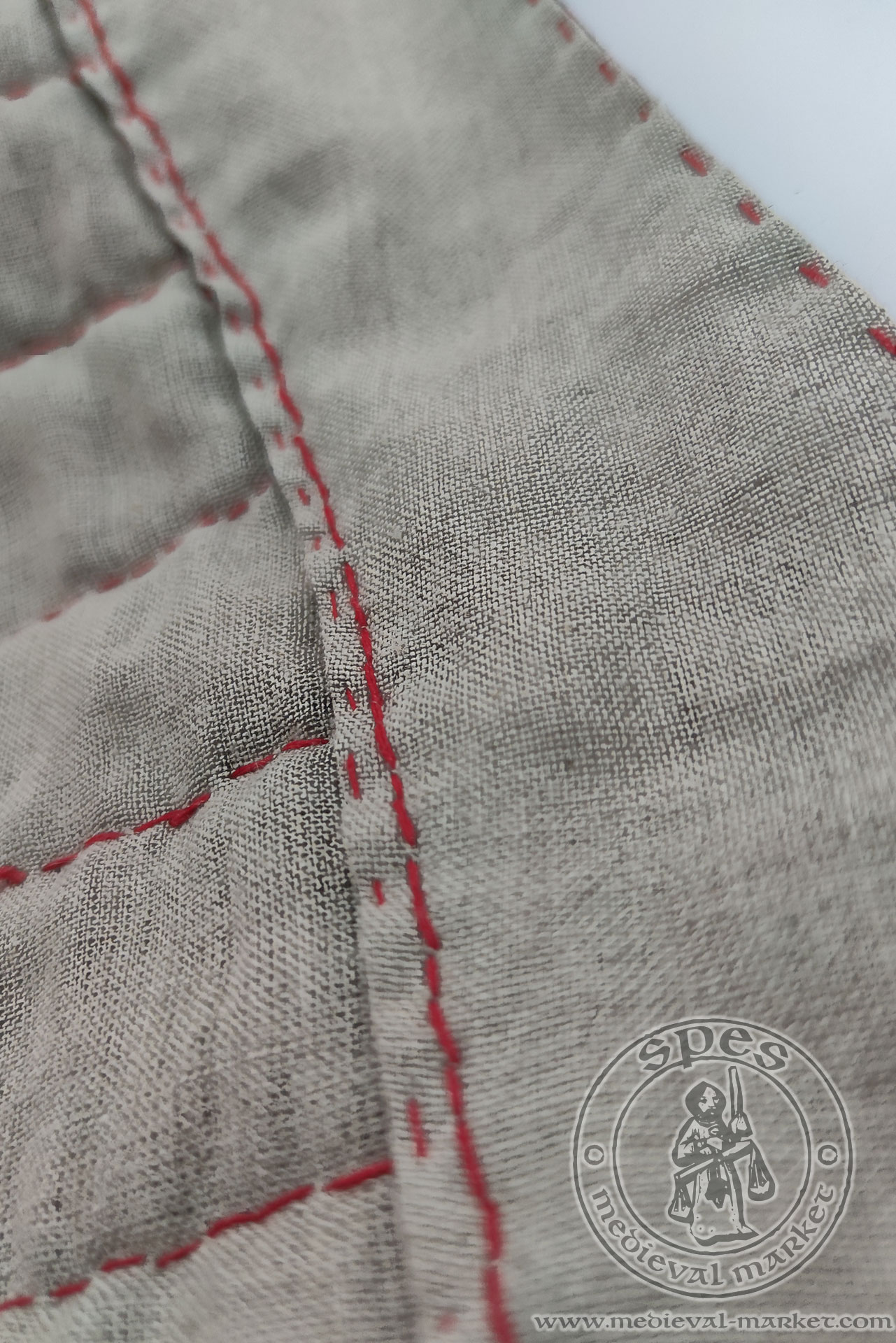
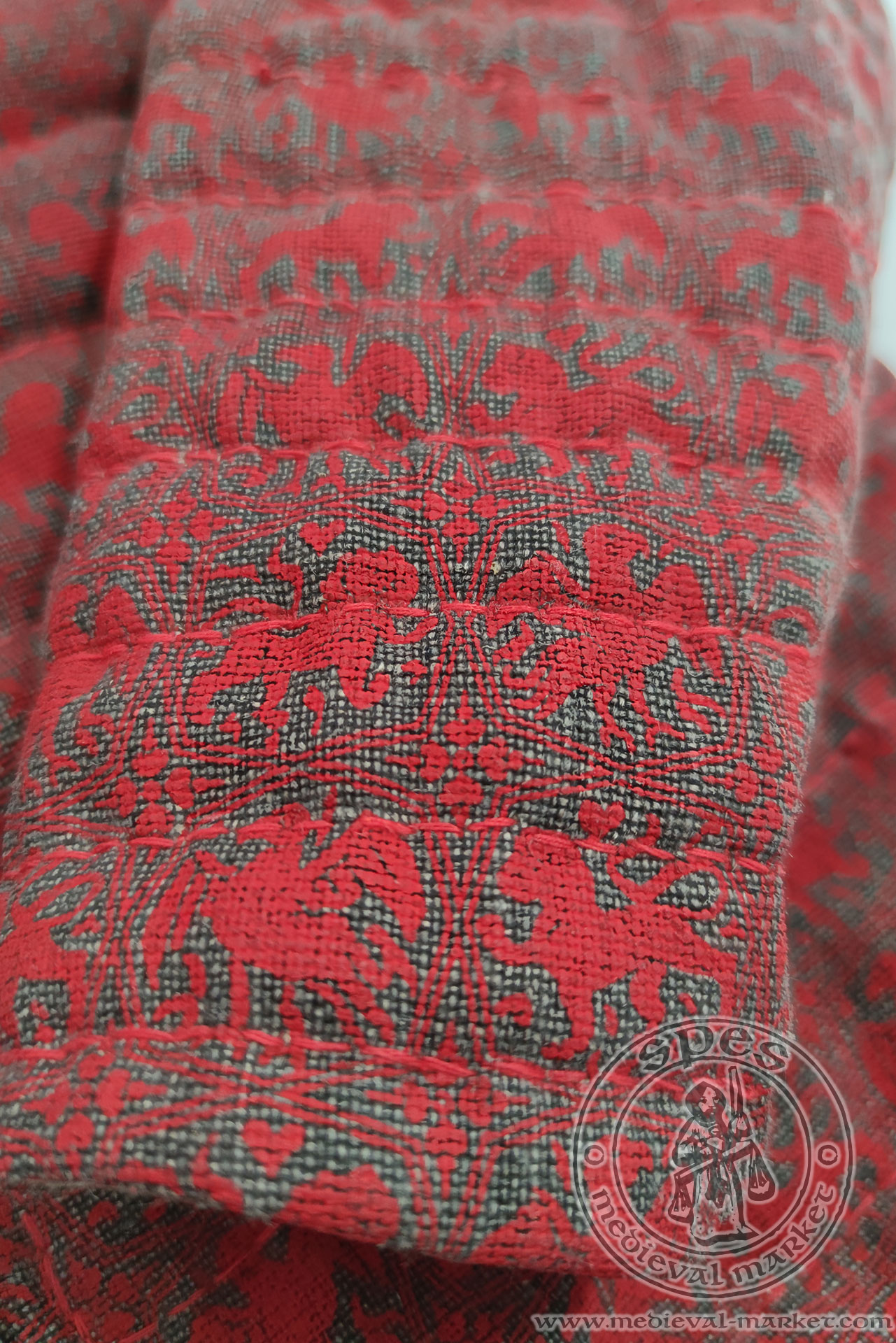
The most difficult part of this project was stitching the thickest layers. It's in the chest section where we used the Y7a type of quilting - but in a doubled version!

A few needles were broken, a few tin buttons stitched to the garment, and the project was finished in a record time. The final result was definitely worth the work. Let's hope the customer will like it as much as we do.
Coming back to de Blois pattern.
The pattern visible on the fabric is well-known by reenactors and LARPers. De Blois pattern was inspired by the characteristic gambeson worn by Charles de Blois. More on the gambeson and the 14th century prince you will find here!
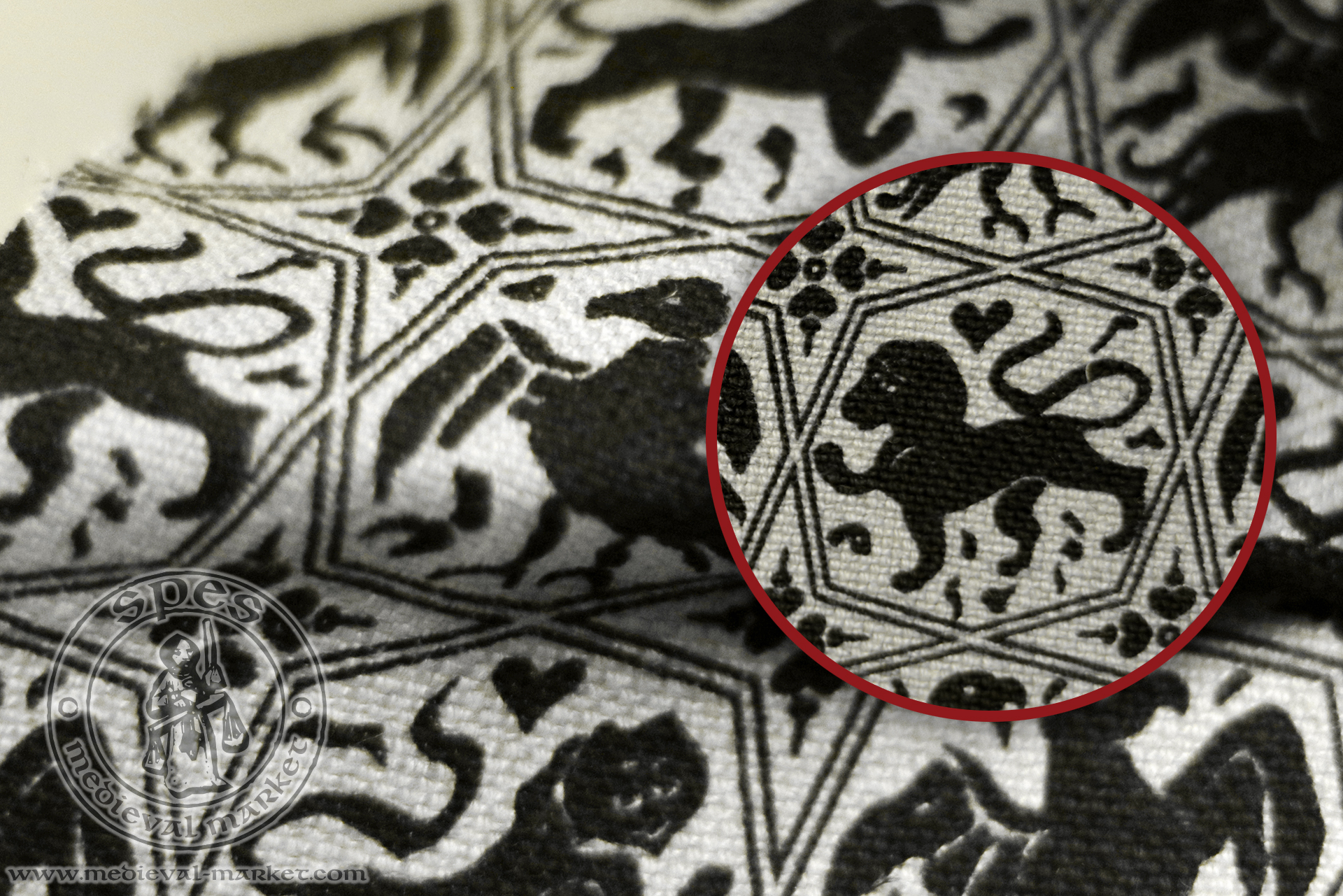





 Female Clothing
Female Clothing Male clothing
Male clothing Accessories
Accessories Furniture
Furniture Tents
Tents Armament
Armament HMB Line
HMB Line Miscellaneous
Miscellaneous Rent
Rent In stock
In stock Special Offers
Special Offers Search
Search Your Account
Your Account About us
About us Sizing
Sizing How to buy
How to buy
 Links
Links Events
Events
